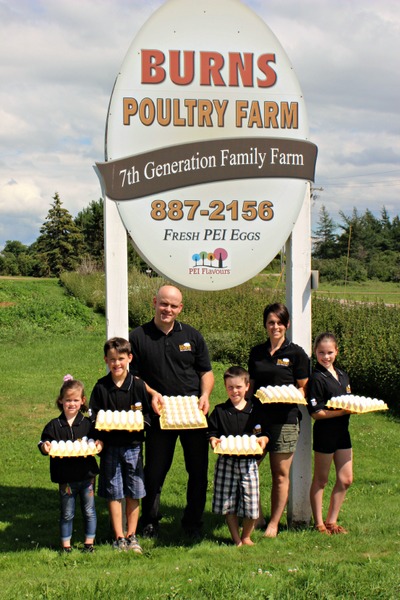
(Photo: Lynda MacSwain. Submitted by Wendy Burns with permission.)
I have a keen interest in where the food I eat is produced. Recently, I visited Burns Poultry Farm in Freetown, PEI, to find out about egg production. There are five active registered egg-producing poultry farms on PEI, one of which is the Burns farm.
Before seeing the egg grading process in action, I sat down with Wendy Burns to find out about their poultry farm. Wendy’s husband, Nathan, is a 7th generation egg farmer on PEI so the Burns family knows a thing or two about egg production! Wendy and Nathan bought the poultry farm from Nathan’s parents in 2001. Wendy remarks that, from the time he was very young, Nathan had a keen interest in poultry farming and knew what his future vocation was going to be! Wendy manages the office, the accounting, and payroll while Nathan tends to the feed formulations, egg production, and egg grading.
The couple met while attending Nova Scotia Agricultural College, from which they both graduated – Nathan from the Agricultural Engineering Program and Wendy with a Bachelor of Science in Agriculture. In addition to being parents to four active growing children, this couple has transformed their egg farm into a very efficient family business. They have expanded existing barns; built a new barn for the laying hens; added a bigger generator with an automatic switch that kicks in if the farm is without power for 5 seconds; expanded their cooler capacity; invested in a new egg packer that packs eggs each day from their laying barns; upgraded their water systems to provide ozonated water for the hens which aids in their digestion; purchased a Pulsefog machine to disinfect the barns faster and more efficiently; and installed a state-of-the-art grading machine into their newly-renovated, federally-inspected egg grading station.

The Burns family holds quota for about 32,000 laying hens and they have three equally-sized barns that house the flock. With over 90% of the hens laying one egg per day, it is a lot of eggs to gather. Every time an egg is handled or moved, it increases the potential for damage or cracks. Wendy explains that, with their efficient collection system, it is possible for a hen to lay an egg and the egg not be touched by a human hand until the consumer takes it out of the carton or the restaurant chef cracks the egg on the grill. This is because the Burns’ have an “in-line” system that transfers the eggs from the barns via a conveyer belt to the grading station.
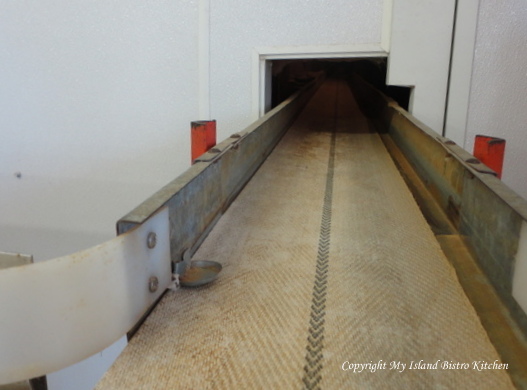
The system the Burns have installed is all computerized so it allows the eggs to come from the barns, be counted, washed, candled, graded, packed, and in their cooler in approximately 15 minutes. Now, that’s what I call farm-fresh eggs!
I wasn’t able to go inside the barns where the hens are housed so I did not see any of the laying hens. This is because of their on-farm food safety program and biosecurity protocol. Wendy says “the goal is to maintain a consistent, undisturbed environment for the birds because deviations from their normal habitat could affect their well-being and, consequently, egg production”. On a daily basis, only Nathan and two workers are permitted inside the barns. A walk-through of each barn is done twice per day and each row of hens is checked to ensure the birds have enough water and feed and that their environment is comfortable. Nathan also checks the barns each evening after all the feedings are finished to ensure all is well before lights out. Wendy explains that the only other person permitted to enter the barns is the inspector from the Egg Farmers of Canada. “The inspector makes several site visits each year where the birds are counted and swabs are taken for testing to ensure there are no diseases present”, explains Wendy. The inspector also audits their Start-Clean/Stay-Clean records to ensure all protocols follow the guidelines of their On Farm Food Safety Program.
Wendy was able to tell me about their flock. At the time of my visit, the hens were all one breed – Lohmanns. They all lay white eggs but Wendy says that the farm placed some brown egg layers in the grow barn last cycle and those hens will begin to lay brown eggs in September. The highest expense in the operation is the feed. The Burns monitor feed consumption to ensure the hens are getting adequate nutrition. The hens need different levels of nutrients, such as calcium and protein, at different ages. This ensures bird health is maintained and the hens produce the best quality of eggs possible.
It takes 18-19 weeks for a chick to become a laying hen. The chicks arrive in batches of about 12,000, two or three times a year. Wendy says that it is always an exciting day on the farm, as you can imagine, with four young children seeing 12,000 baby chicks arriving all at once! The Burns have three production barns that house the hens, each containing a flock of hens of a certain age – i.e., 20 weeks apart in age. This means their farm can ensure a steady supply of high-quality fresh eggs for customers year round.
I asked Wendy what determines the different sizes of eggs. She tells me that it is the weight of the egg that will determine if it is a small, medium, large, or extra large egg. Younger hens typically lay smaller eggs and the average egg size increases as the hens age. Generally, medium, large, and extra large eggs are packed for the fresh shell egg market while the other sizes are sent off for industrial use – for example, dried for cake mixes, frozen, liquid whole egg, or whites only. No eggs, regardless of size, are wasted.
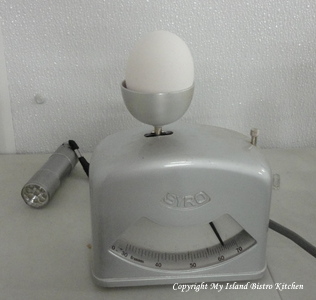
Eggs are a supply-managed commodity. The egg industry is heavily regulated and the Burns must comply with the regulations of the Egg Farmers of Canada and the Canadian Food Inspection Agency, in terms of housing the hens, cage density, sanitation programs, welfare of the birds, and pest control. There is a lot of record-keeping involved in the operation of an egg farm and egg-grading station. All food safety-based programs are in place to ensure the safest possible supply of eggs for consumers.
Wendy tells me that the “Best Before” date of graded eggs is six (6) weeks from the date they are graded. She also explains that washing the eggs, which is an obvious necessity, reduces the shelf life of eggs as it removes the natural sealant that the hens leave on the eggs when they are laid.
I asked Wendy what their biggest challenge is as egg farmers. She says she has concerns over the possibility that, at some point, supply management of the egg industry could be disbanded. This is the Canadian system that regulates quota and, consequently, egg production. If that was to happen, anybody could build a barn and start large-scale egg production, with no food safety procedures, no testing protocol, or no rules. As Wendy explains, “currently, registered egg producers pay levies that pay for their food safety protocols, testing, and ensure there is no surplus of eggs on the market which could impact negatively on their chance of a fair return for their investments and hard work.” As Wendy says, “being a regulated producer is a big investment but it provides stability without relying on government dollars as it is producer-funded”.
As for their greatest source of satisfaction as egg farmers, Wendy says she and Nathan work well together and the couple enjoy being their own boss. They like the challenge that comes with no two days being the same on the farm. Wendy tells me she really enjoys the lifestyle of living and working on the farm as it allows her to be home with her children before they catch the school bus and greet them when they return home in the afternoon.
The day I visited the Burns farm, they were busy with their egg grading which takes place once a week. By the end of the day, they would have graded approximately 55,000 eggs for market!
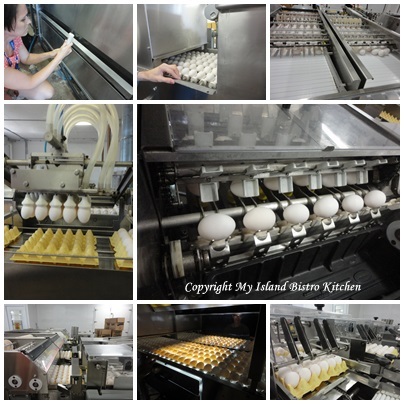
The number of eggs graded is determined by what the farm can sell as graded product. On days when no grading is taking place, the eggs are packed on to plastic trays by a farm packer machine, loaded on to pallets, and refrigerated. Eggs that are surplus to fresh markets are sold as industrial product.
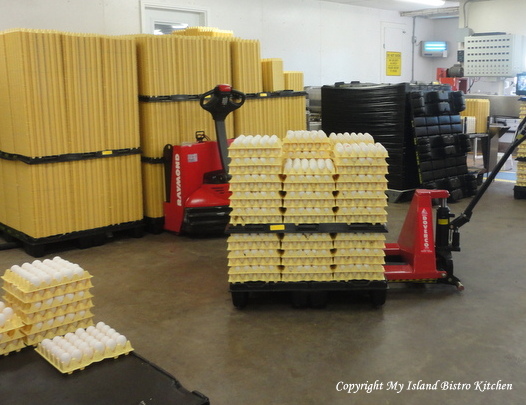
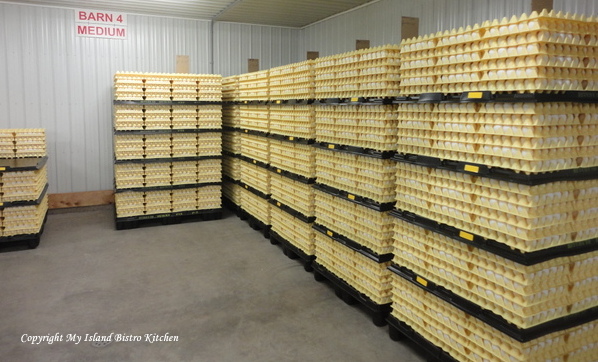
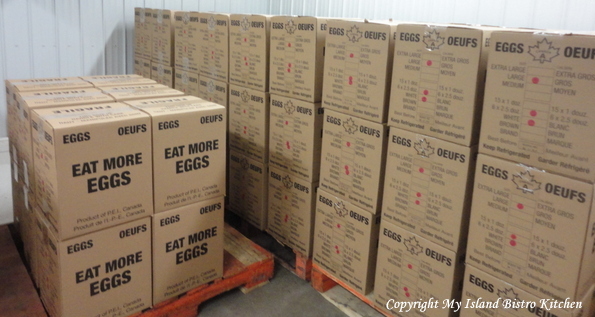
The farm employs three individuals full-time on a year-round basis and six individuals on a part-time basis.
So, some interesting egg trivia I learned:
– egg shells are made up mostly of calcium – the better the quality of egg shell, the less likelihood there will be of cracked eggs.
– the color of the egg shell (white or brown) is determined by the genetics of the hen, not by diet.
– the color of the egg yolk is determined by what grains the hens are fed (yes, there really is a difference in the color of egg yolks — paler yolks result when paler grains are fed, such as barley or wheat, and a richer yolk color results when corn is in the feed)
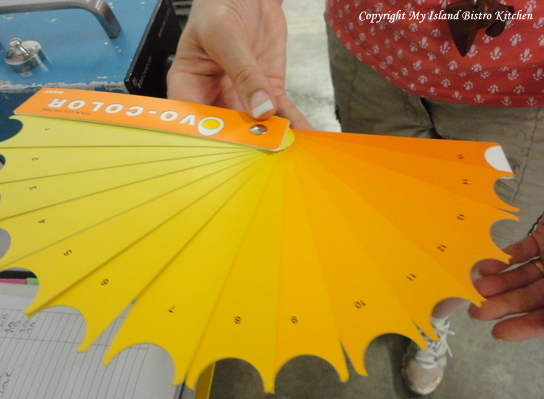
– according to the Egg Farmers of PEI Website, Island egg farmers produced 3,304,300 dozen eggs in 2012 and about 50% of those were consumed by Islanders! That’s a lot of eggs!
Nathan and Wendy are marketing their eggs through ADL Foods. The public may purchase the eggs on-site at the ADL Foods Retail Outlet in Reads Corner on Highway 1A in Summerside. ADL Foods also sells Burns Poultry Farm’s eggs by the box to many Island restaurants so, chances are, if you have eaten an egg at an Island restaurant that gets its eggs from ADL Foods, you may have eaten an egg produced by this 7th generation PEI family farm.
I used Burns’ eggs in the following recipe for Baked Eggs with Basil Pesto and Cheese.
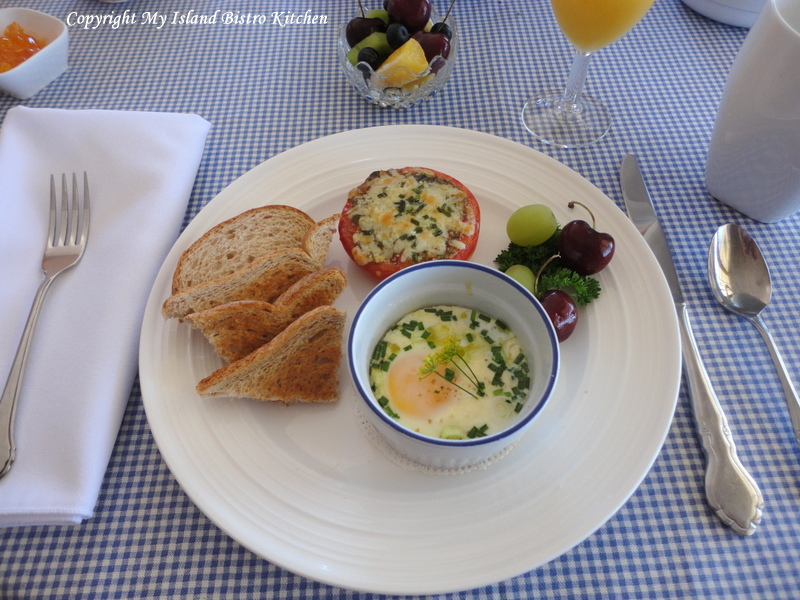
Baked Eggs with Basil Pesto and Cheese
Ingredients:
2 large eggs
3 tsp basil pesto
4 tsp grated Parmesan cheese
2 tbsp milk or cream
1 green onion, sliced
Fresh chives, chopped
Salt and pepper, to taste
2-3 tsp Boursin Garlic and Fine Herbs cheese, or your favorite feta cheese
Method:
Assemble ingredients.
Preheat oven to 325C.
Spray two ramekins dishes with cooking spray. Place 1 ½ tsp pesto in bottom of each dish and swirl it around so bottom of ramekin are covered with pesto. Sprinkle 1 – 2 tsp parmesan cheese on top of pesto. Crack one egg into each ramekin without breaking the yolk. Add 1 tbsp milk or cream to each dish. Sprinkle each with sliced green onions and fresh chives. Add salt and pepper to taste. Top with 1 to 1 ½ tsp soft cheese.
Place ramekins in oven-proof baking pan. Fill up pan with boiling water until it reaches the half-way point on the sides of the ramekins.
Bake eggs for 10-20 minutes, depending on whether you like eggs runny, medium, or well done.
Serves: 2
This egg dish is perfect for a special weekend morning breakfast or brunch or even for a light supper.
My thanks to Nathan and Wendy Burns for taking time out of a busy day to meet with me and explain the egg production process at their farm.
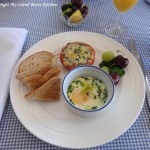
Baked Eggs with Basil Pesto and Cheese
Ingredients
- 2 large eggs
- 3 tsp basil pesto
- 4 tsp grated Parmesan cheese
- 2 tbsp milk or cream
- 1 green onion, sliced
- Fresh chives, chopped
- Salt and pepper, to taste
- 2-3 tsp Boursin Garlic and Fine Herbs cheese, or your favorite feta cheese
Instructions
- Assemble ingredients.
- Preheat oven to 325C.
- Spray two ramekins dishes with cooking spray. Place 1½ tsp pesto in bottom of each dish and swirl it around so bottom of ramekin are covered with pesto. Sprinkle 2 tsp parmesan cheese on top of pesto in each ramekin. Crack one egg into each ramekin without breaking the yolk. Add 1 tbsp milk or cream to each dish. Sprinkle each with sliced green onions and fresh chives. Add salt and pepper to taste. Top with 1 to 1½ tsp soft cheese.
- Place ramekins in oven-proof baking pan. Fill up pan with boiling water until it reaches the half-way point on the sides of the ramekins.
- Bake eggs for 10-20 minutes, depending on whether you like eggs runny, medium, or well done.
Recipe Notes
Serves: 2
Thank you for visiting “the Bistro” today. There are lots of ways to connect with “the Bistro” through social media:
Join My Island Bistro Kitchen on Facebook
Follow the Bistro’s tweets on twitter @PEIBistro
Find the Bistro on Pinterest at “Island Bistro Kitchen”
Follow along on Instagram at “peibistro”

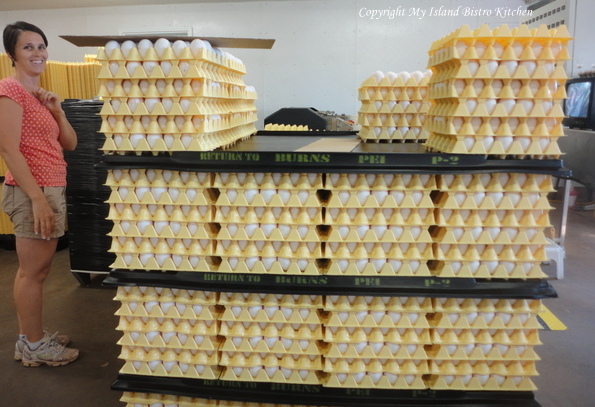
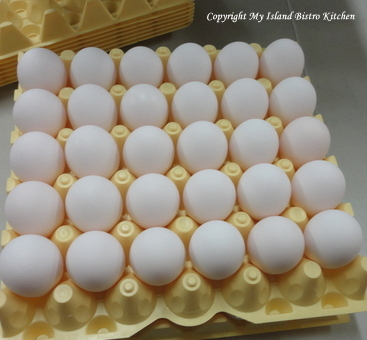
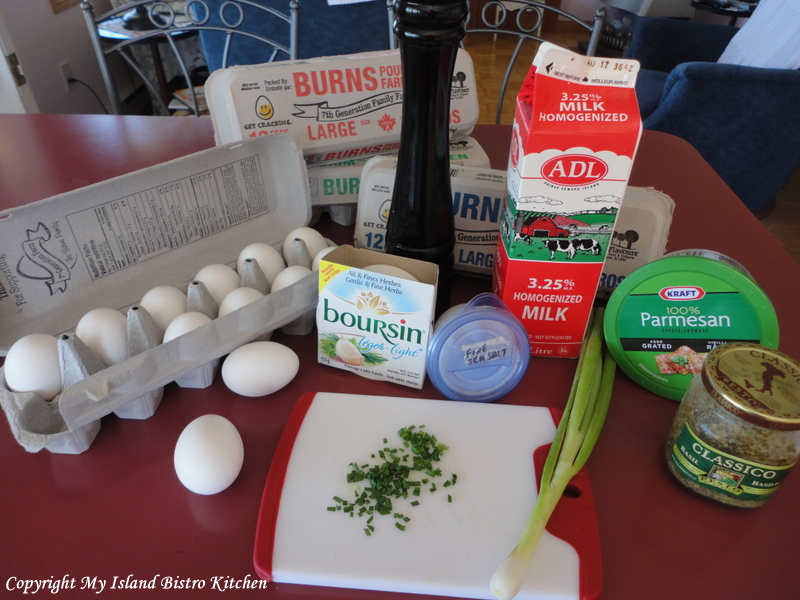
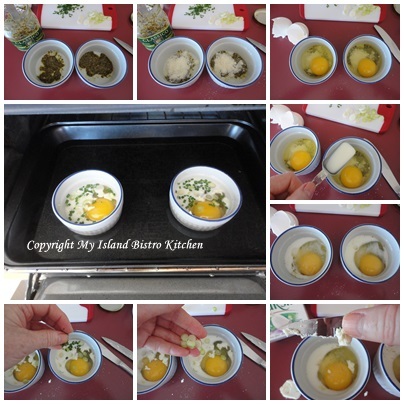
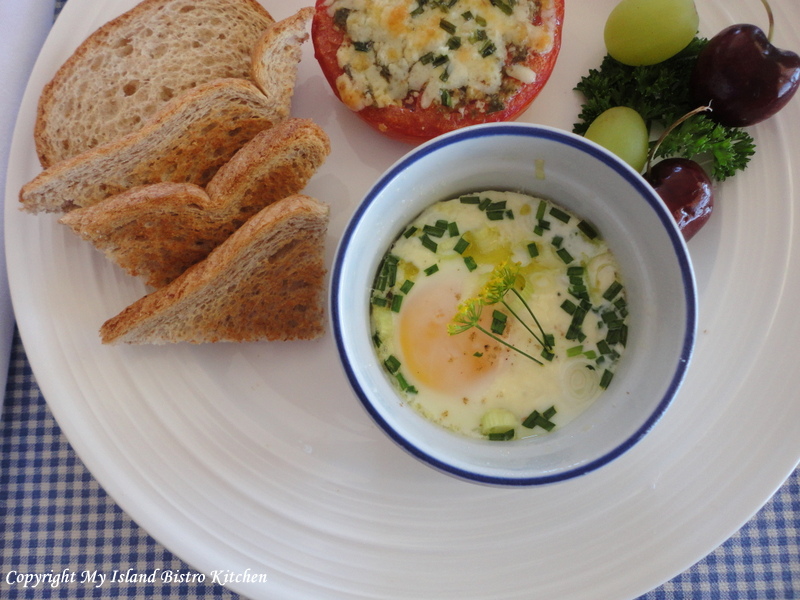

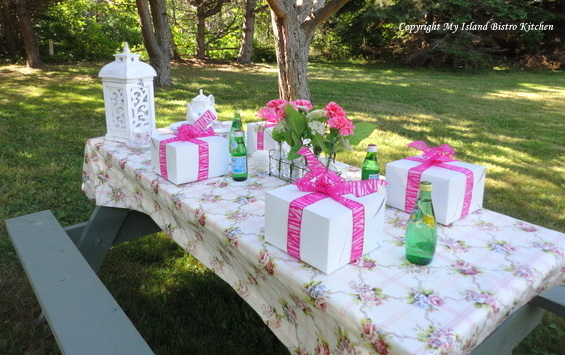
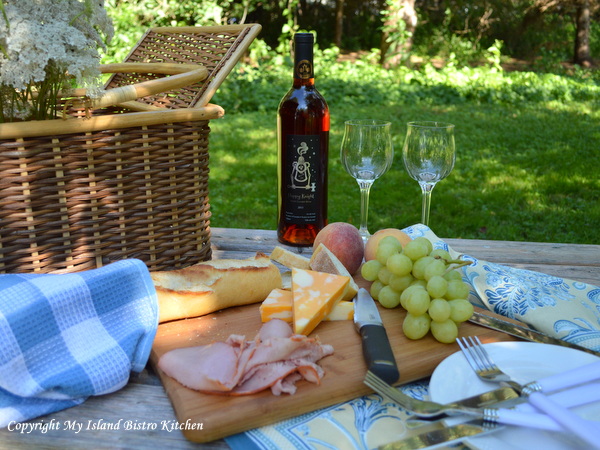
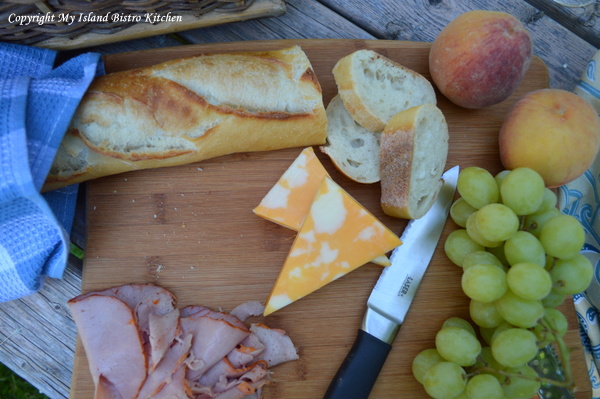
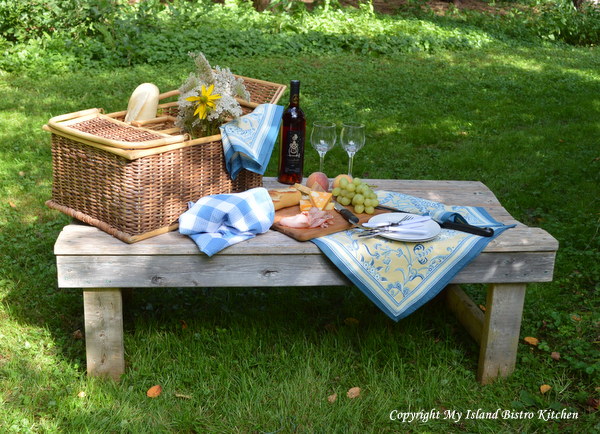
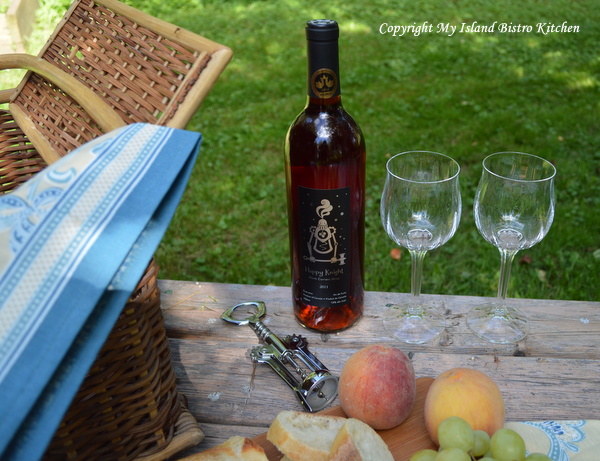

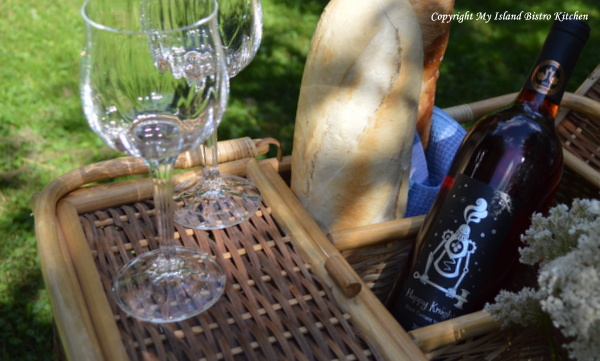
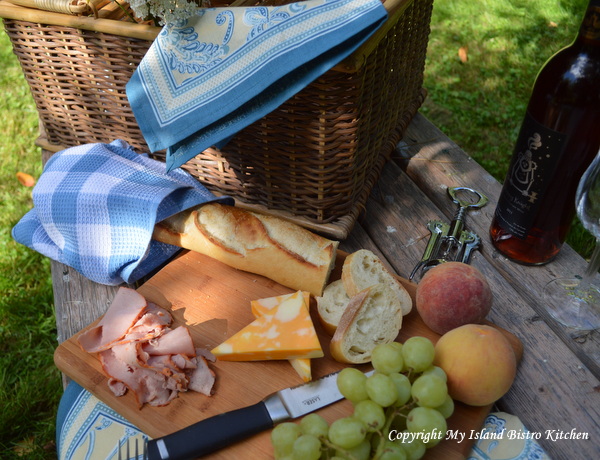
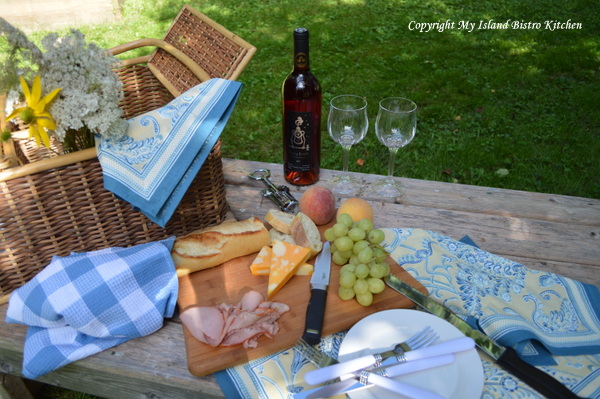

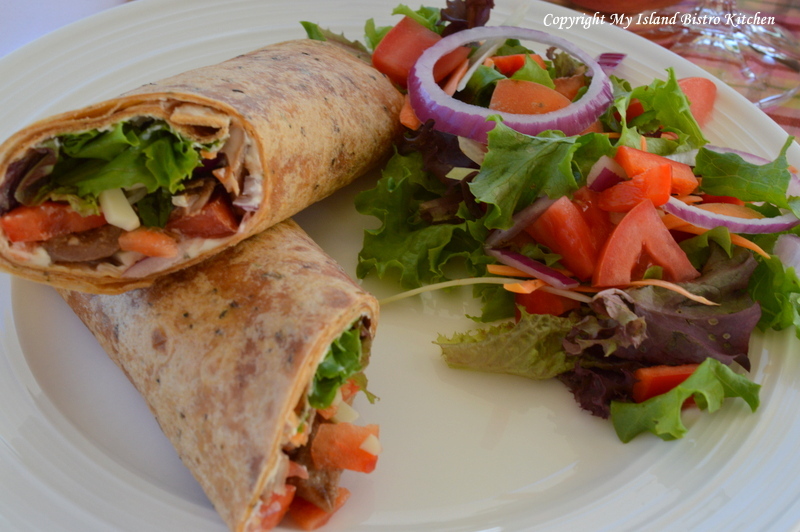
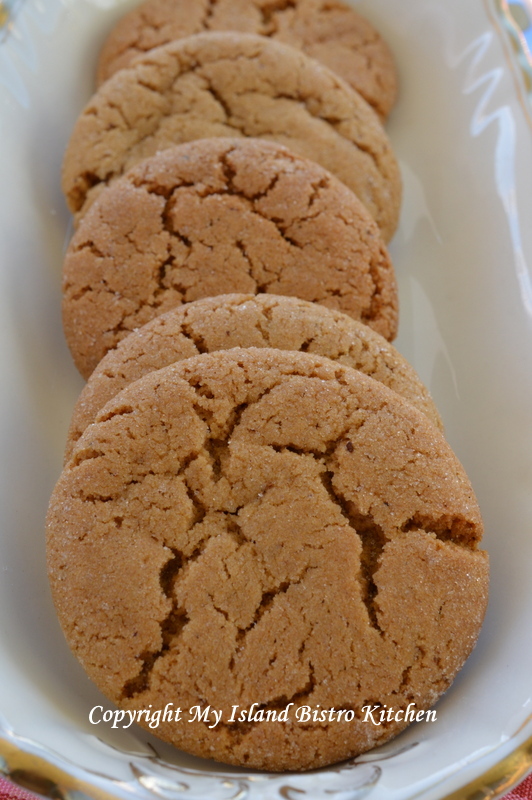
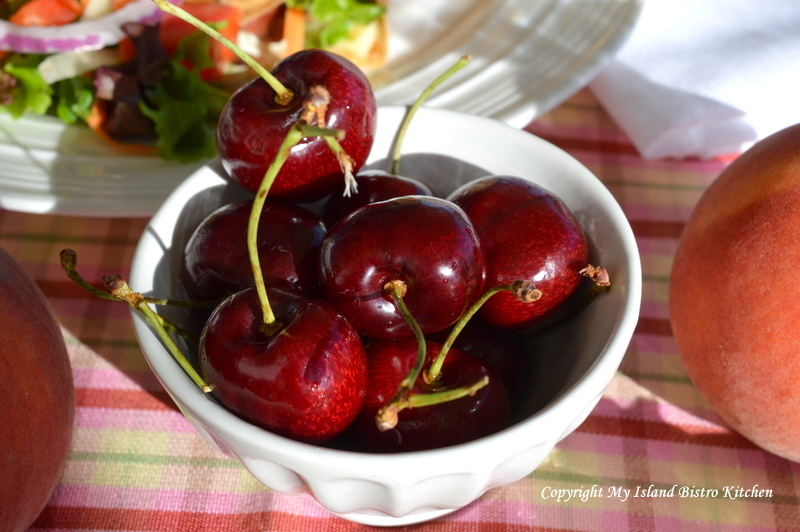
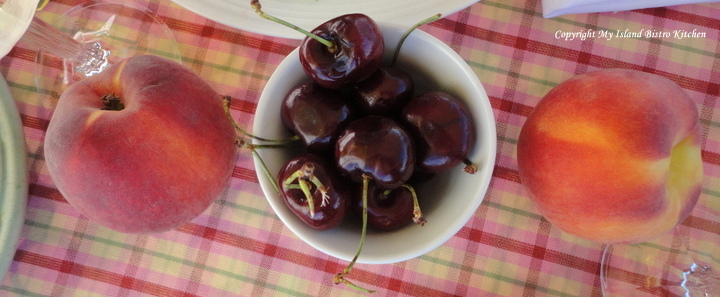


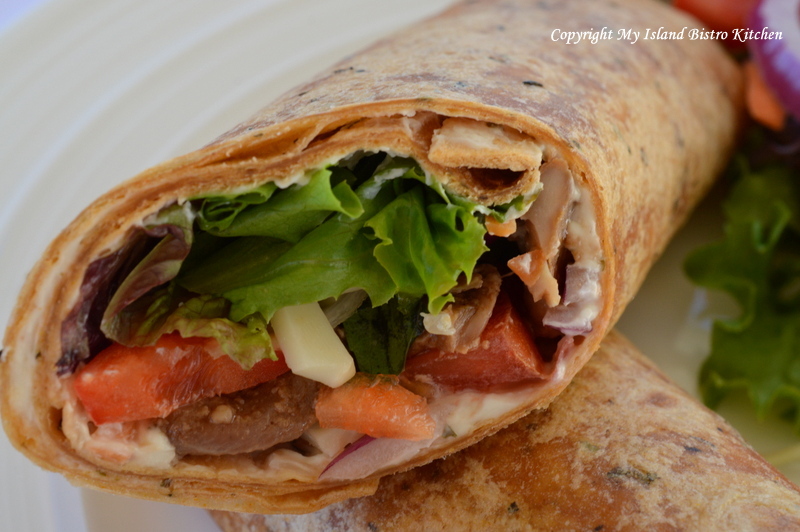


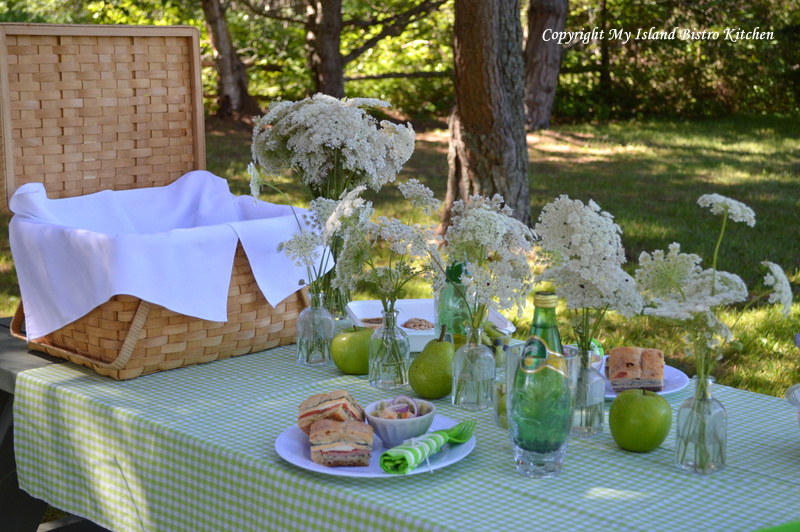





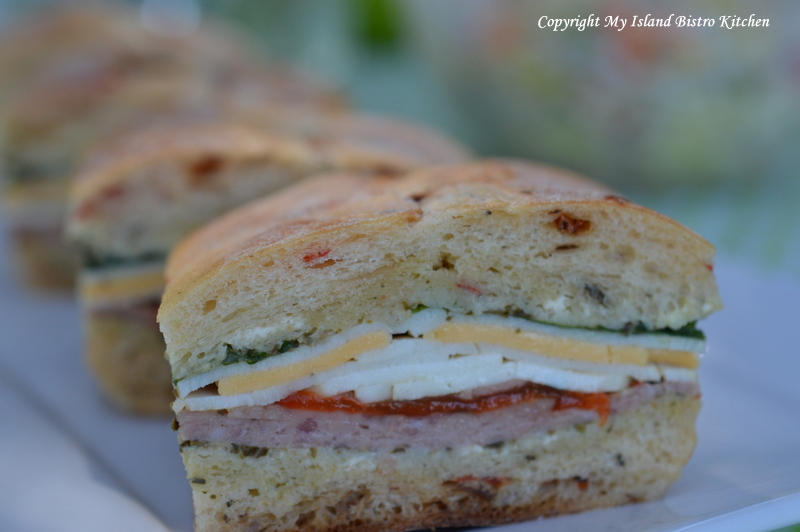















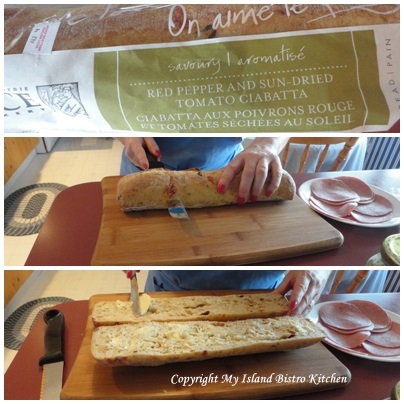
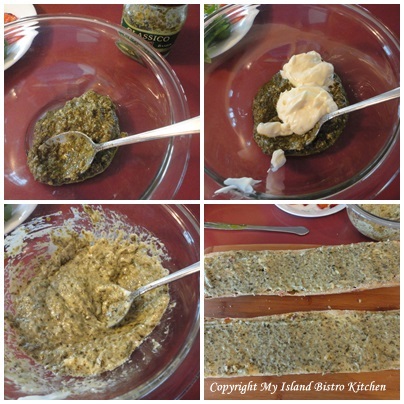
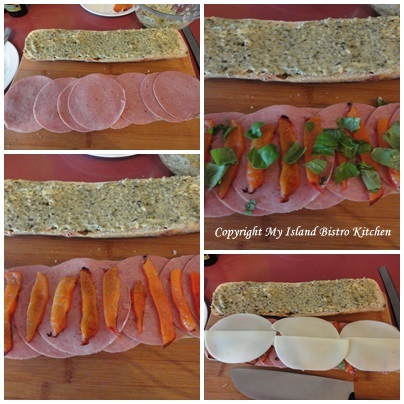
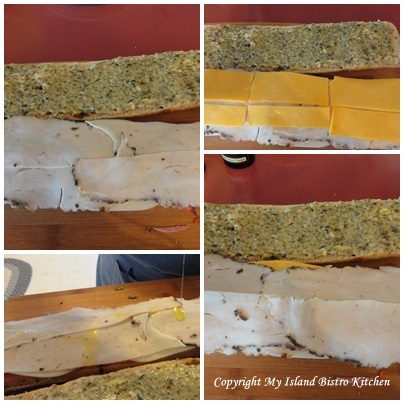
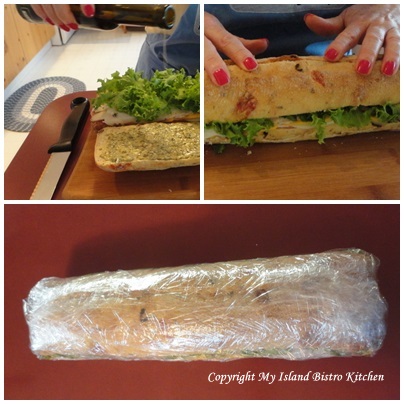
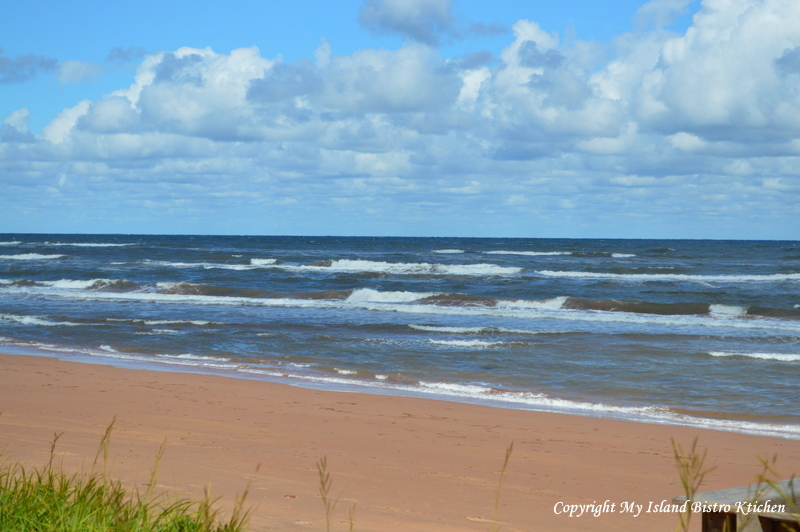
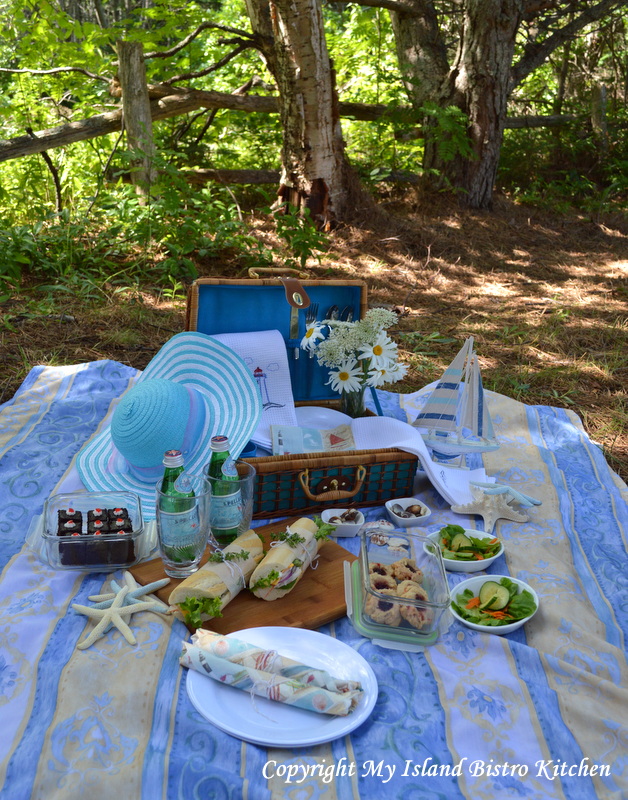
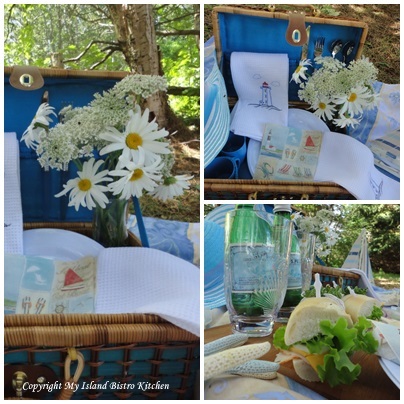
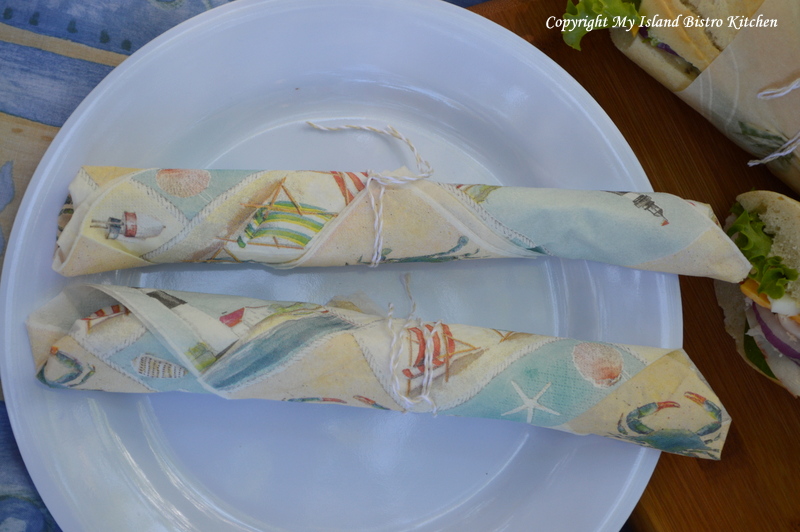
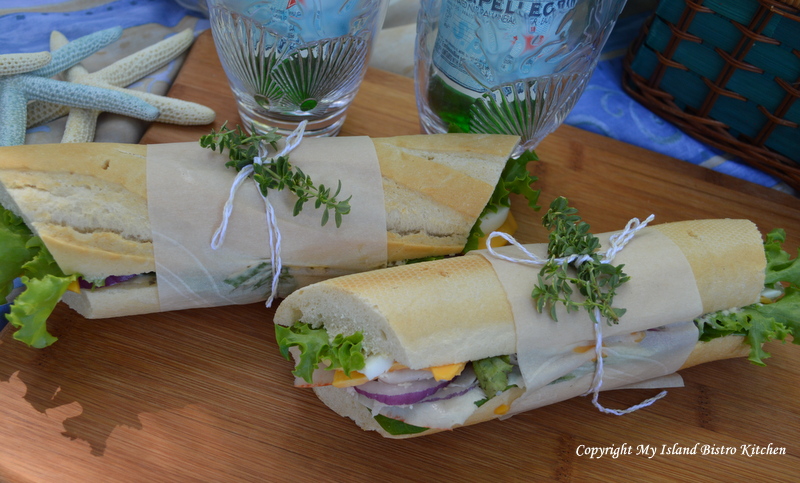
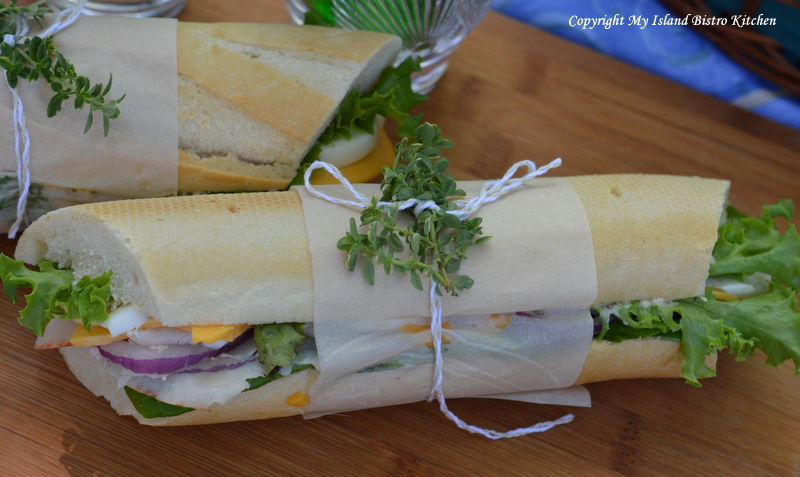
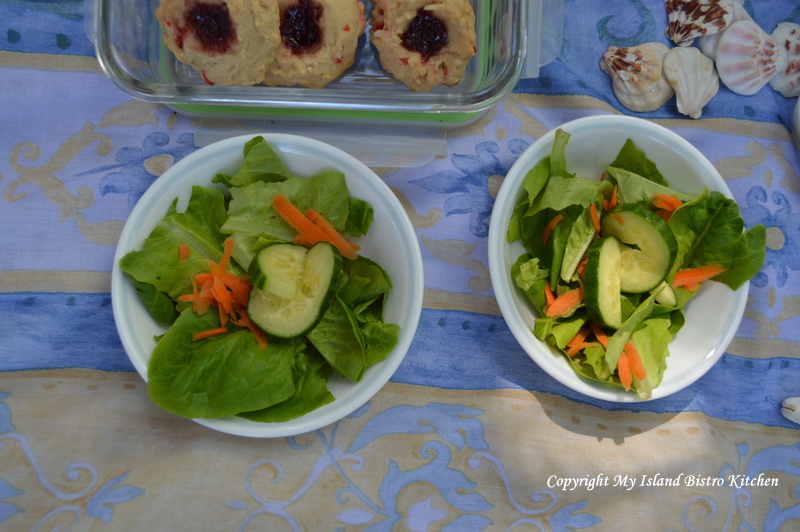
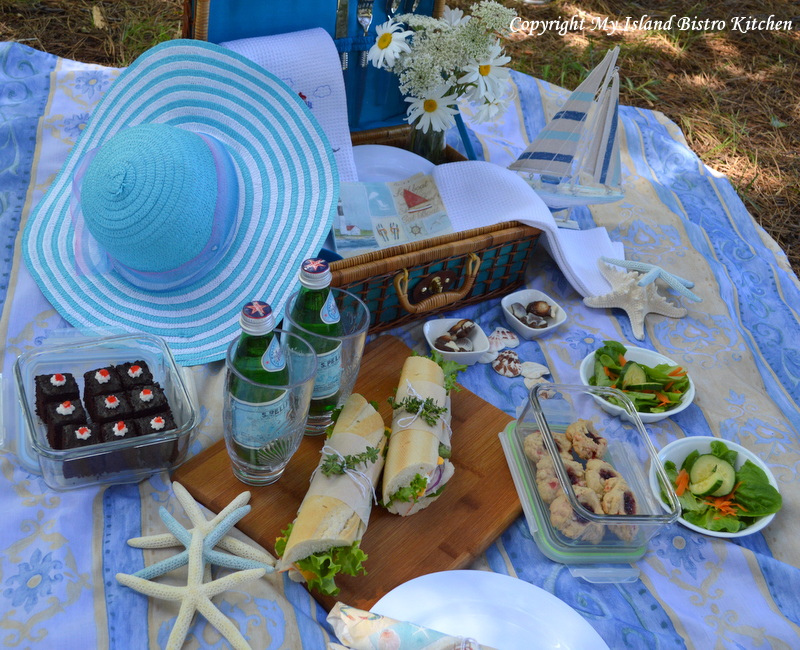

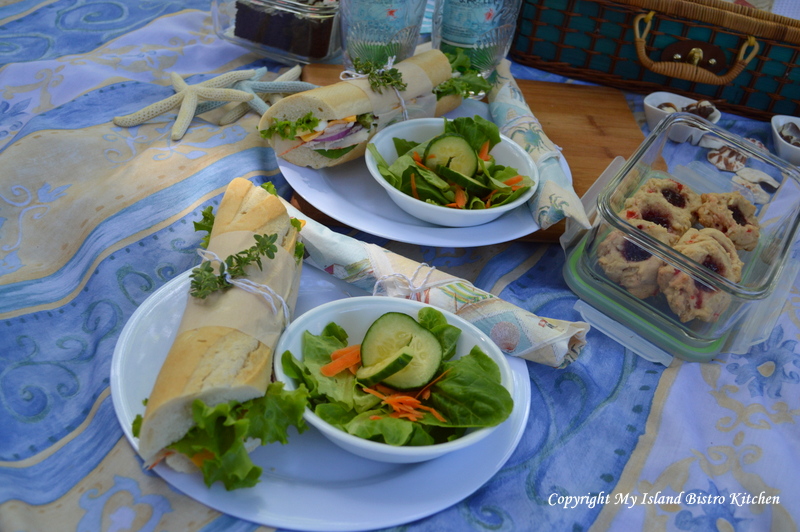
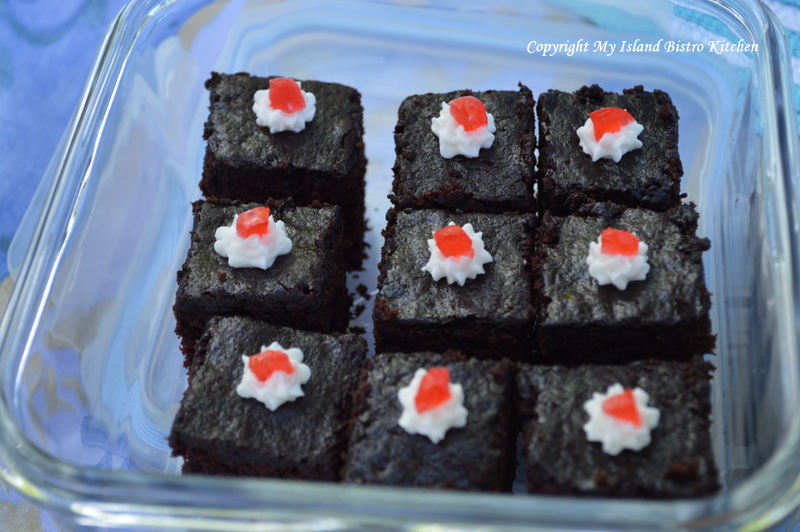

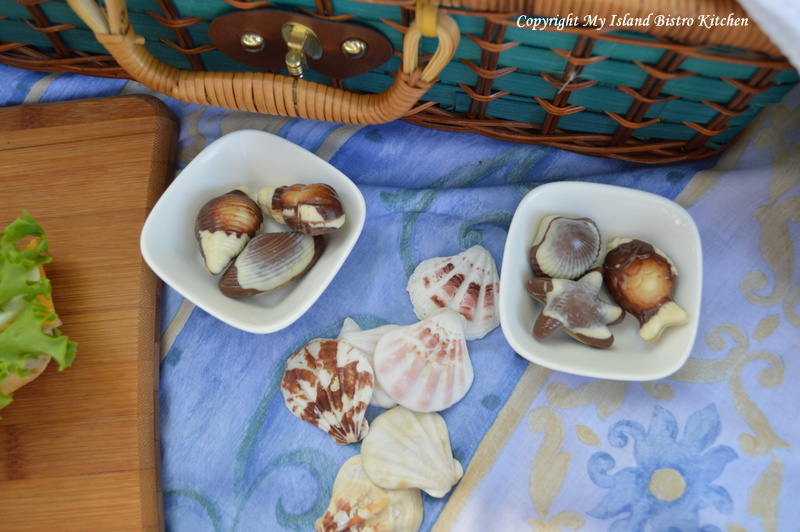
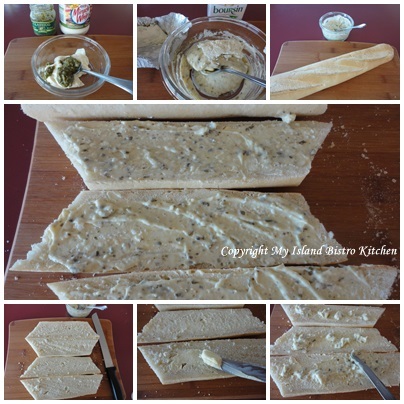
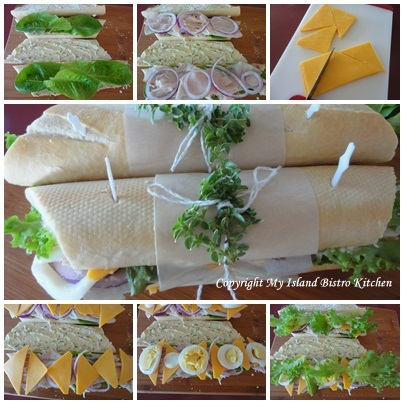
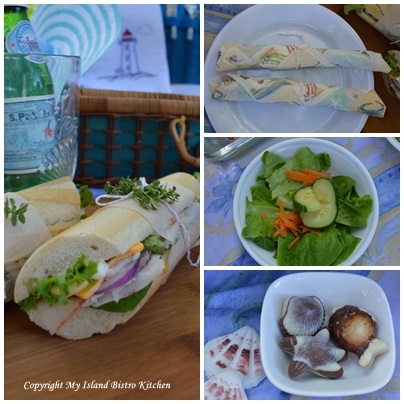
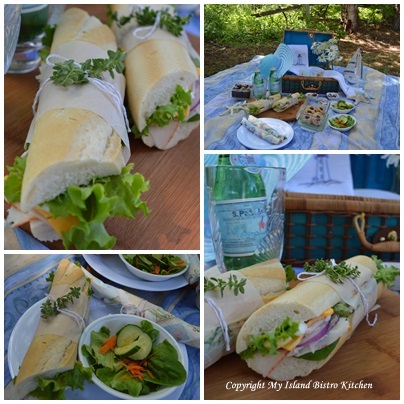



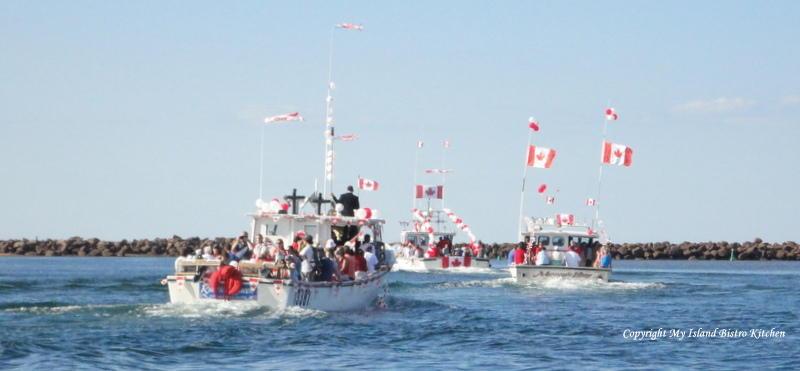
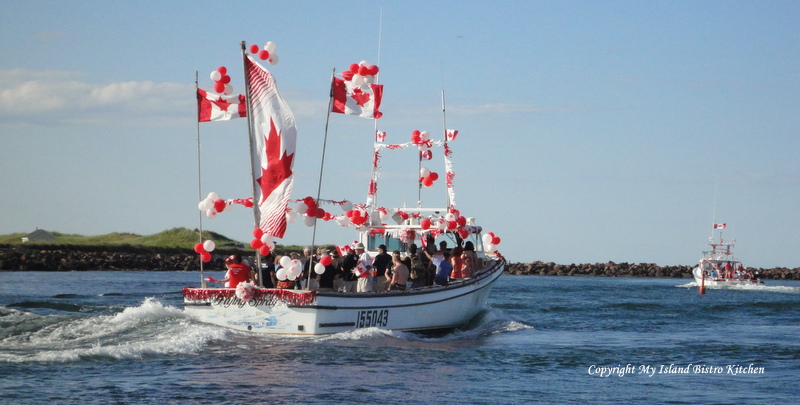
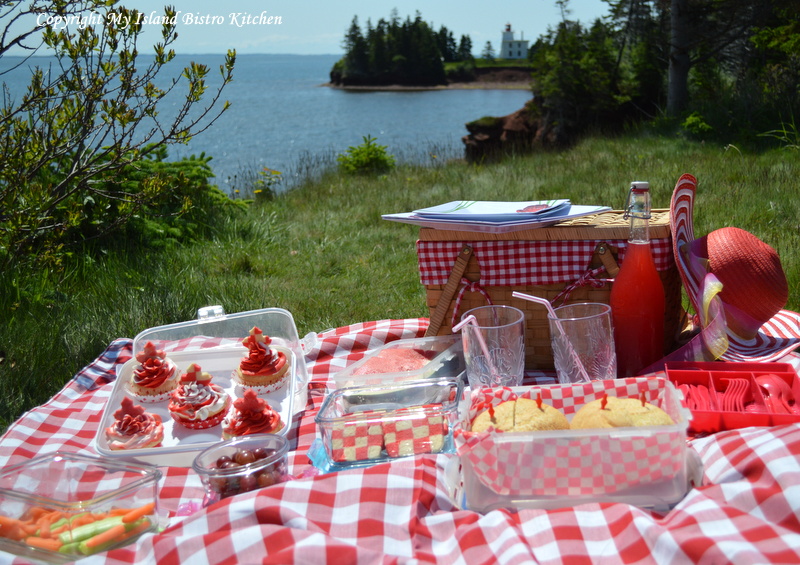
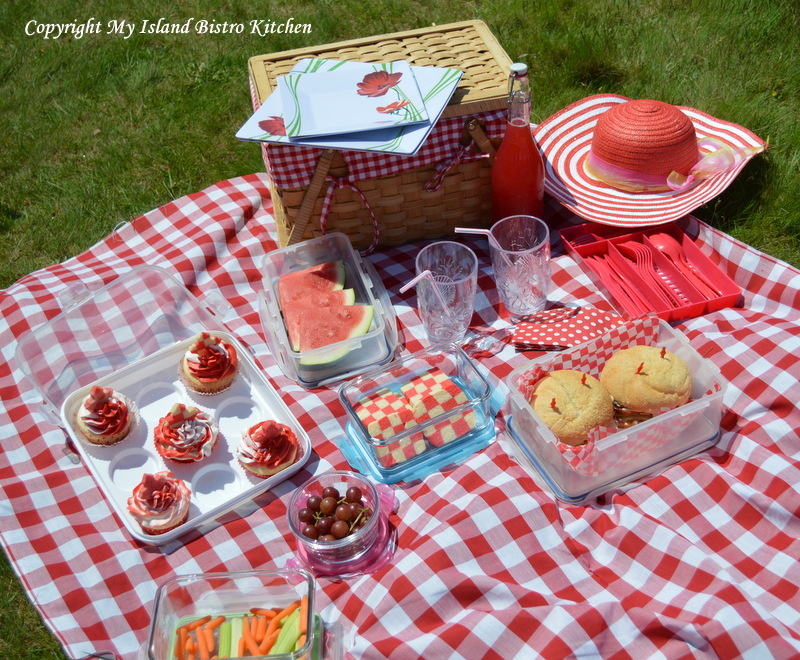
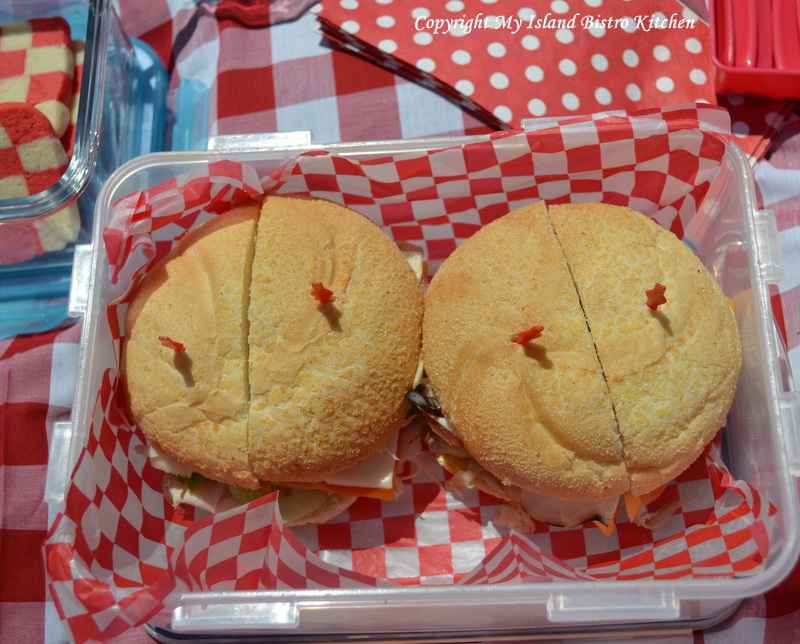
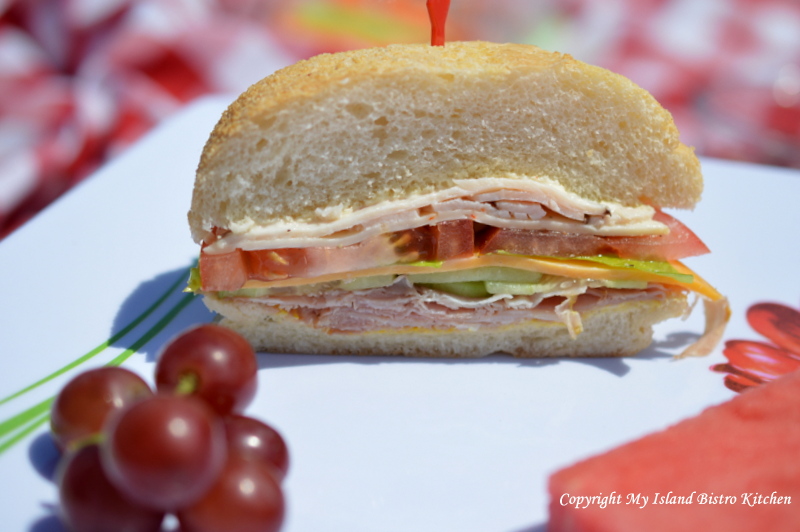
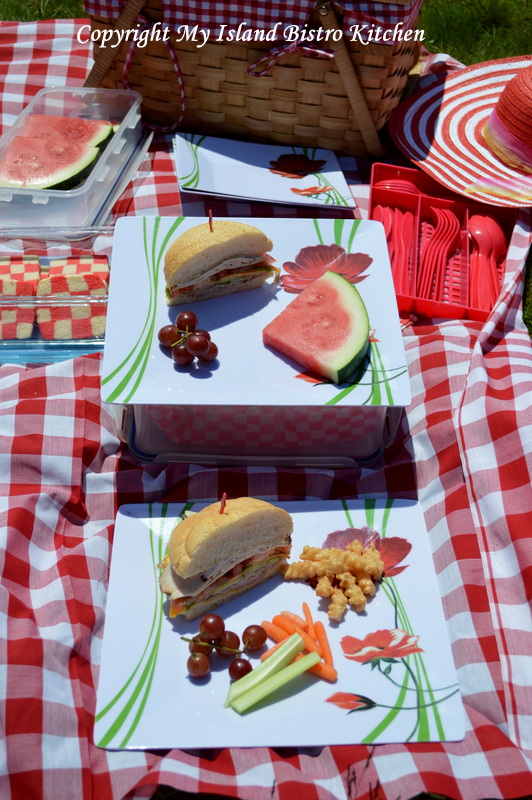
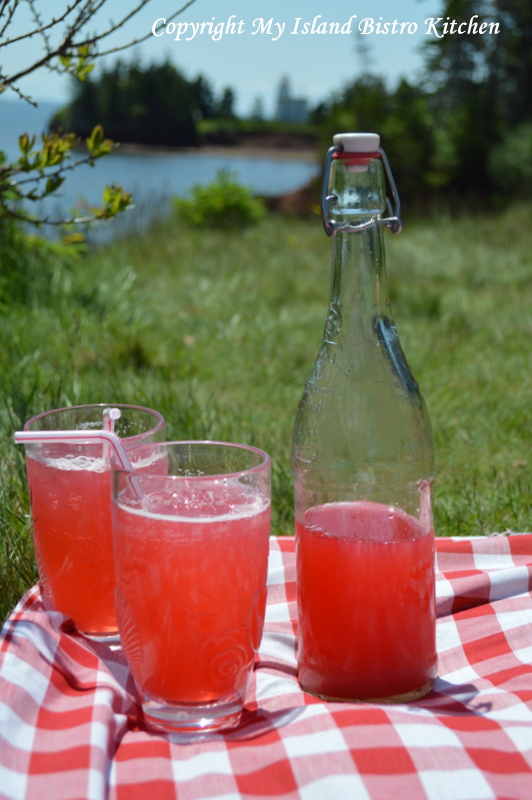
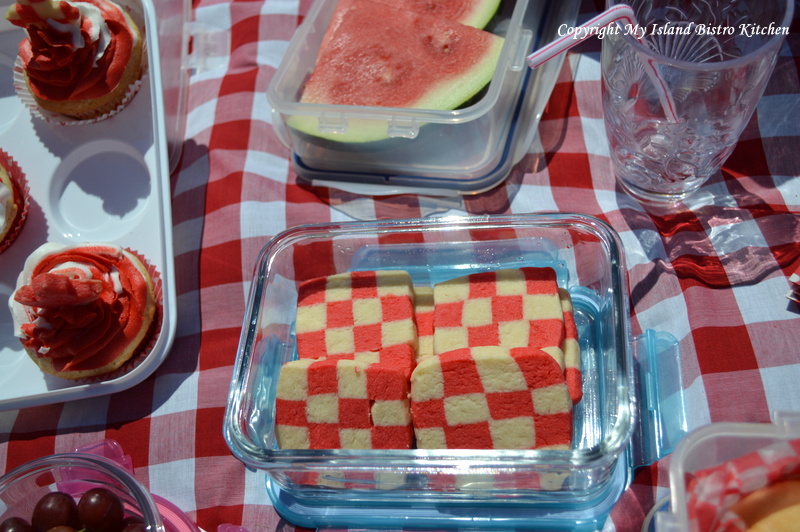
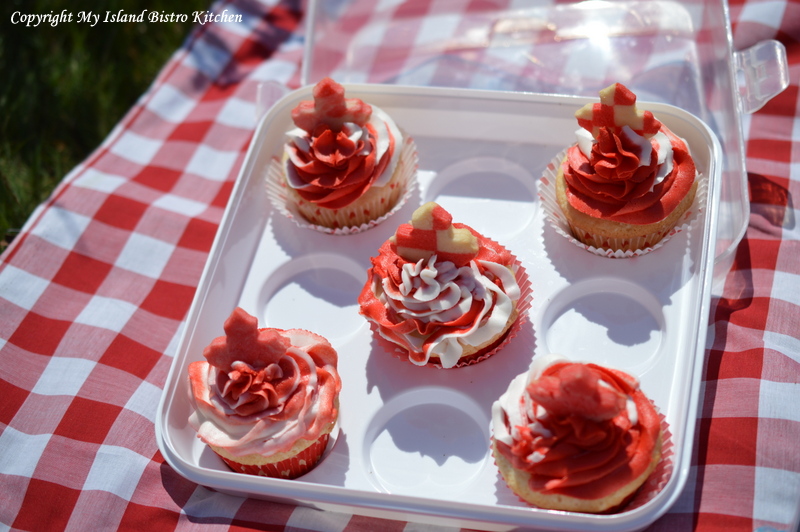

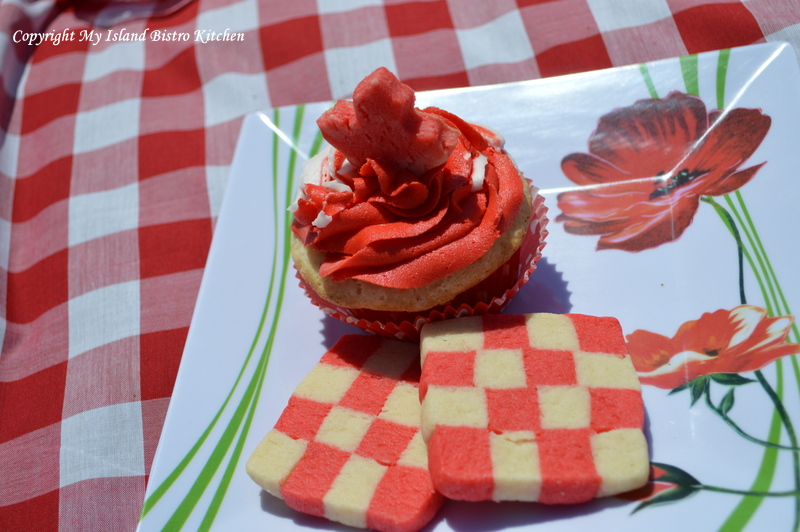
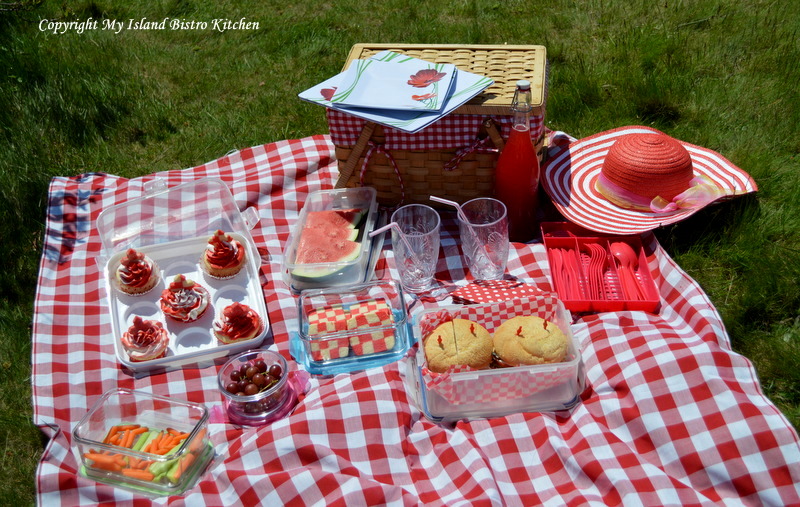
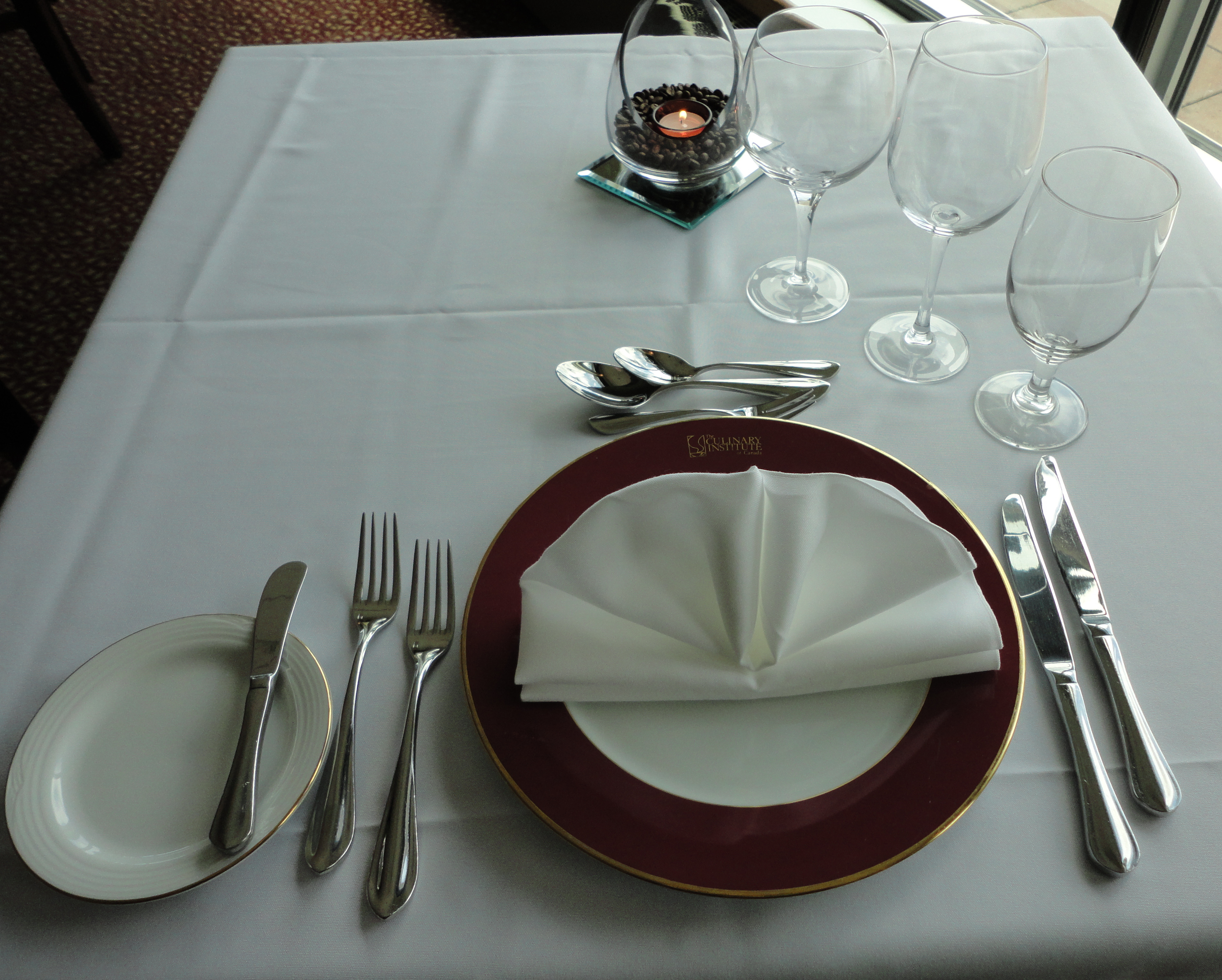
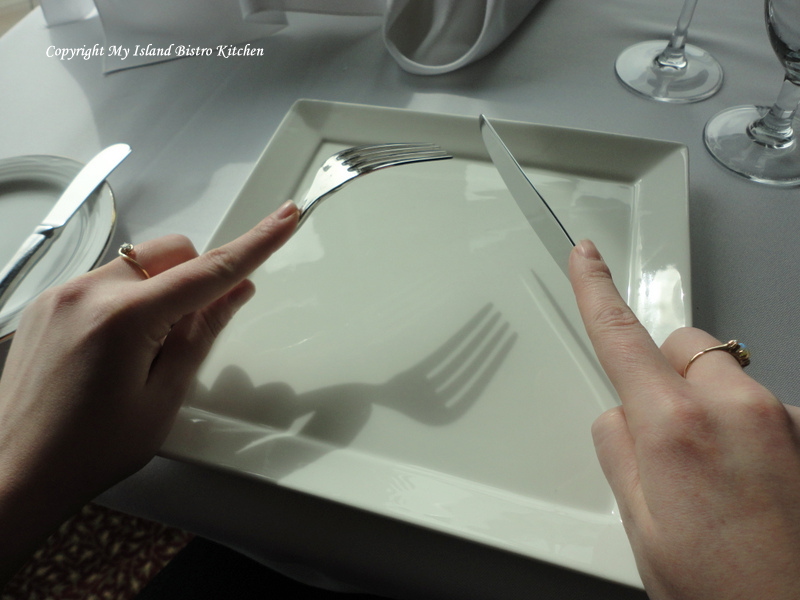
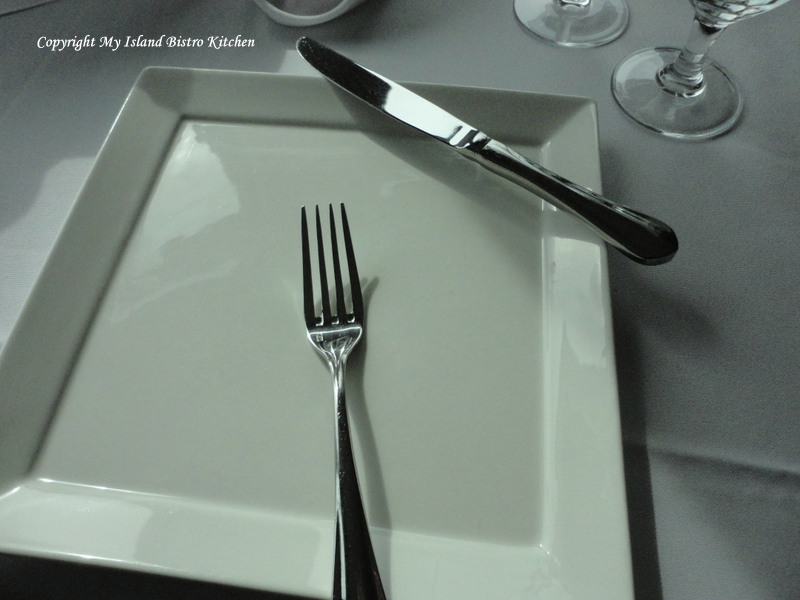

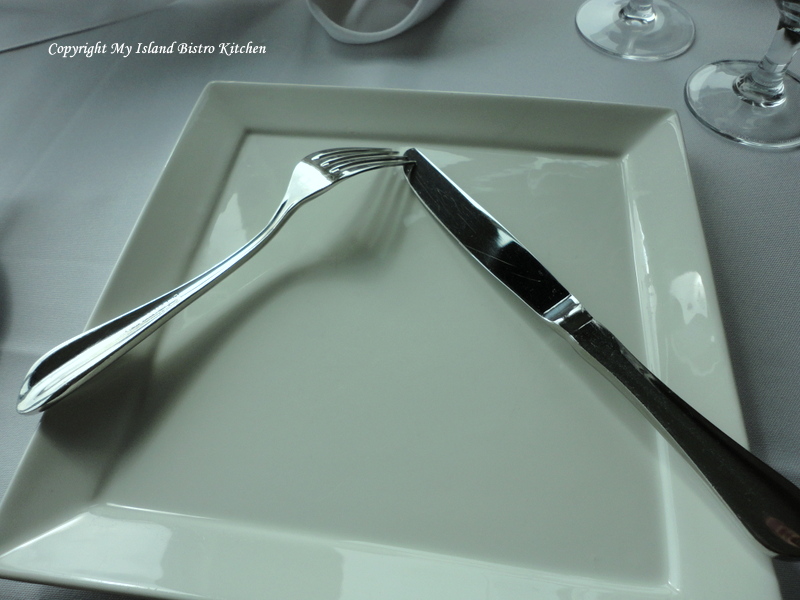
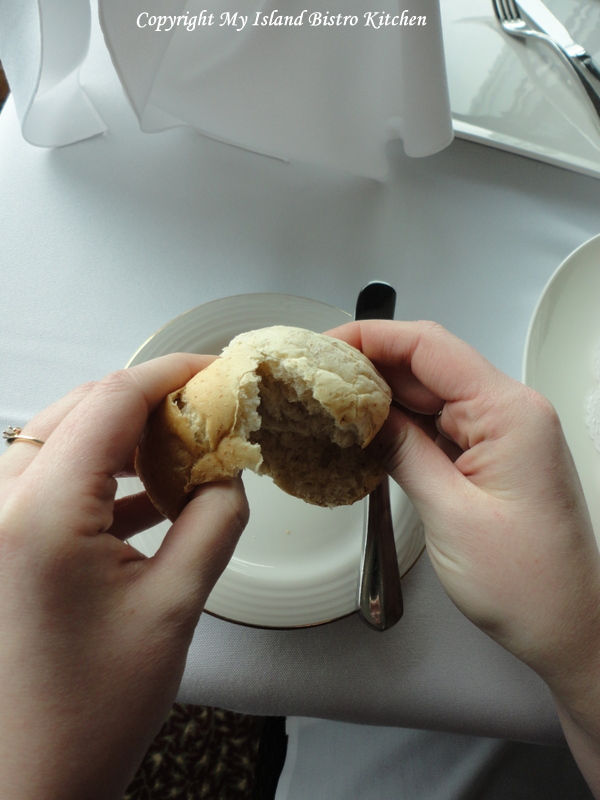
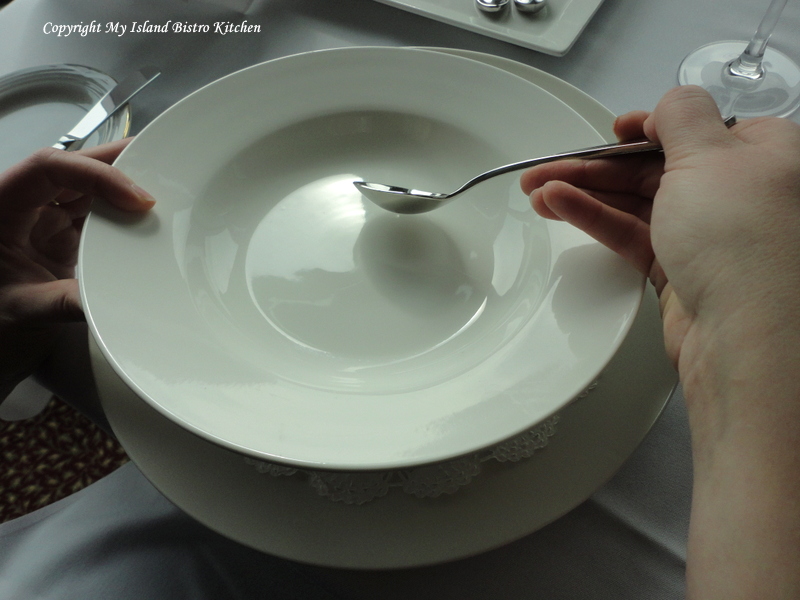
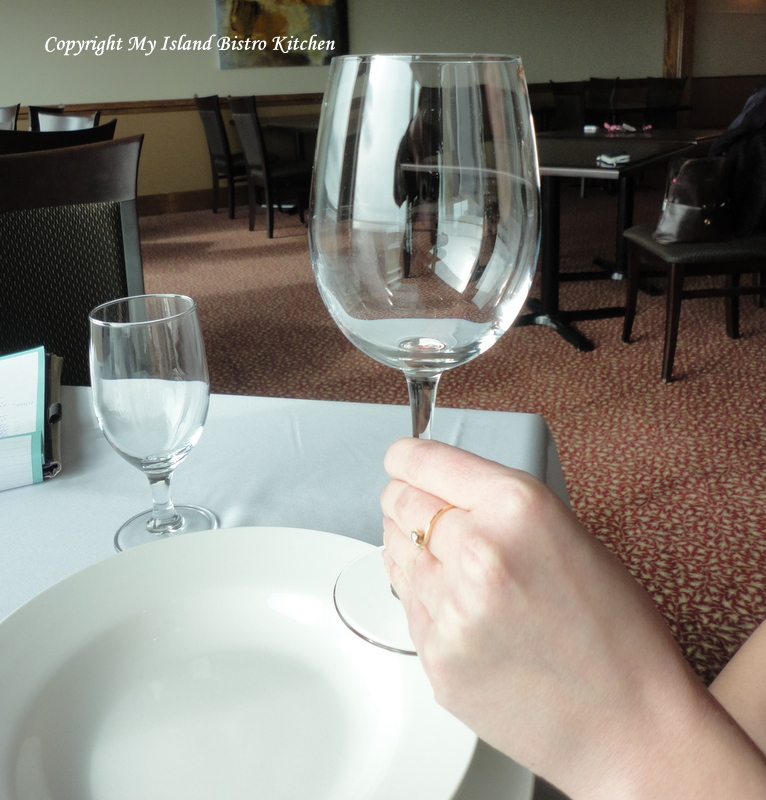

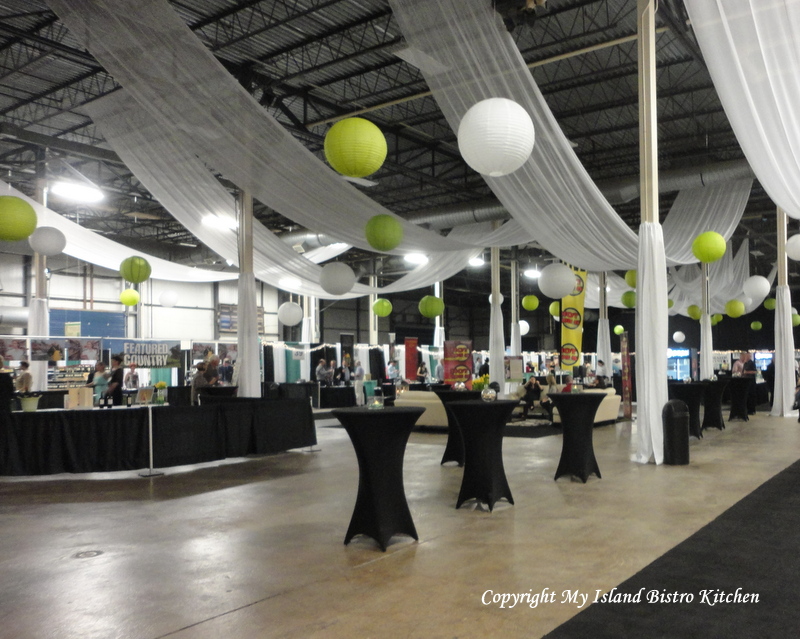
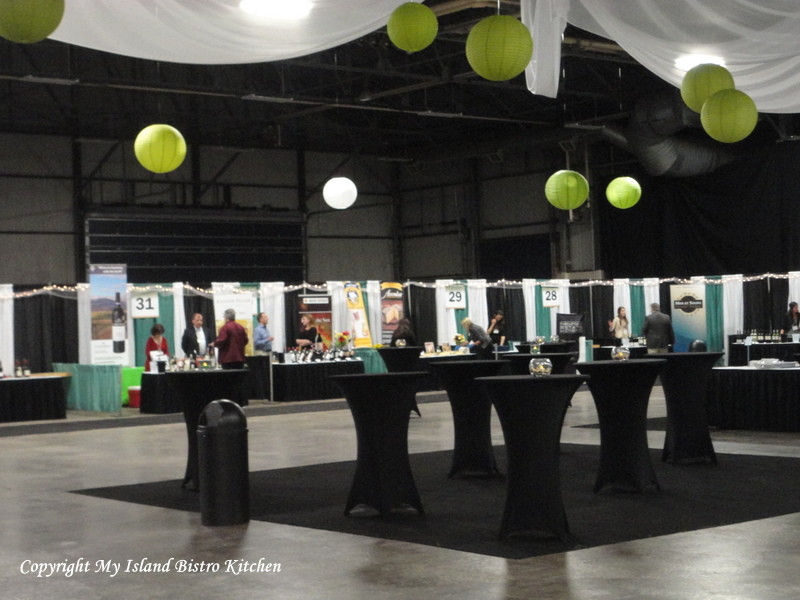
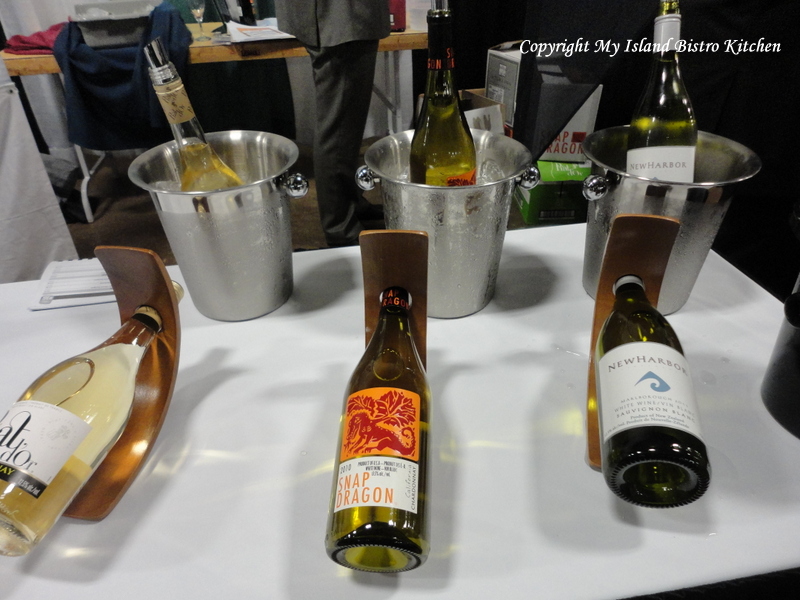
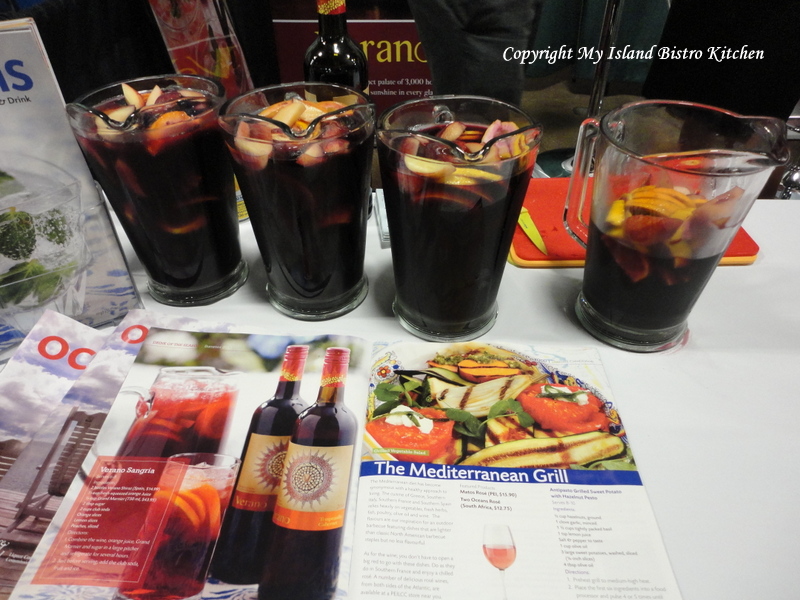
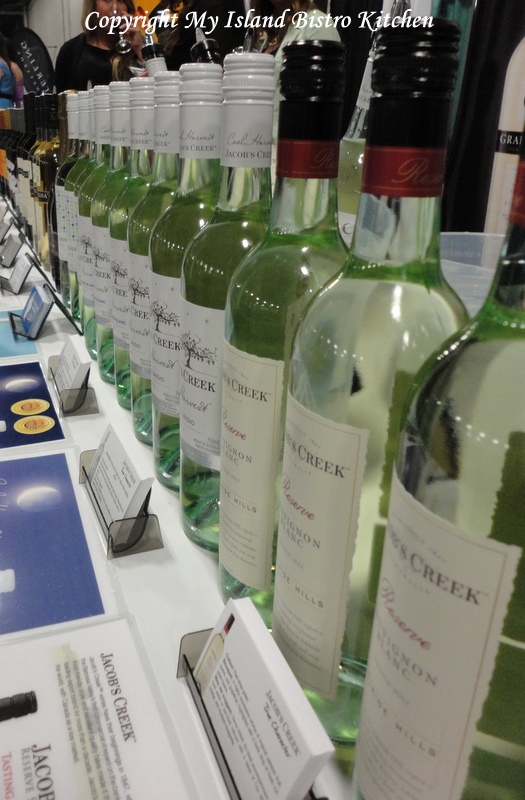
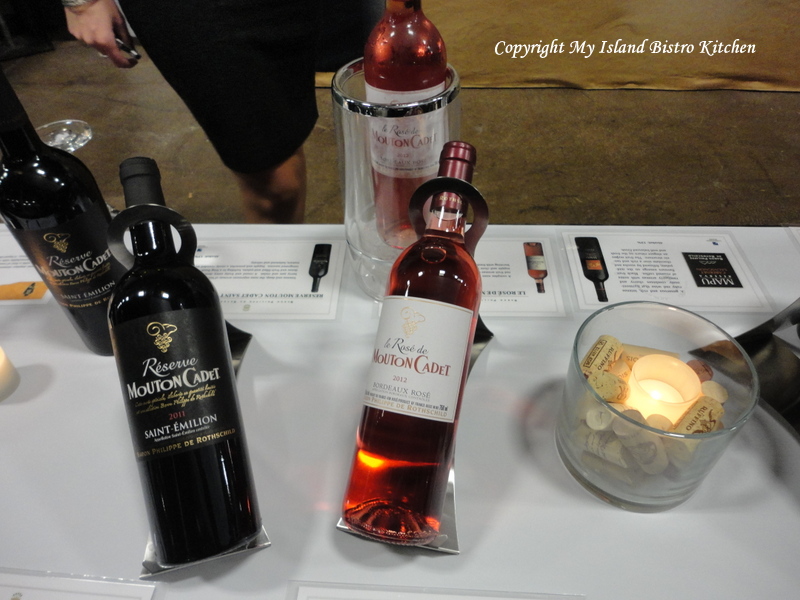
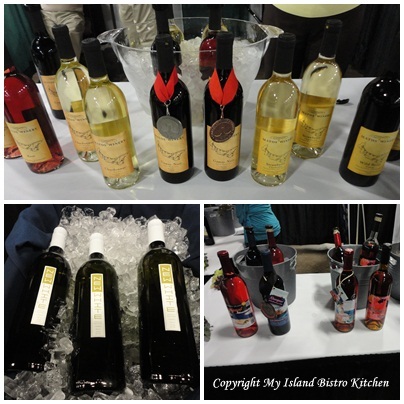


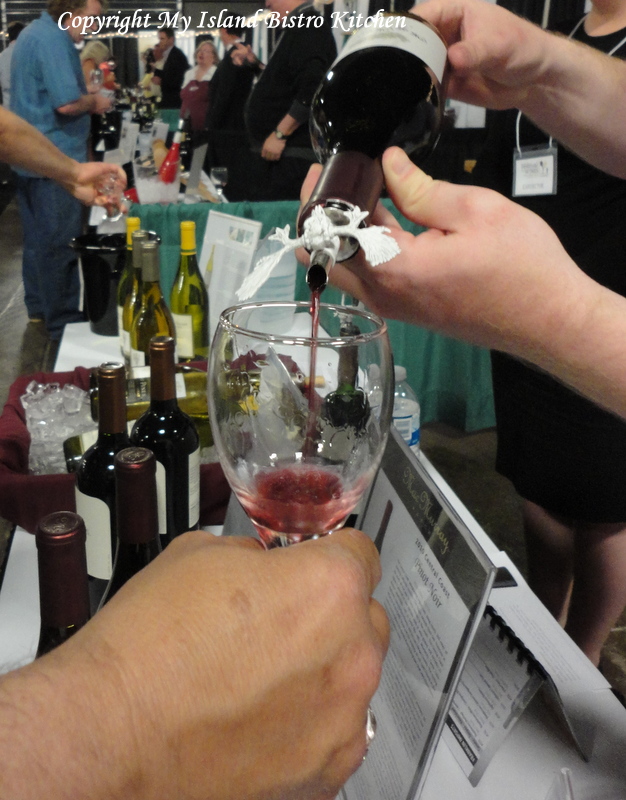
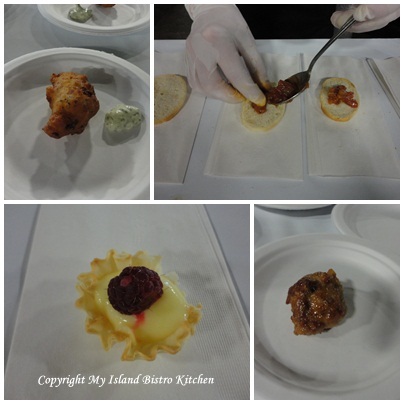
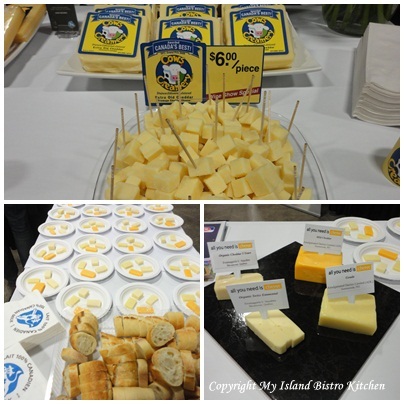
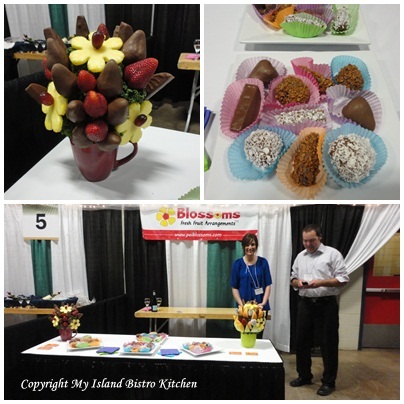
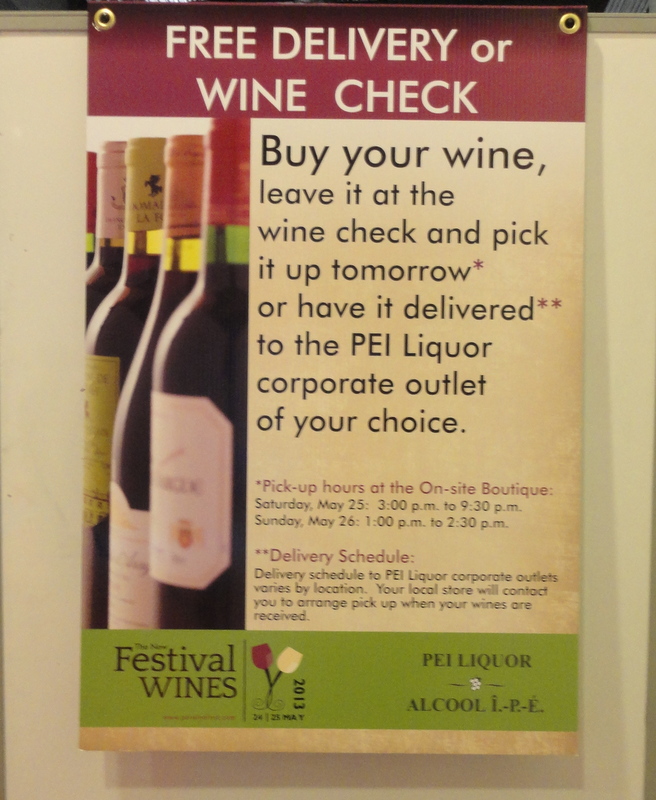
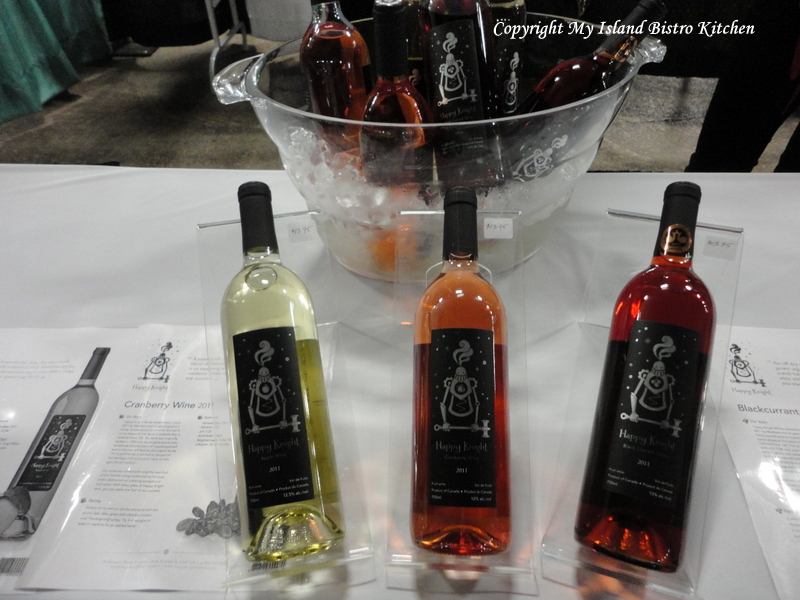
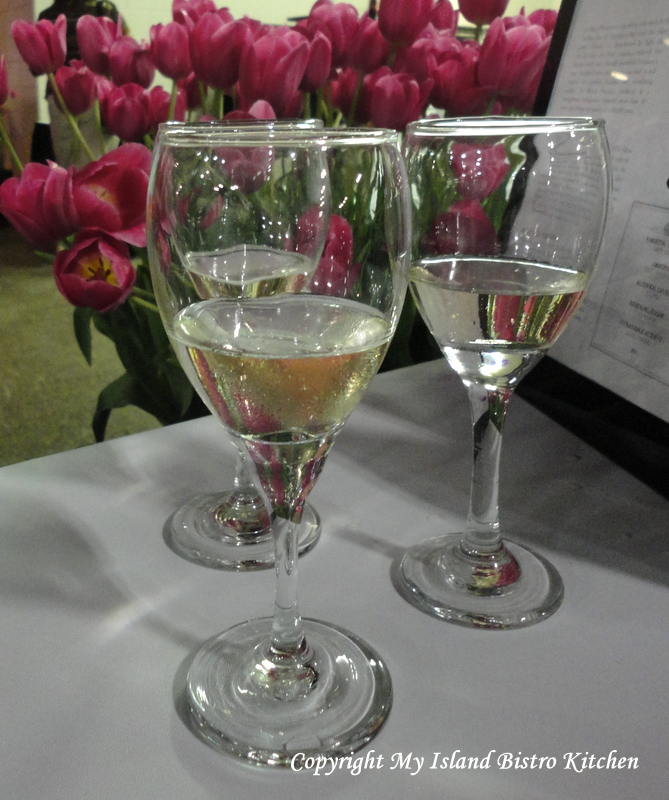

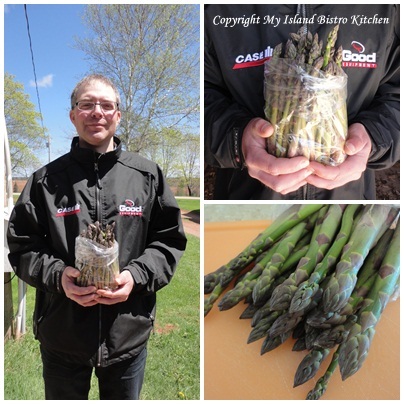
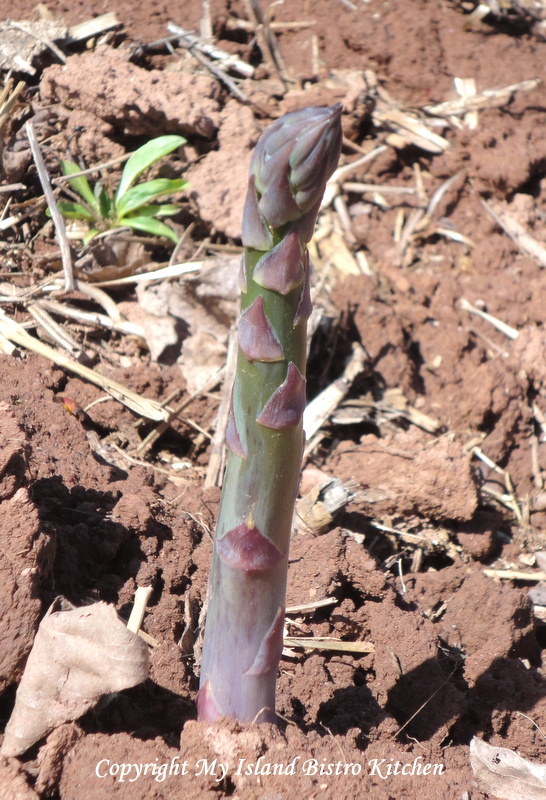
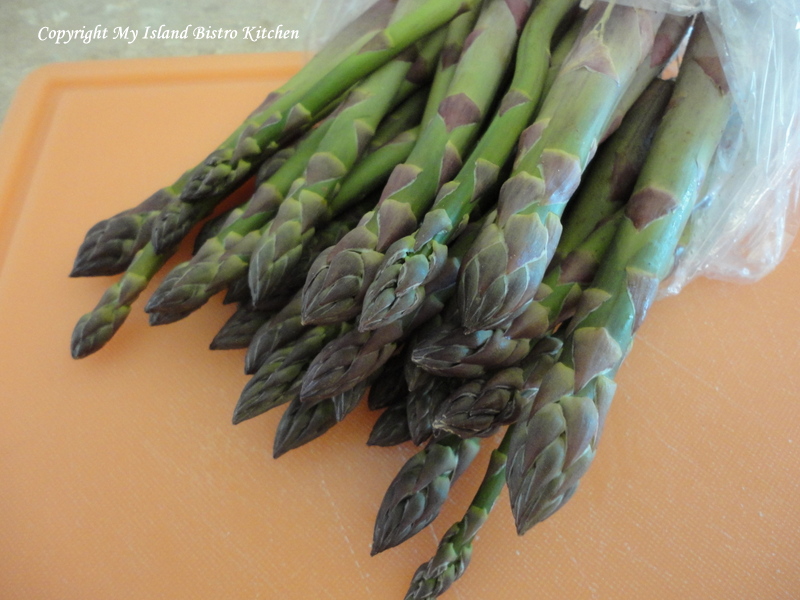
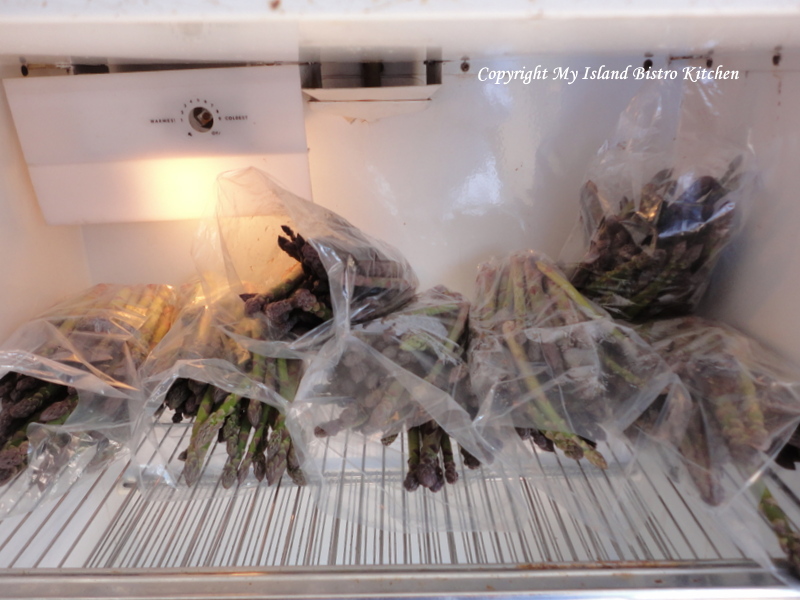
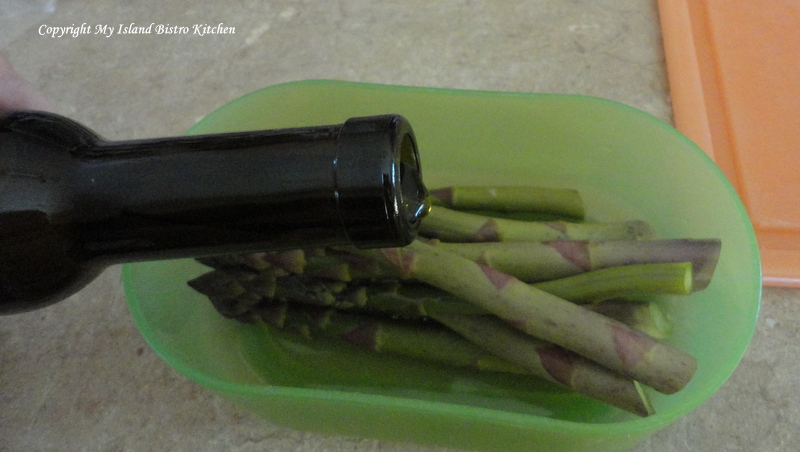
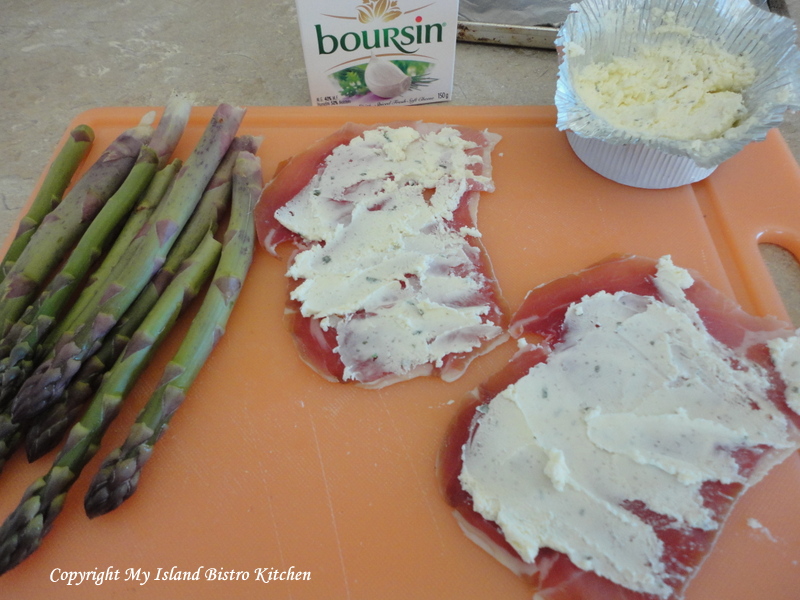
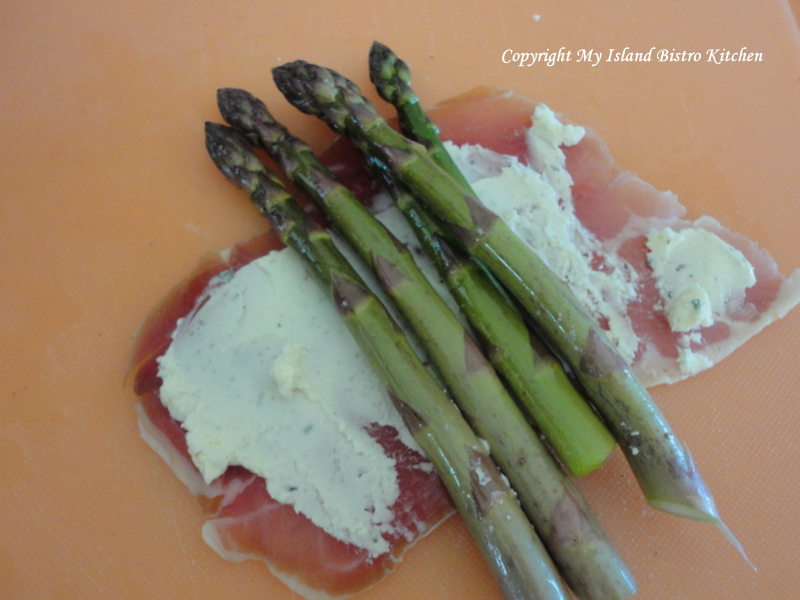

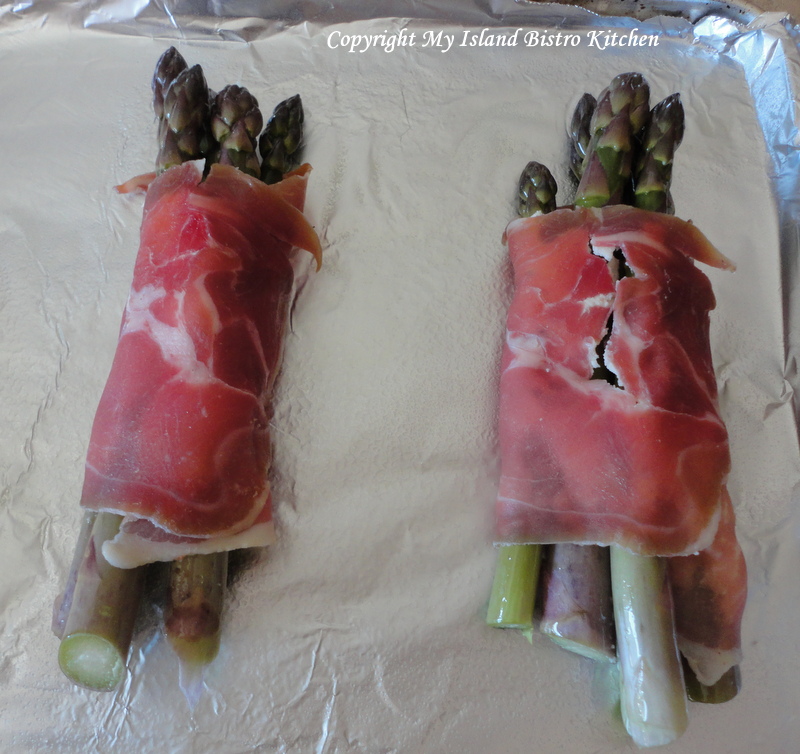

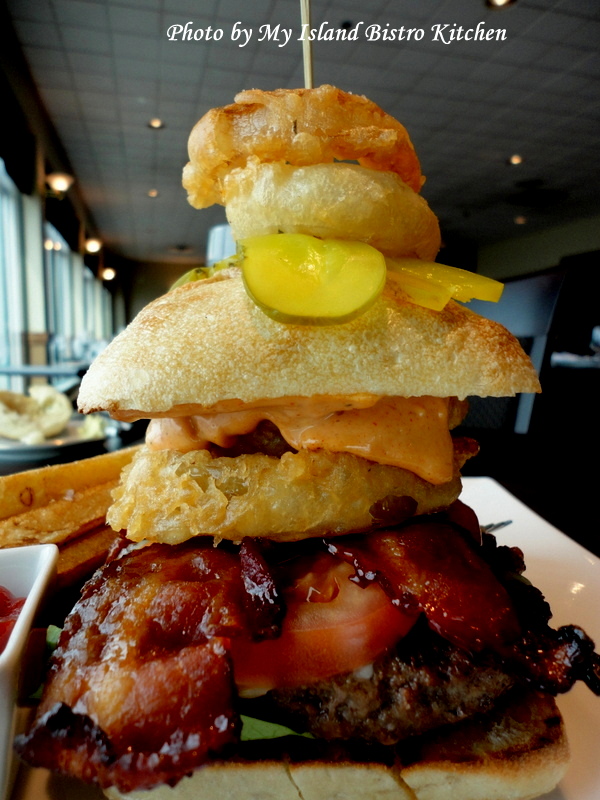
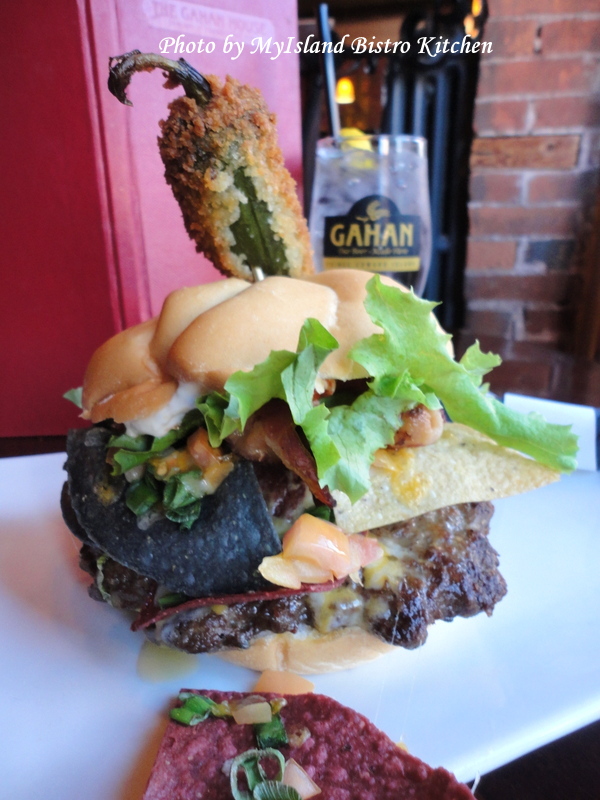
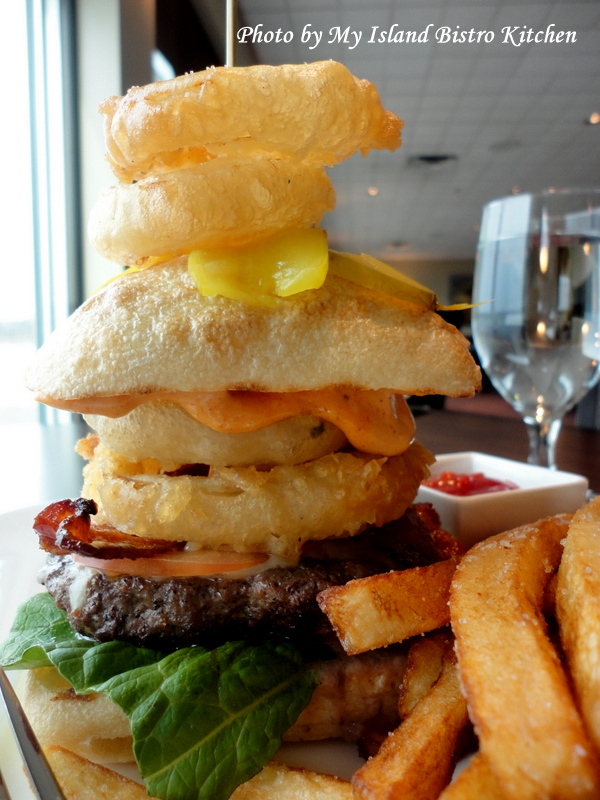
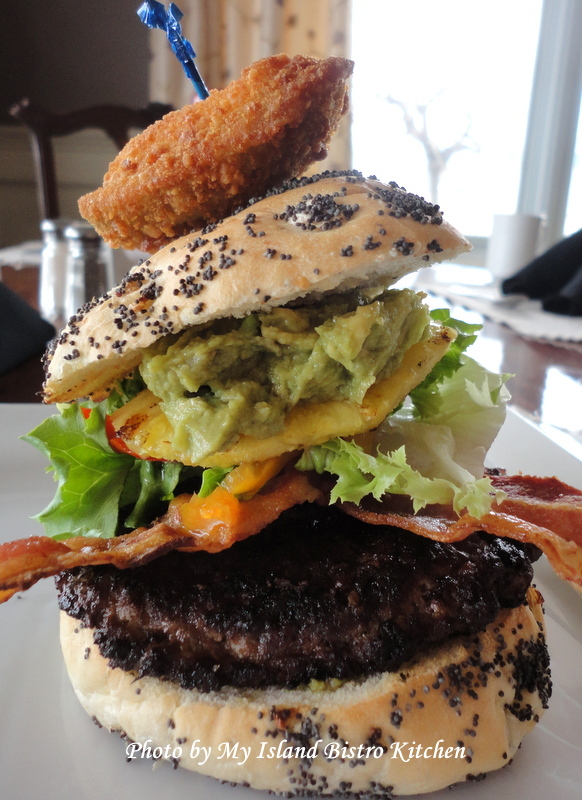
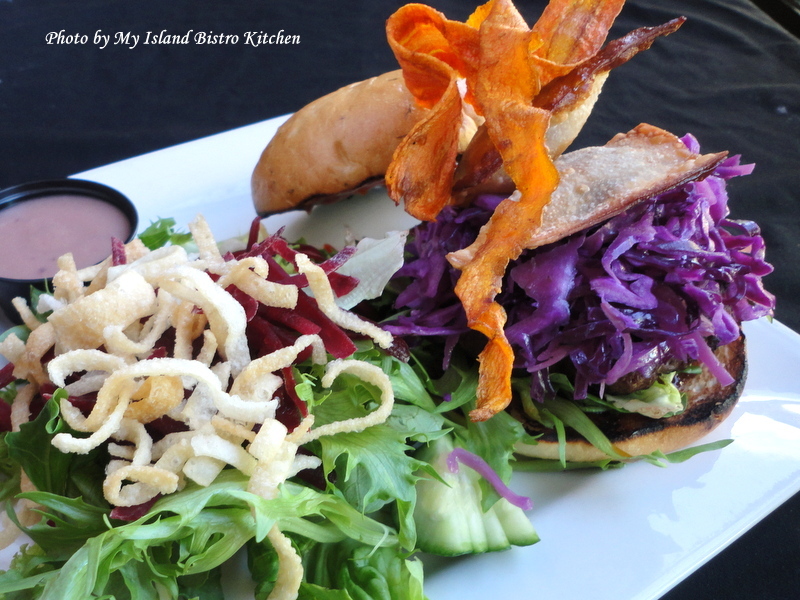
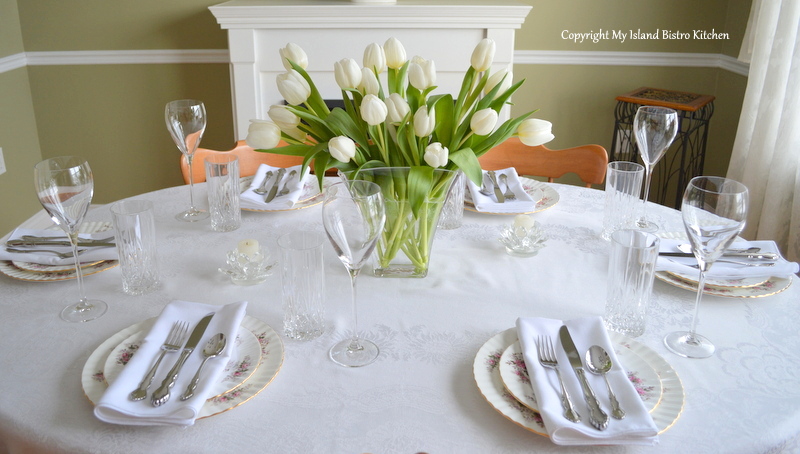
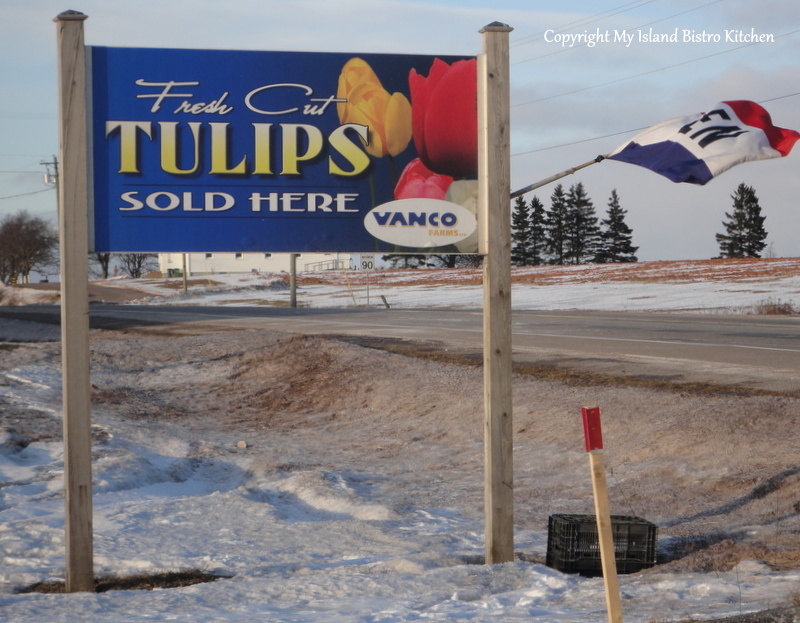




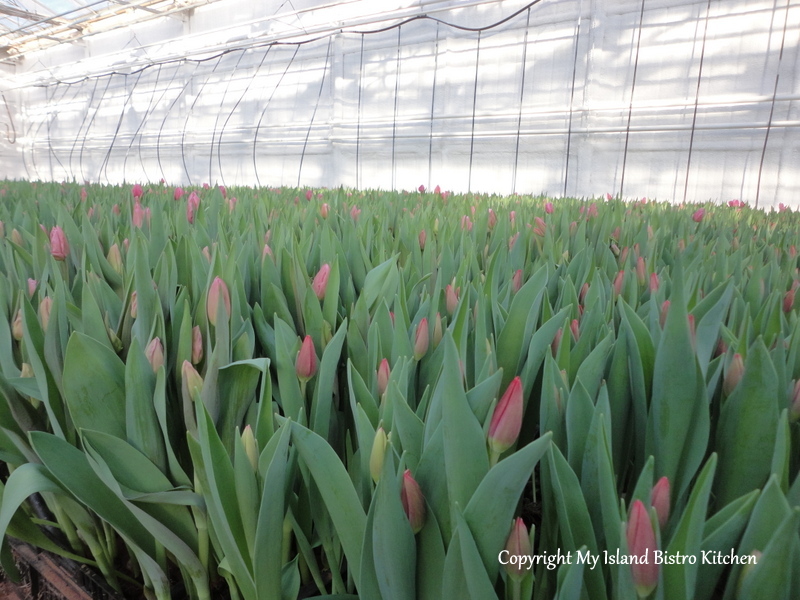
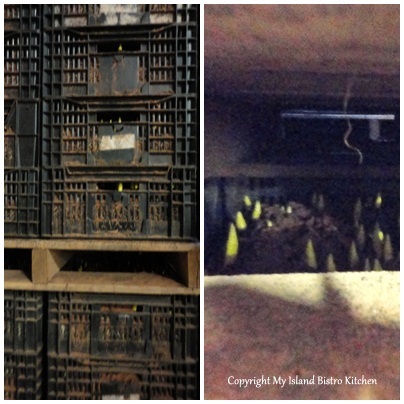
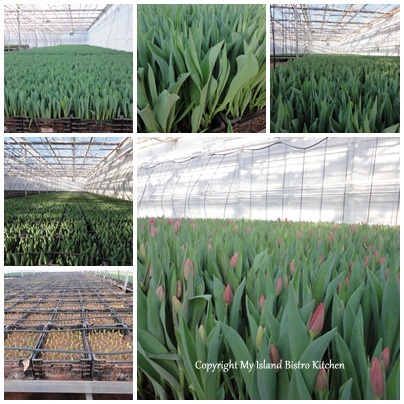
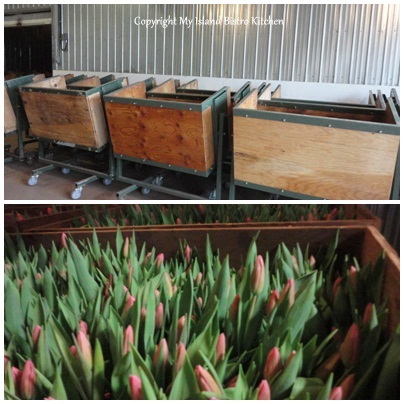
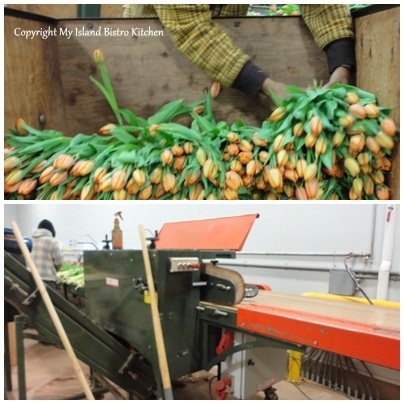
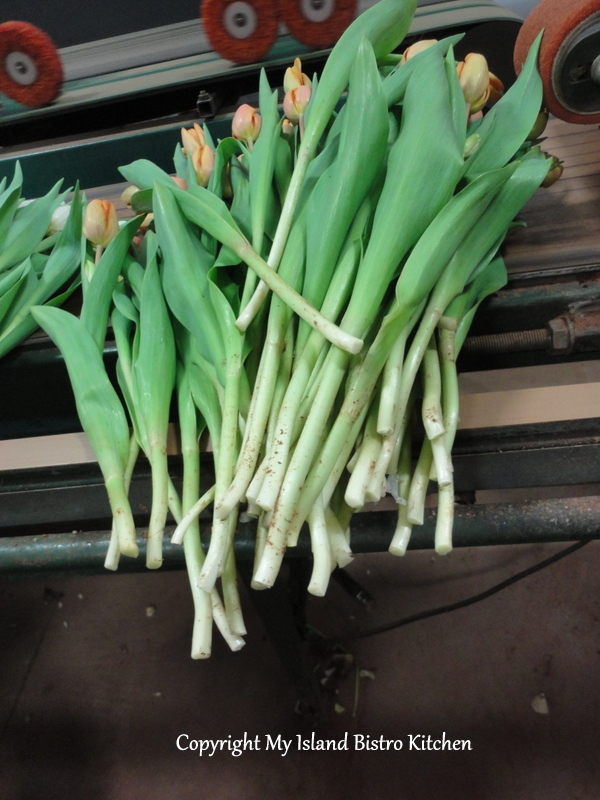
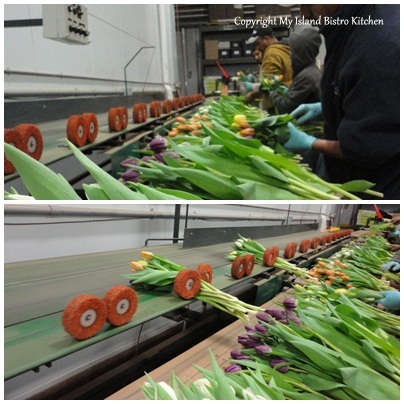
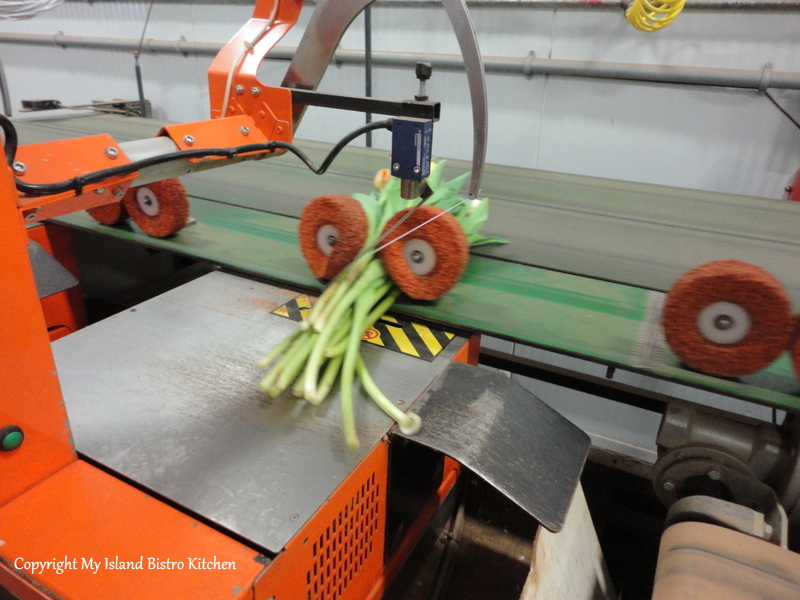
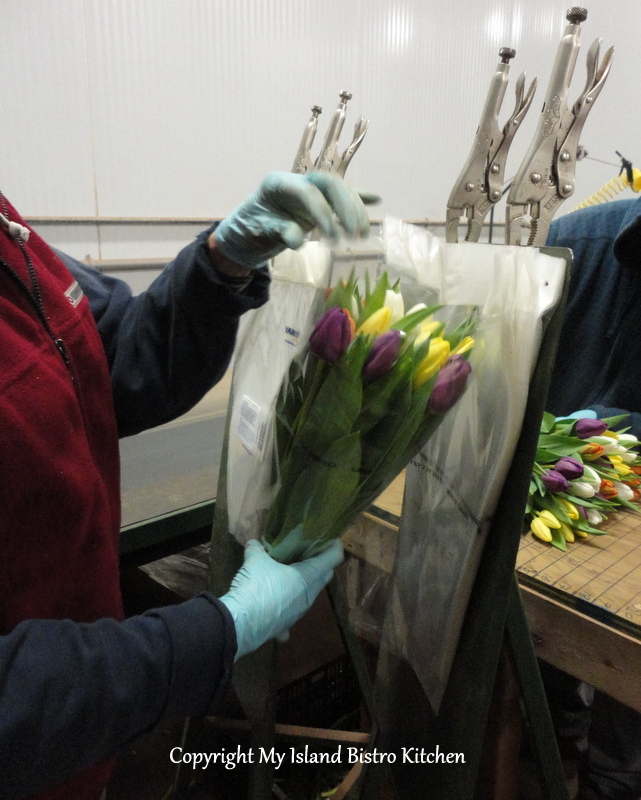
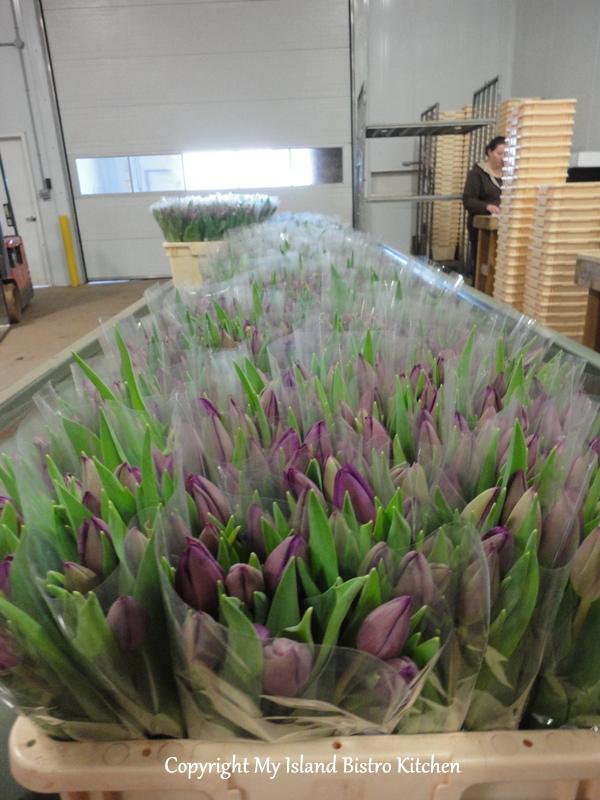
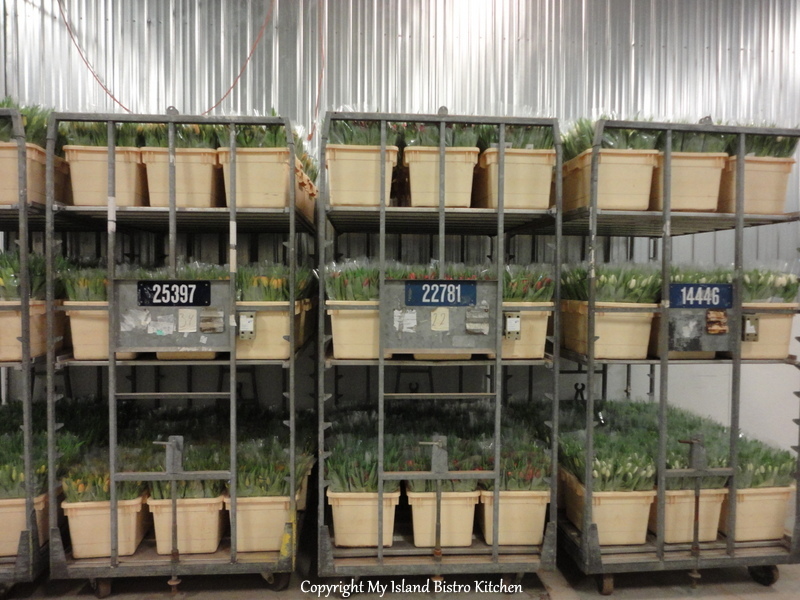
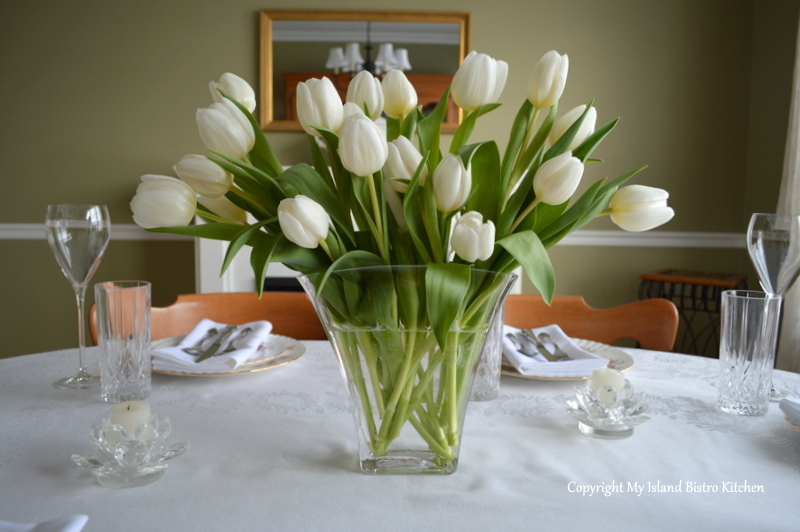

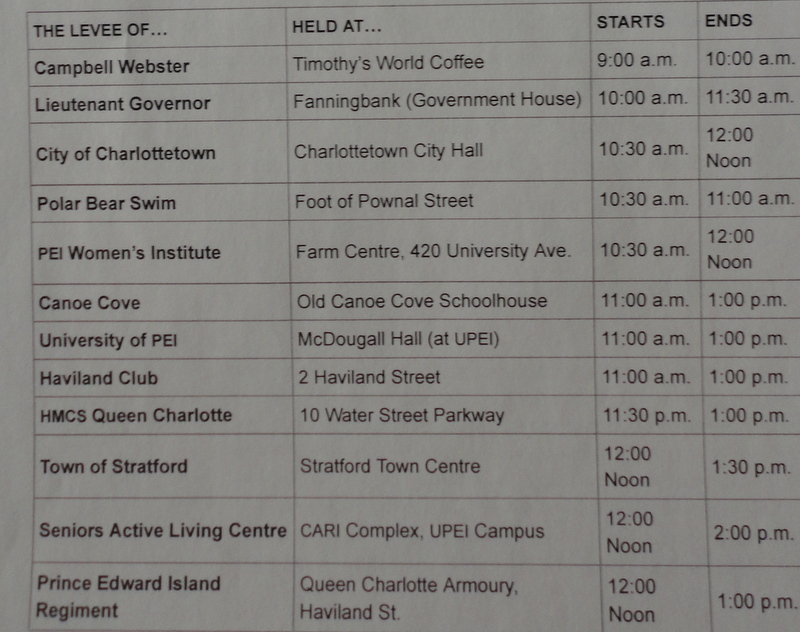





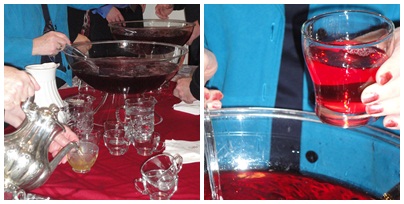
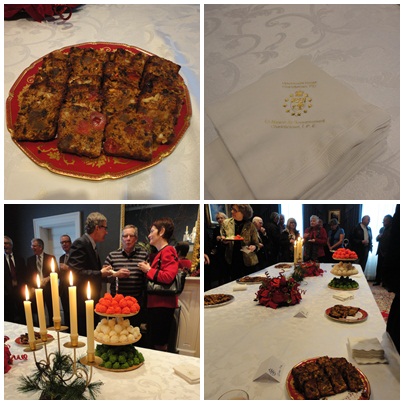
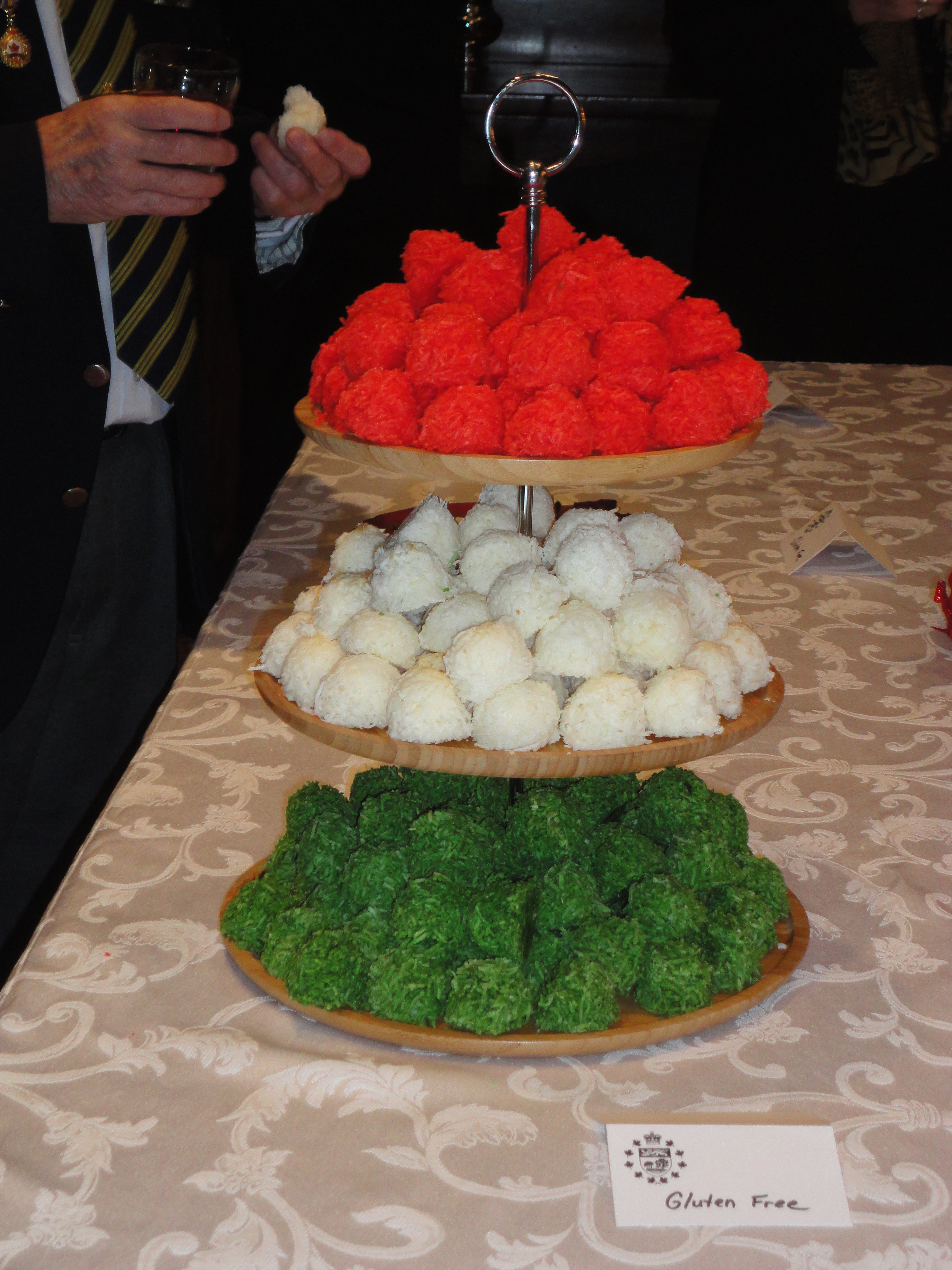

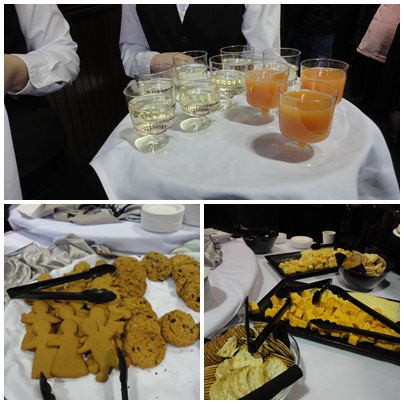
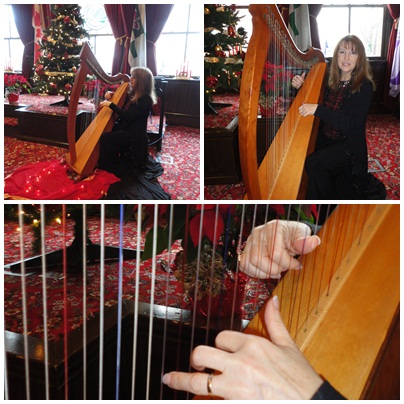

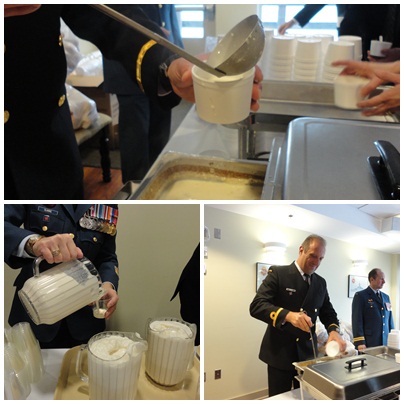

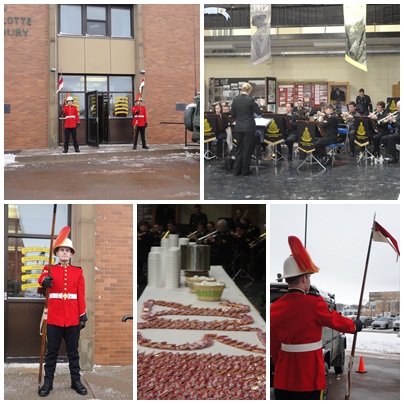
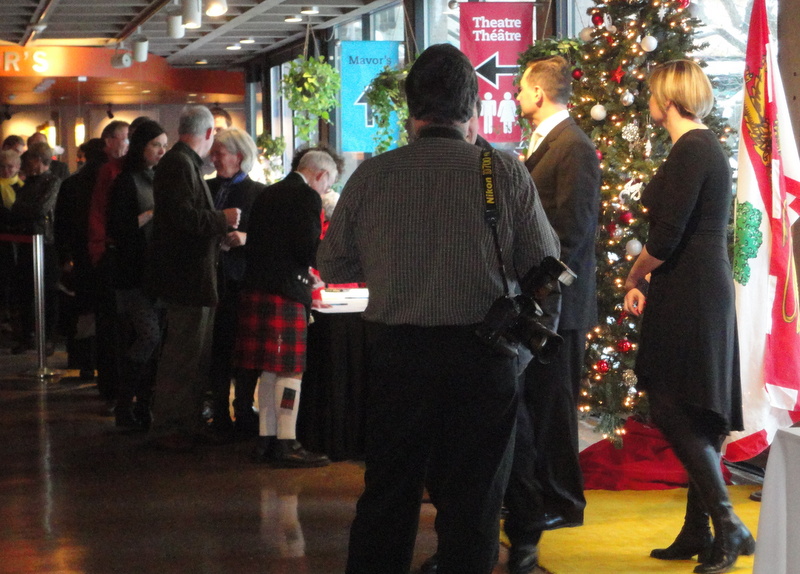
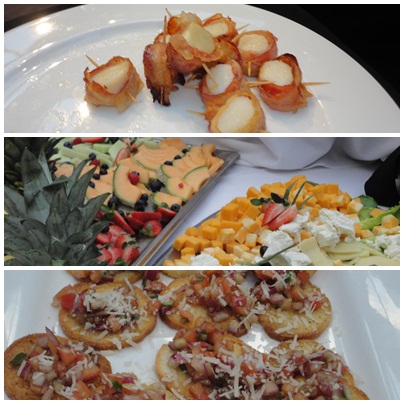
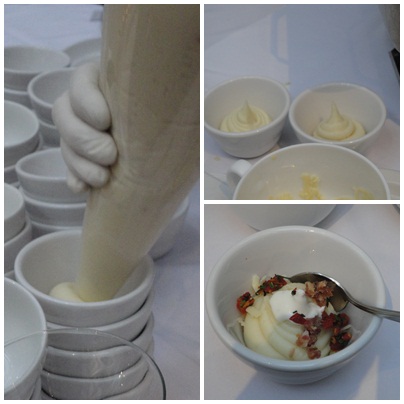


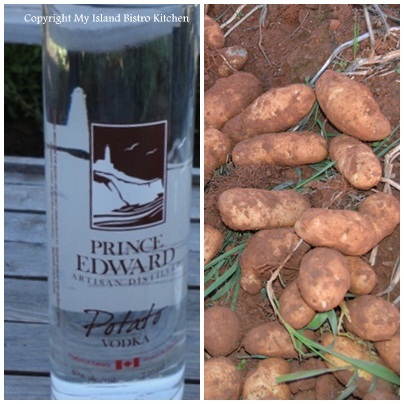
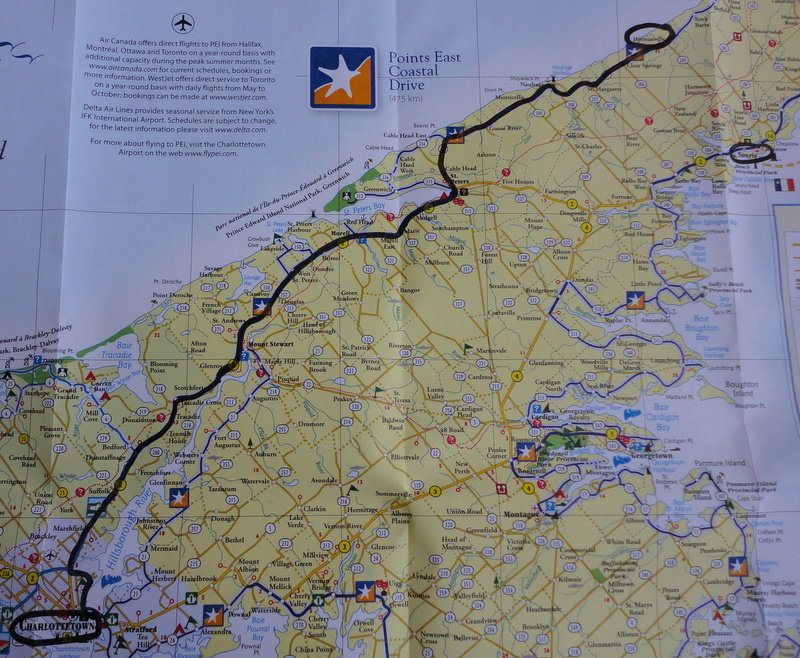
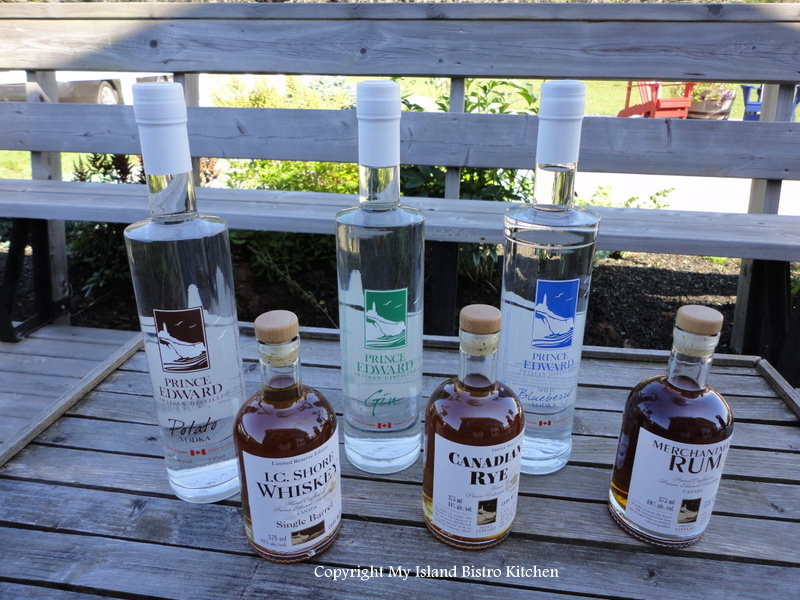
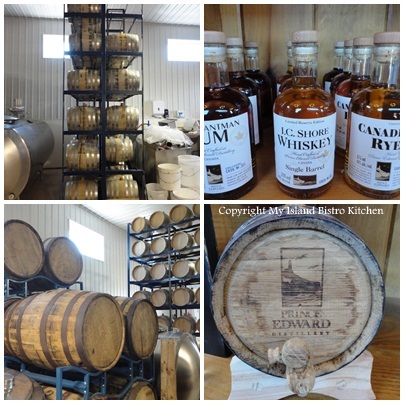
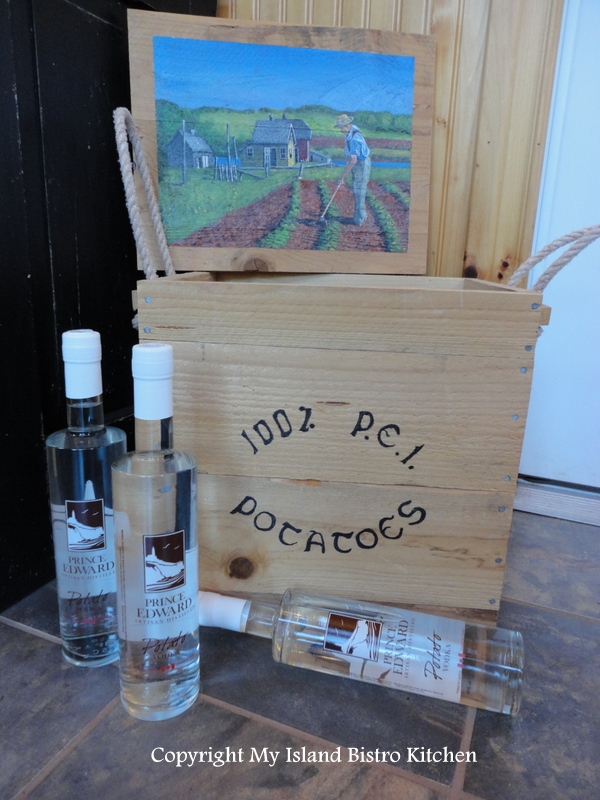
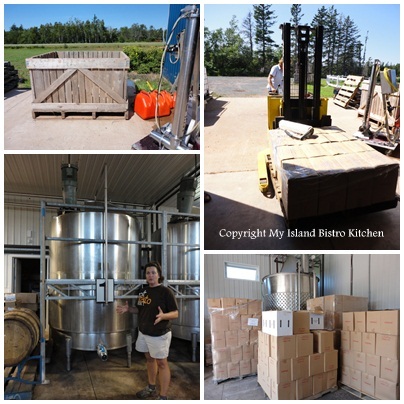
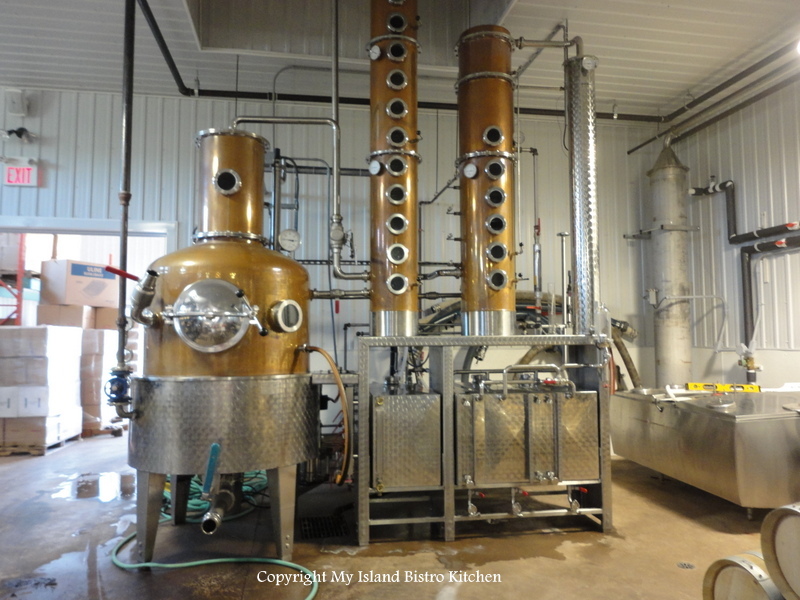
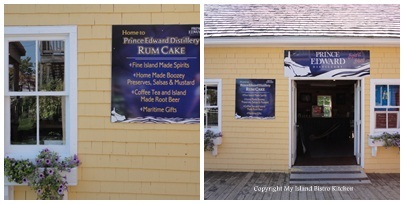
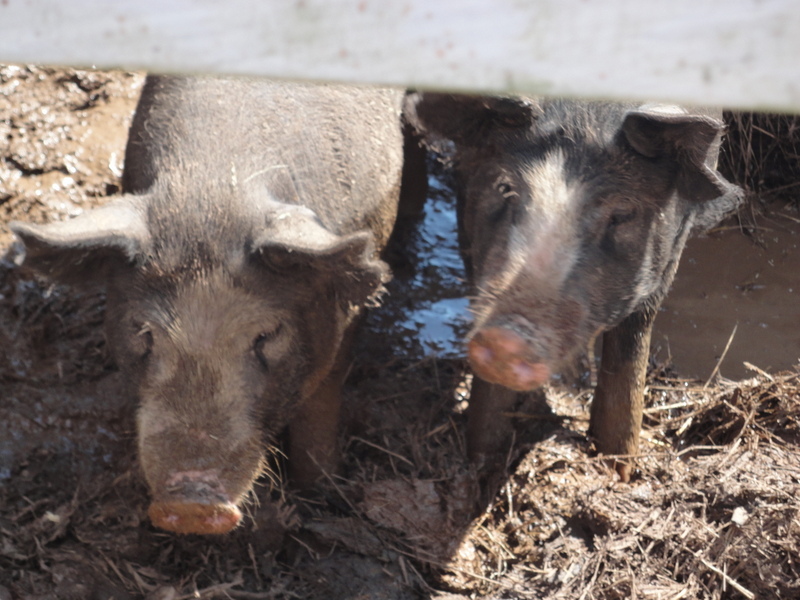
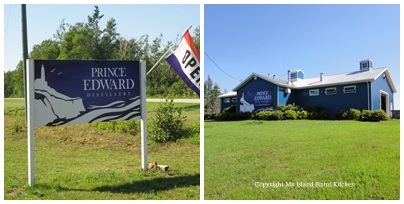
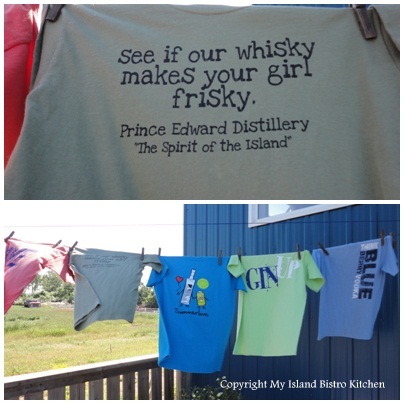
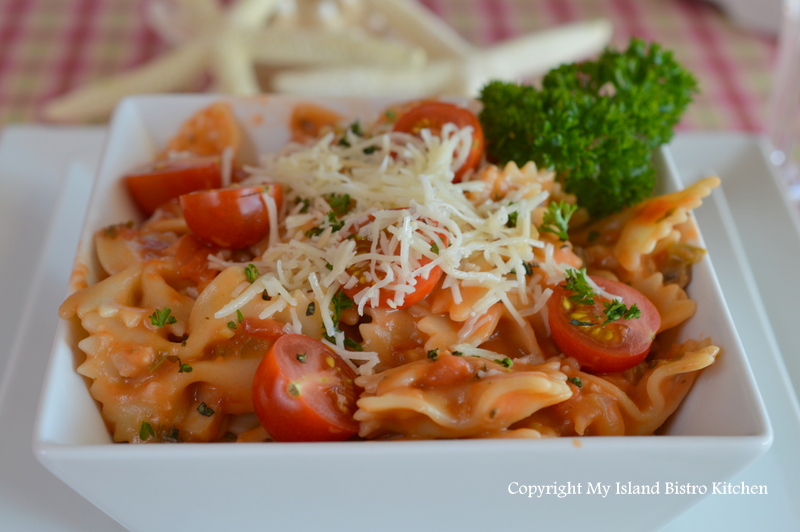
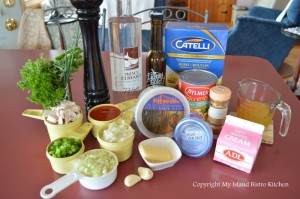 Heat oil and butter in large pot. Add onion, celery, green pepper, mushrooms, and garlic. Sauté 2-3 minutes over medium heat.
Heat oil and butter in large pot. Add onion, celery, green pepper, mushrooms, and garlic. Sauté 2-3 minutes over medium heat.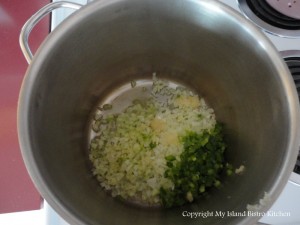 Add diced tomatoes, salt, and pepper. Simmer over low heat 5-7 minutes.
Add diced tomatoes, salt, and pepper. Simmer over low heat 5-7 minutes.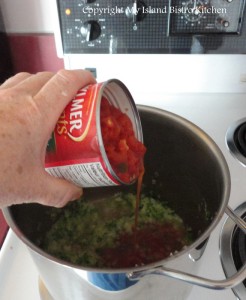 Whisk the corn starch with the cooled chicken stock until smooth.
Whisk the corn starch with the cooled chicken stock until smooth.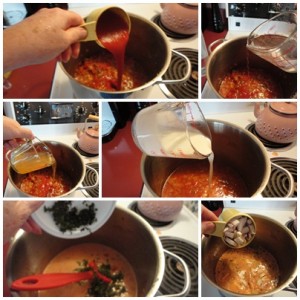 Stir tomato sauce, vodka, and chicken stock/cornstarch into mixture. Simmer 18-20 minutes, until slightly thickened.
Stir tomato sauce, vodka, and chicken stock/cornstarch into mixture. Simmer 18-20 minutes, until slightly thickened.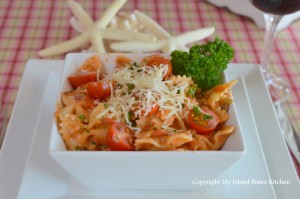 Stir in whipping cream, oregano, basil, chives, cayenne, red pepper flakes, and parsley. Simmer 7-10 minutes.
Stir in whipping cream, oregano, basil, chives, cayenne, red pepper flakes, and parsley. Simmer 7-10 minutes.![Filler Machine Loads Seed Potatoes Into Potato Planter in Warren Grove, PEI [19 May 2012]](https://myislandbistrokitchen.com/wp-content/uploads/2012/11/1-Filler-Machine.jpg)
![Preparing to Plant Russet Burbank Potatoes in Warren Grove, PEI [19 May 2012]](https://myislandbistrokitchen.com/wp-content/uploads/2012/11/1-Harrowing-Fertilizing-and-Planting.jpg)
![Planting Potatoes in Warren Grove, PEI [19 May 2012]](https://myislandbistrokitchen.com/wp-content/uploads/2012/11/1-Planting.jpg)
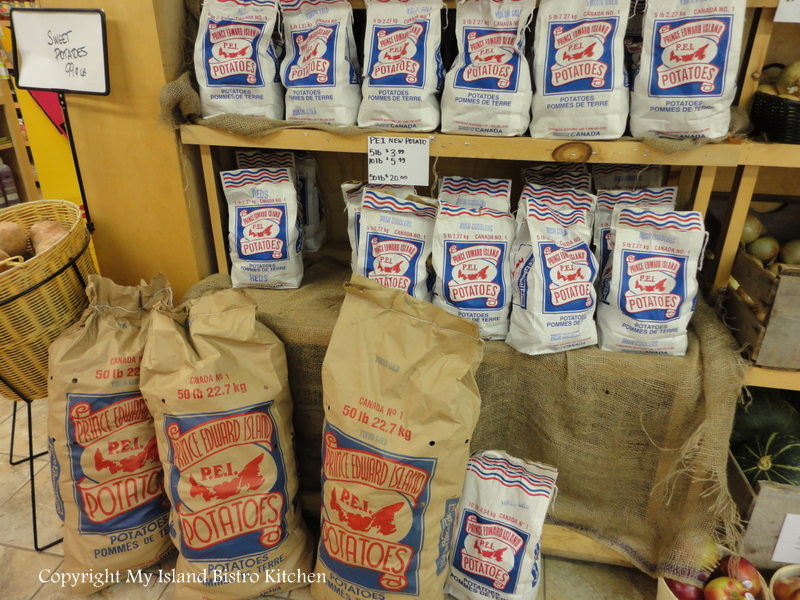
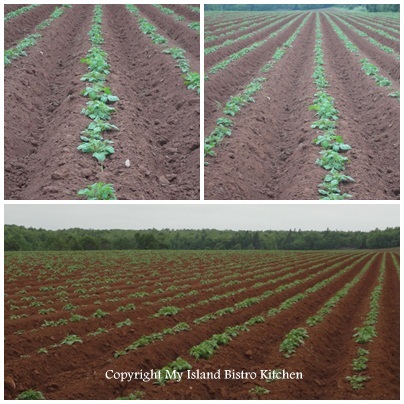
![Potatoes Blossoms [8 August 2012]](https://myislandbistrokitchen.com/wp-content/uploads/2012/11/1-Potato-Blossoms-Superimposed.jpg)
![Russet Burbanks in Blossom [8 August 2012]](https://myislandbistrokitchen.com/wp-content/uploads/2012/11/1-Potato-Blossoms.jpg)
![Harvesting the Russet Burbank Potatoes in Warren Grove, PEI [7 October 2012]](https://myislandbistrokitchen.com/wp-content/uploads/2012/11/1-Potatoes-Close-up-with-Colored-Leaves.jpg)
![Potato Harvesting in Warren Grove [17 October 2012]](https://myislandbistrokitchen.com/wp-content/uploads/2012/11/1-DSC_0961.jpg)
![Potato Harvesting in Full Swing in PEI [17 October 2012]](https://myislandbistrokitchen.com/wp-content/uploads/2012/11/1-Potatoes-Close-up.jpg)
![Potato Harvesting in PEI [17 October 2012]](https://myislandbistrokitchen.com/wp-content/uploads/2012/11/1-DSC_0972.jpg)
![Windrowing and Digging in the Evening [17 October 2012]](https://myislandbistrokitchen.com/wp-content/uploads/2012/11/1-Windrowing-and-Digging-at-Night.jpg)
![Potato Harvesting at Night [17 October 2012]](https://myislandbistrokitchen.com/wp-content/uploads/2012/11/1-1-DSC_0951.jpg)
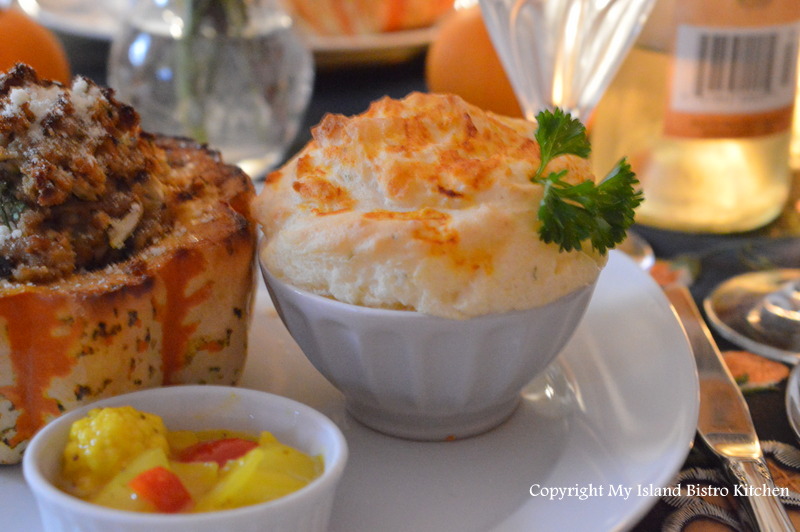

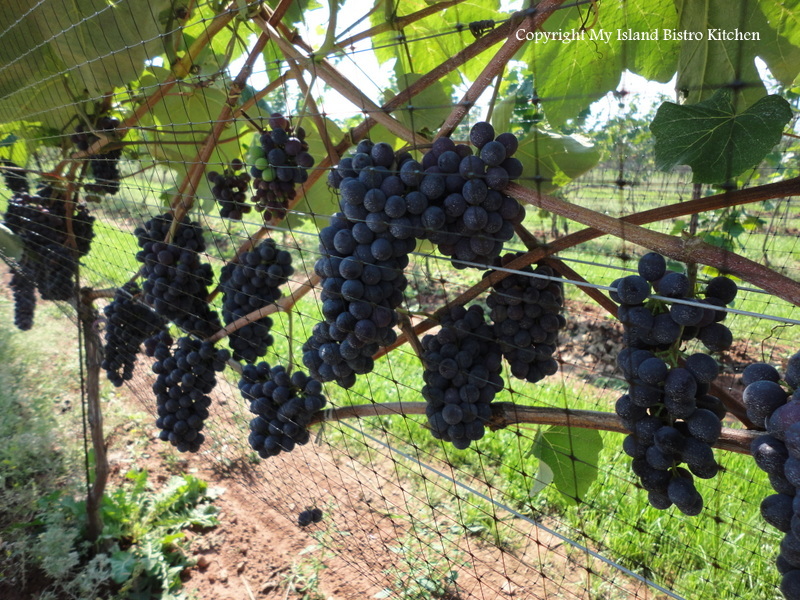

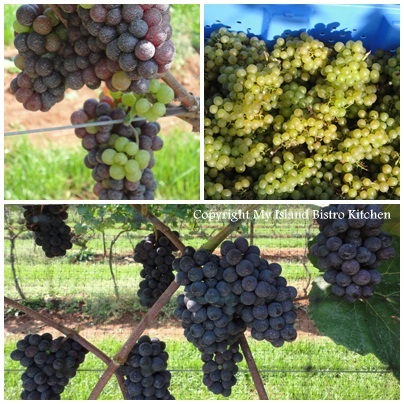
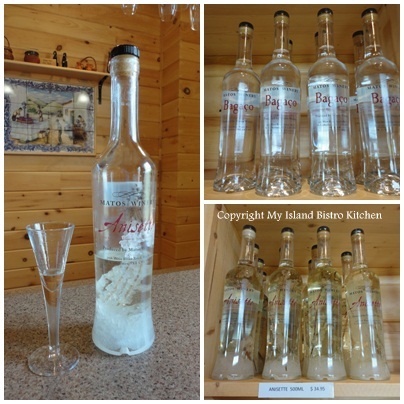
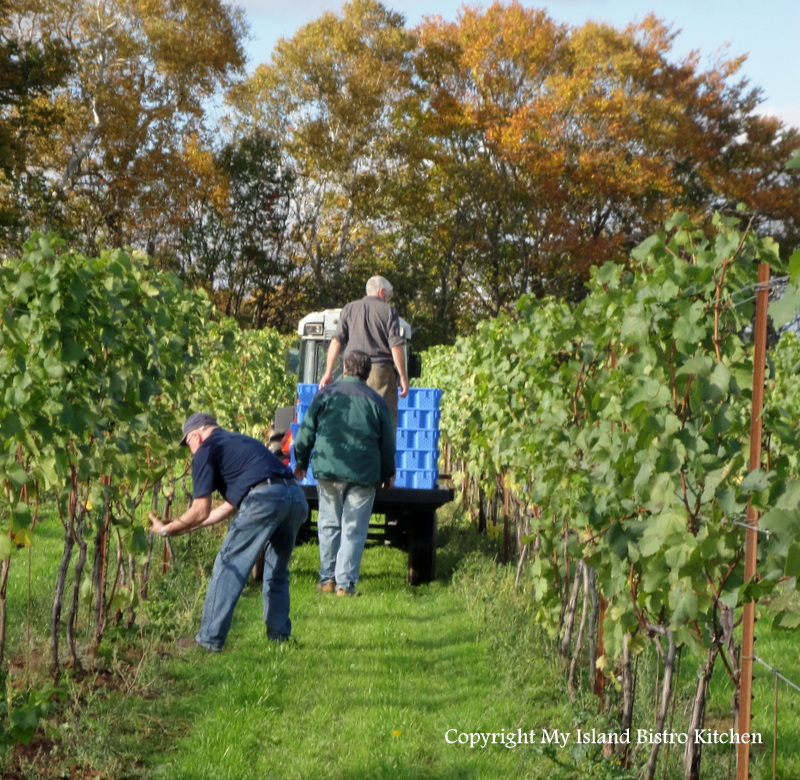
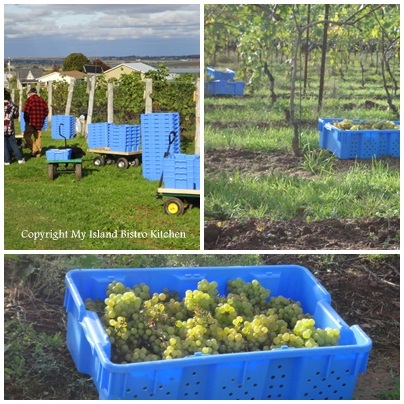

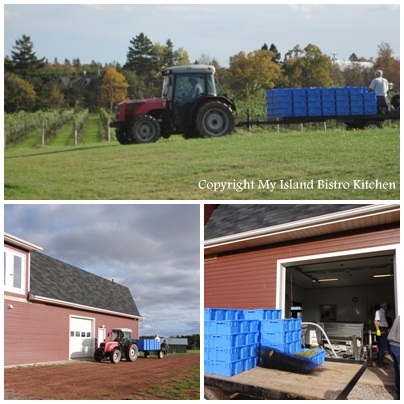
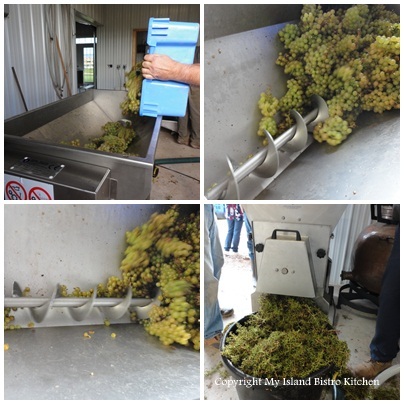

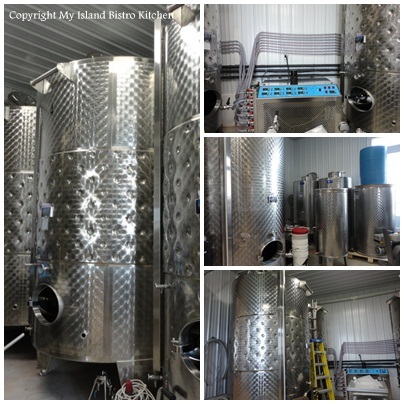
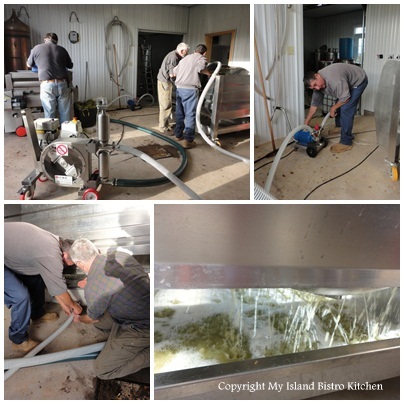
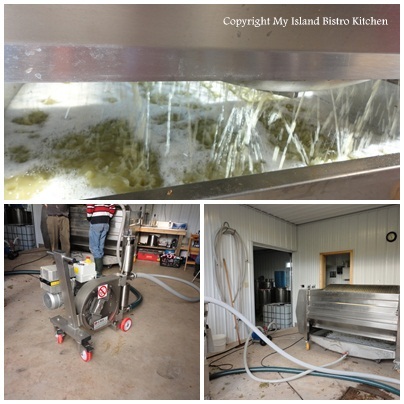
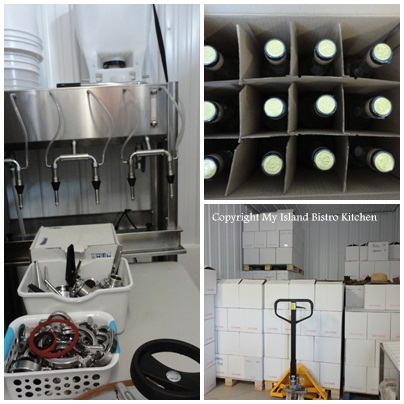
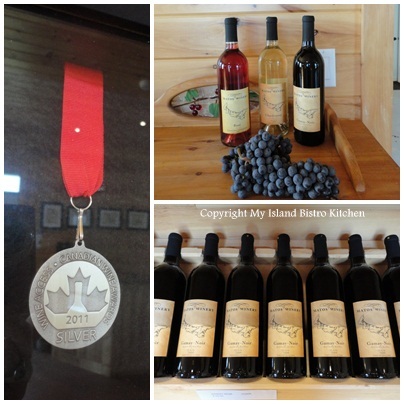
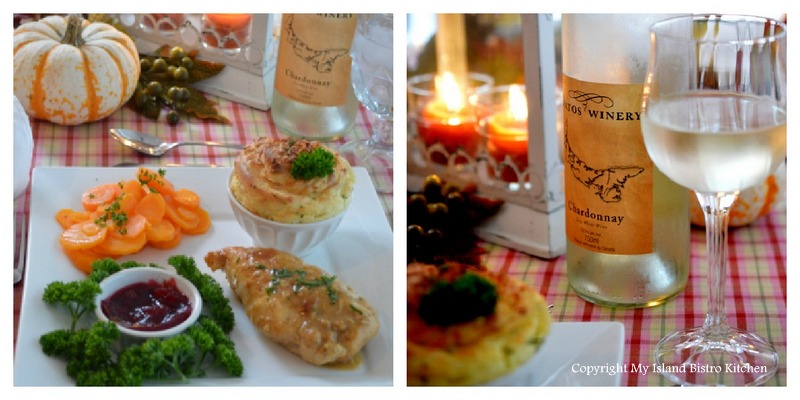
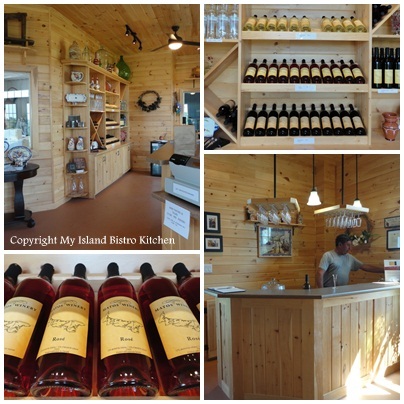
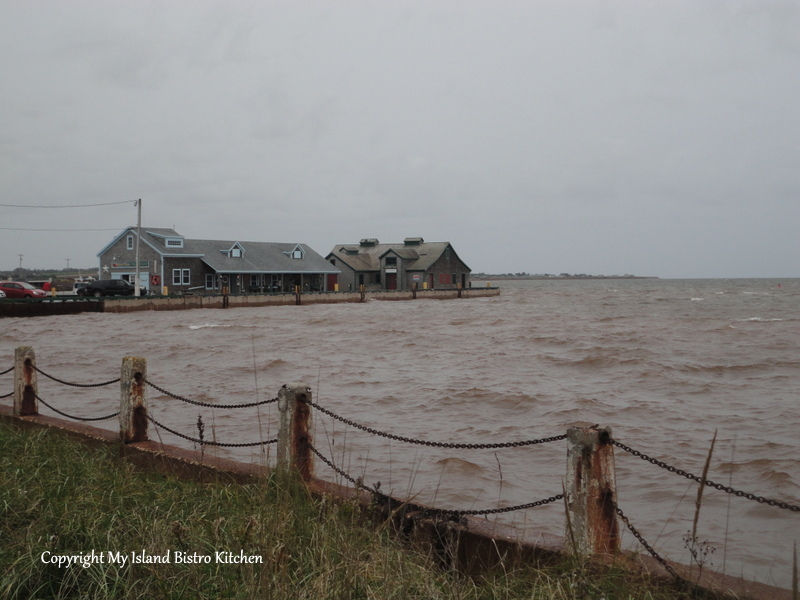
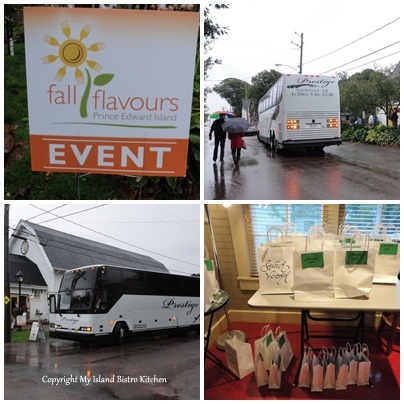
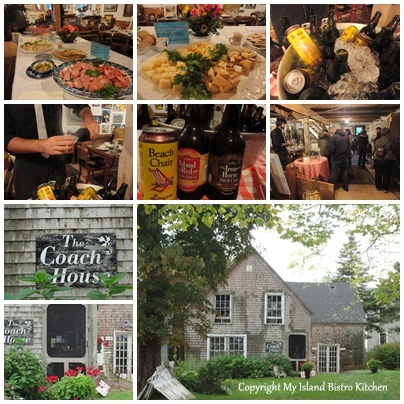
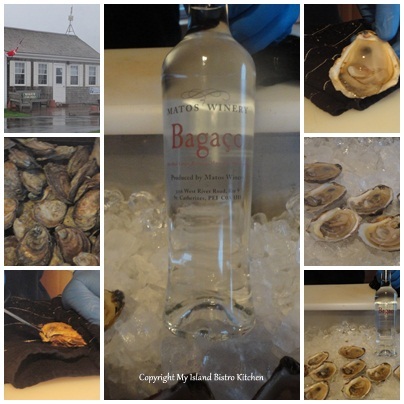
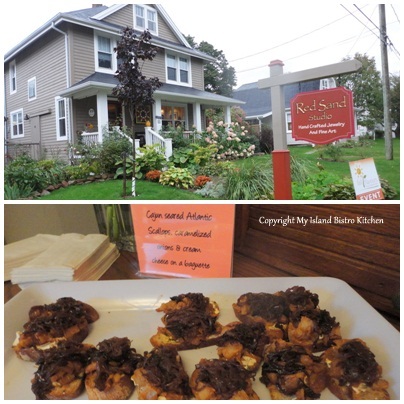
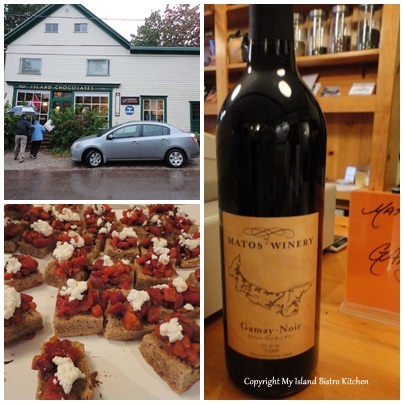
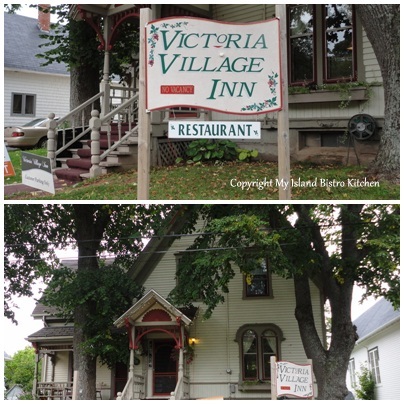
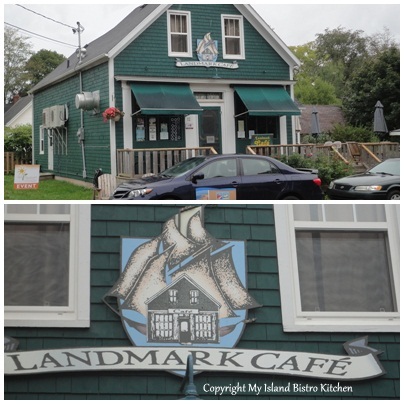
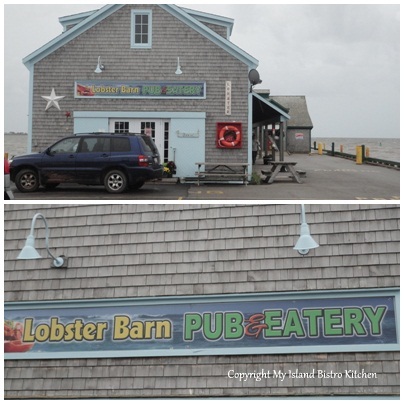

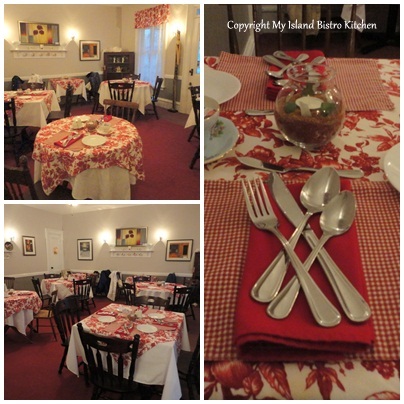
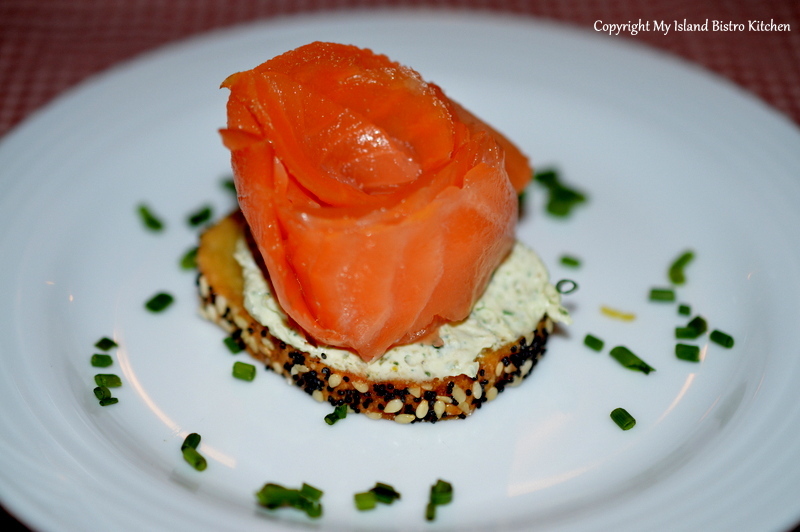
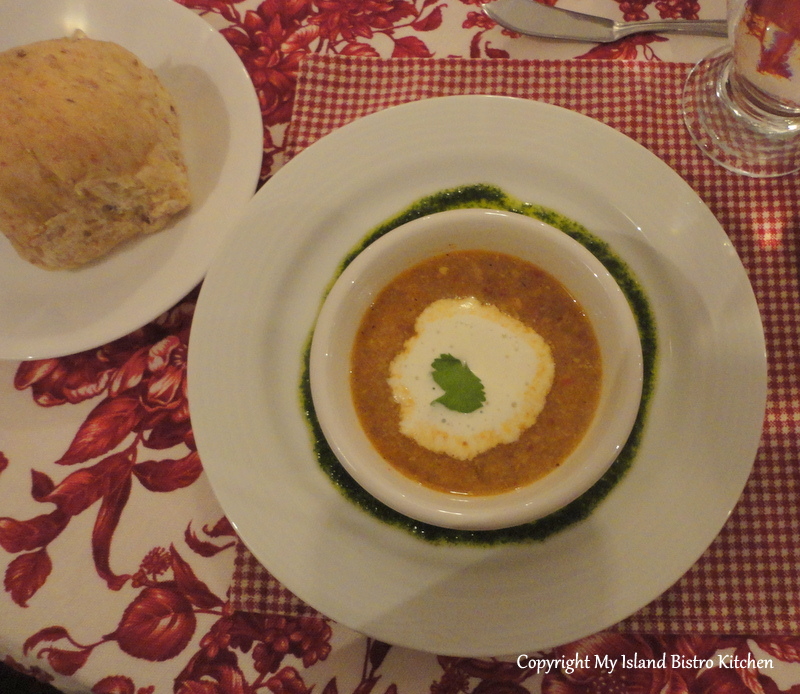
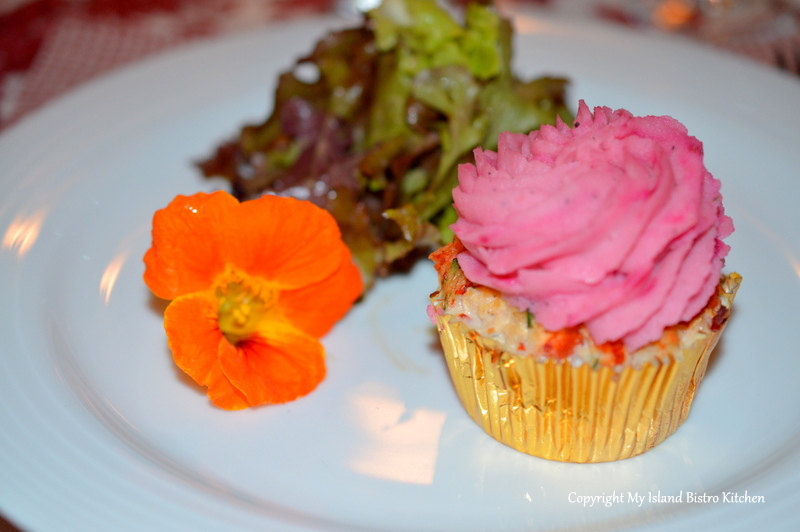
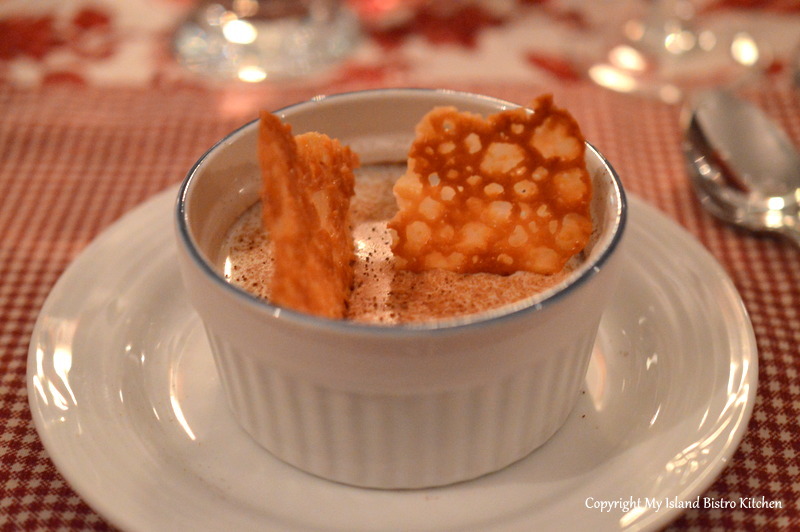


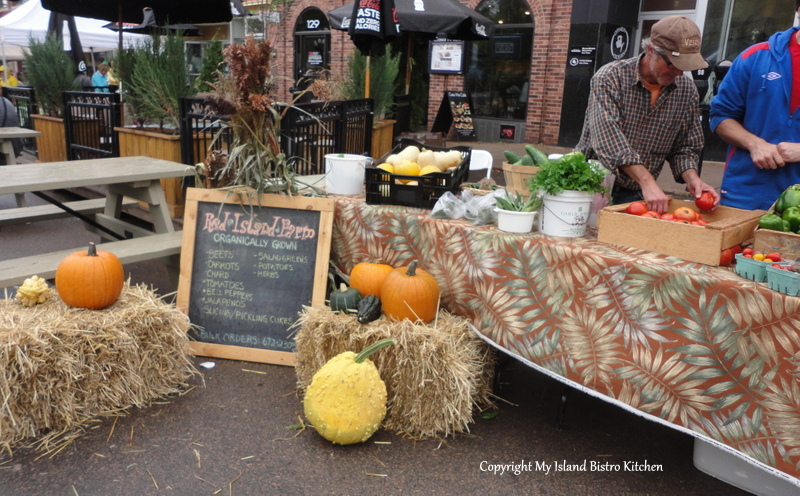
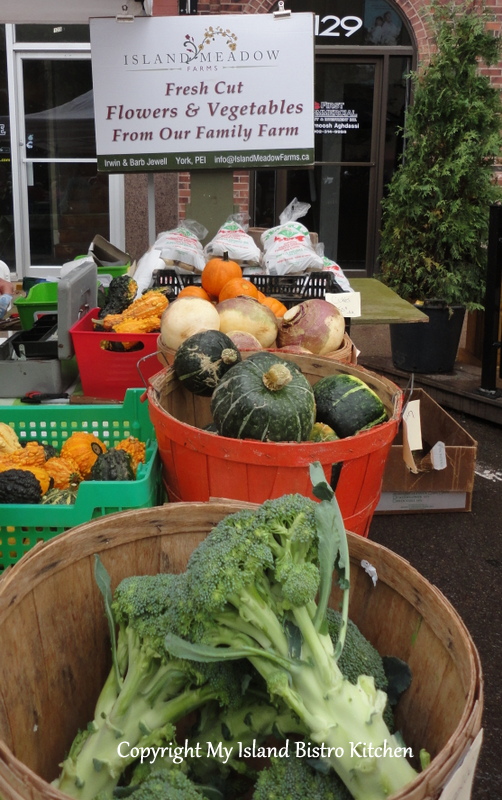
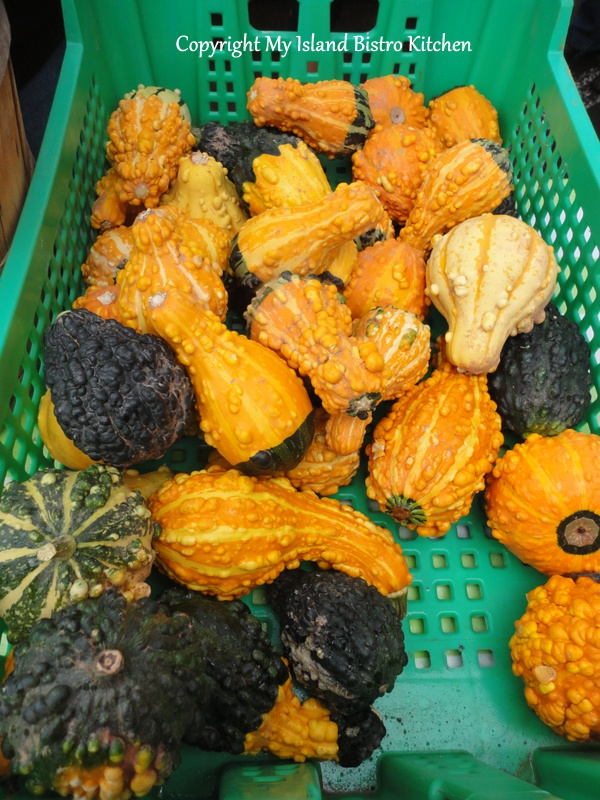
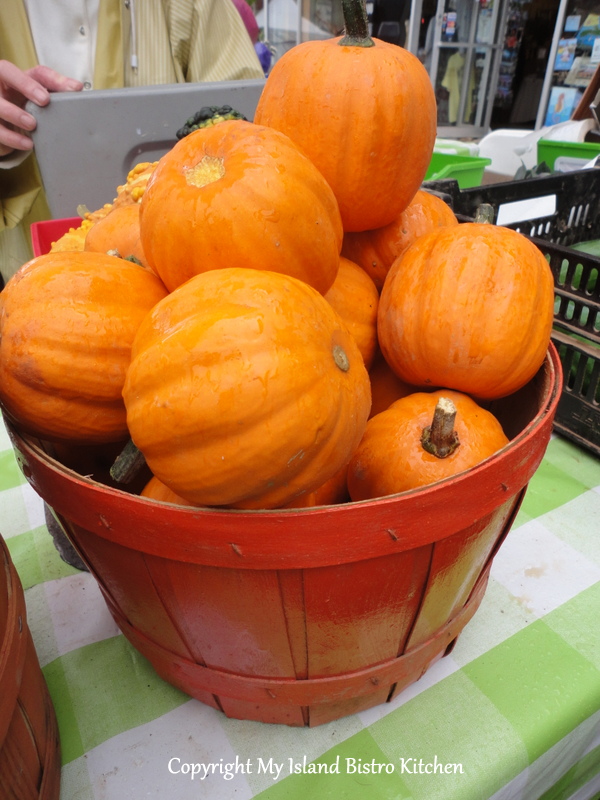
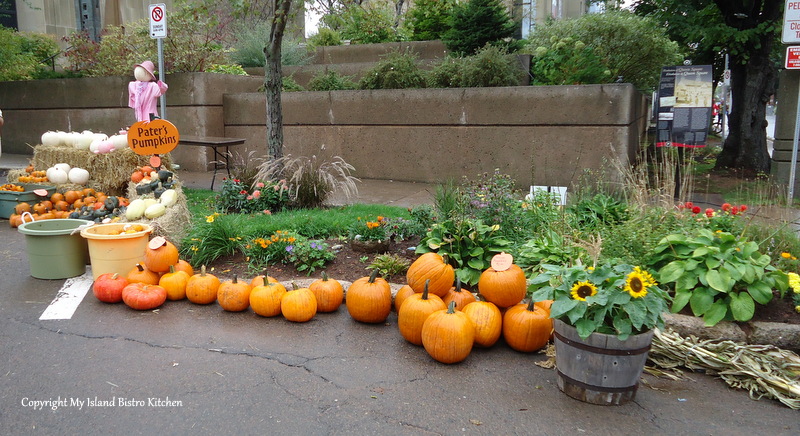
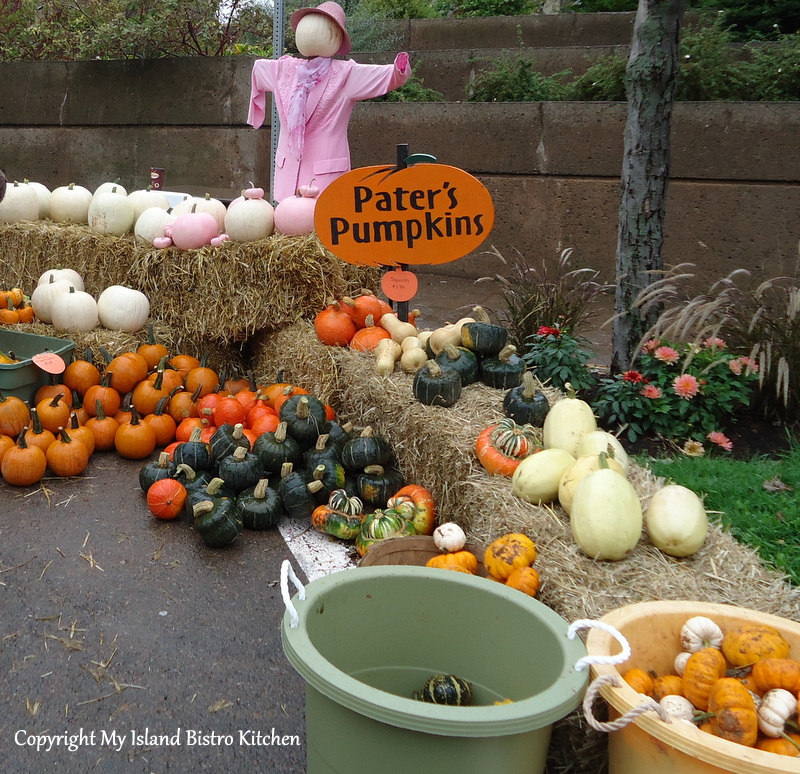
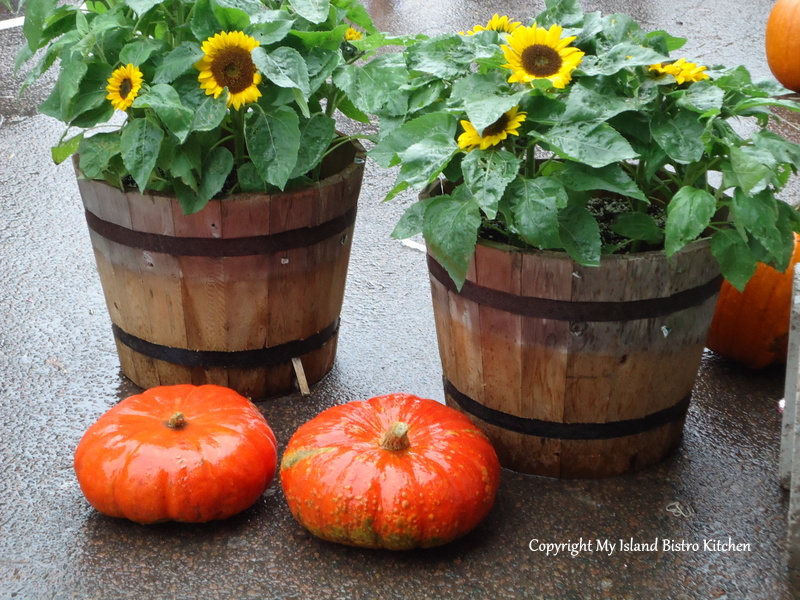
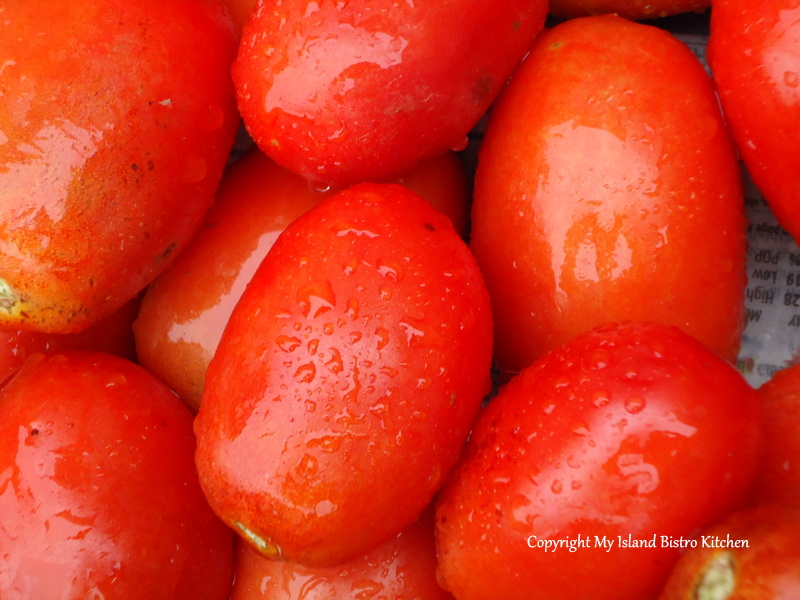
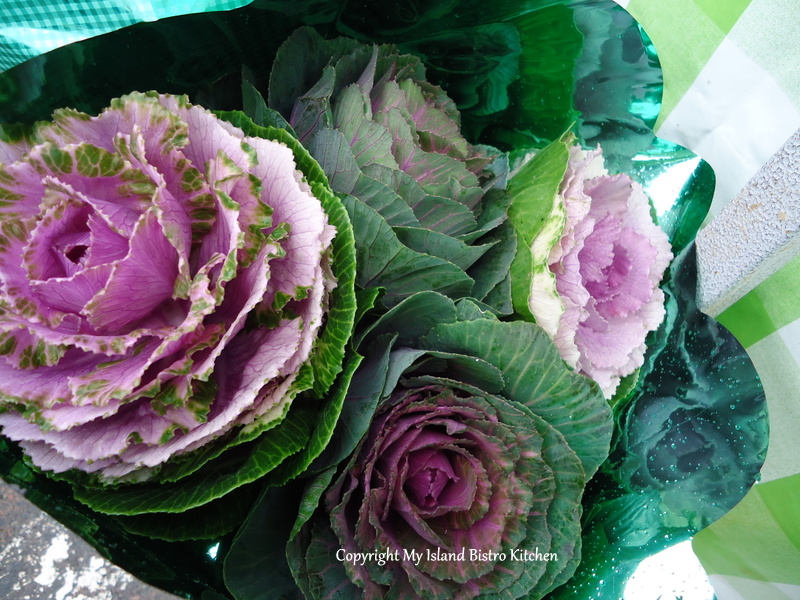
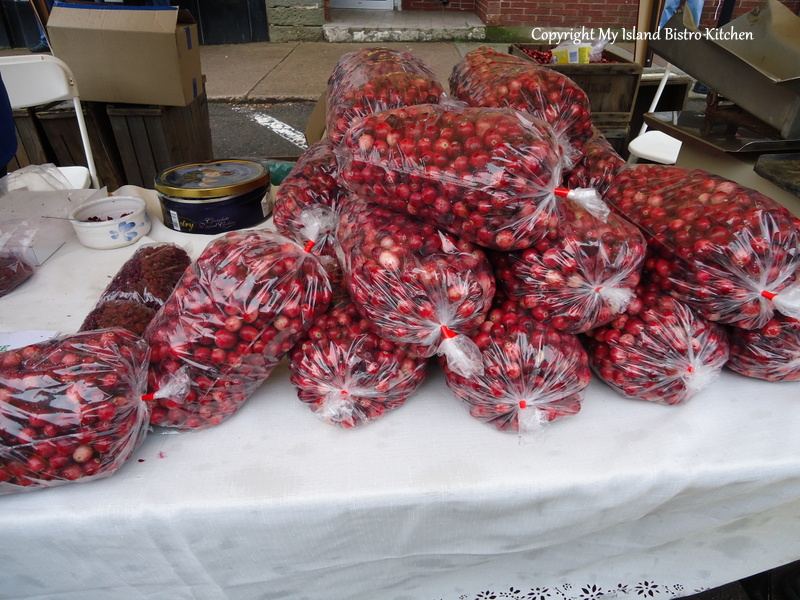
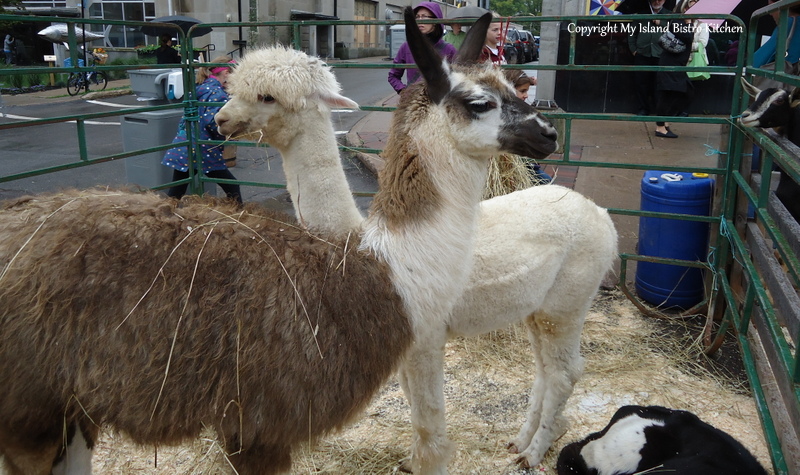
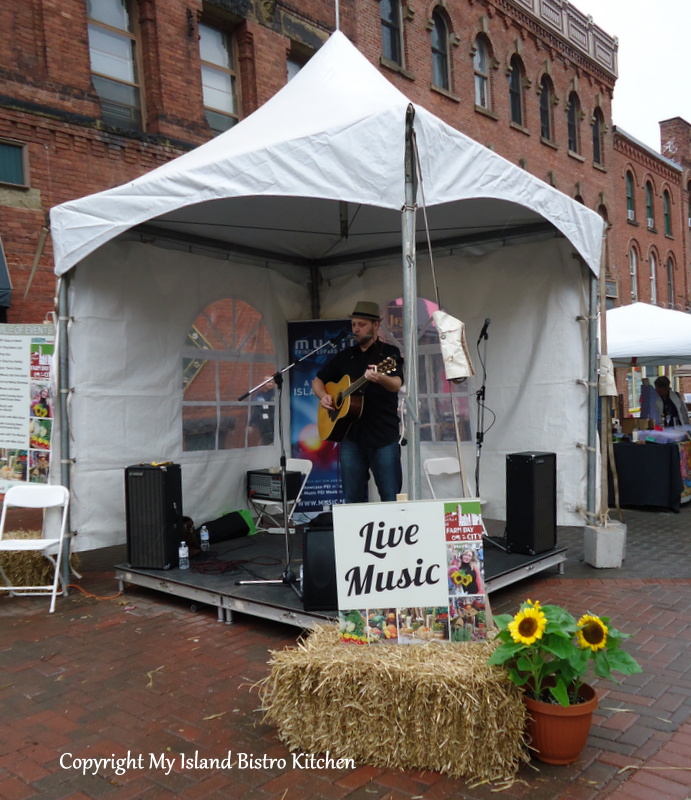
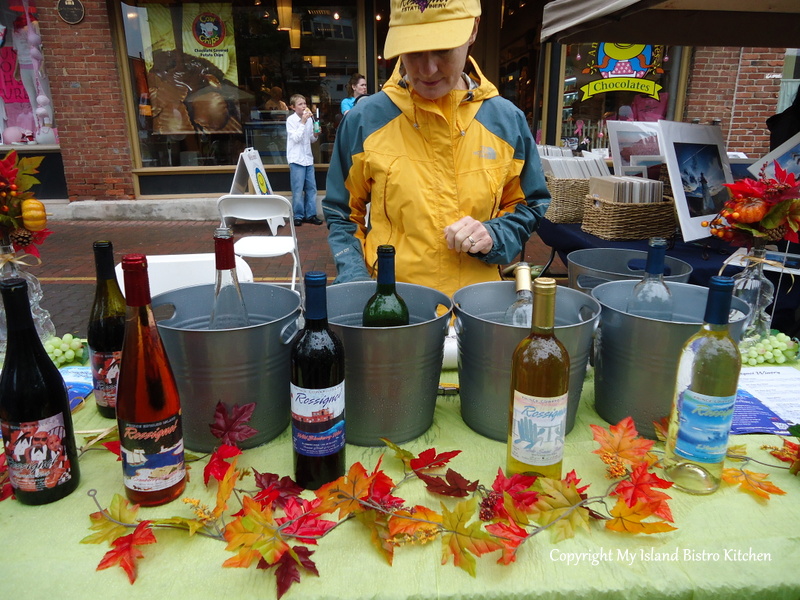
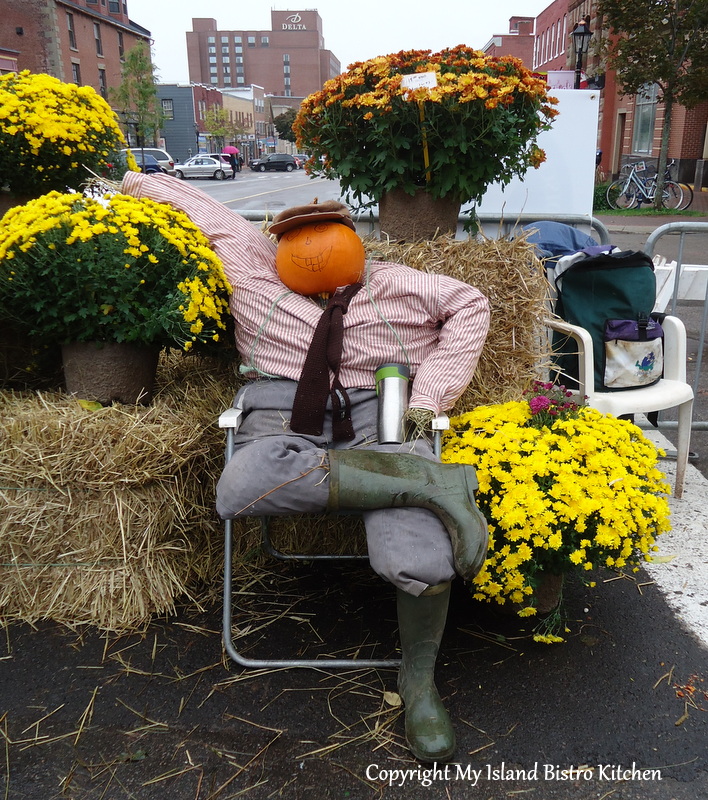
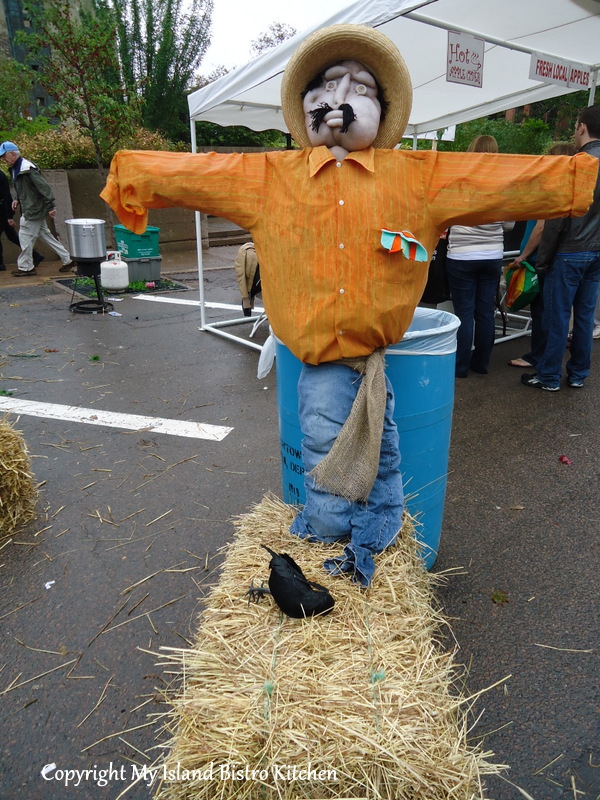


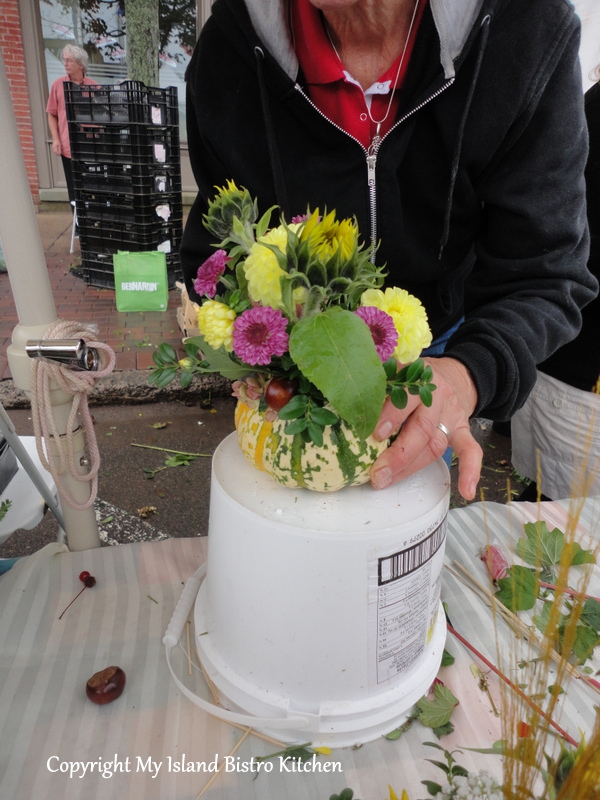
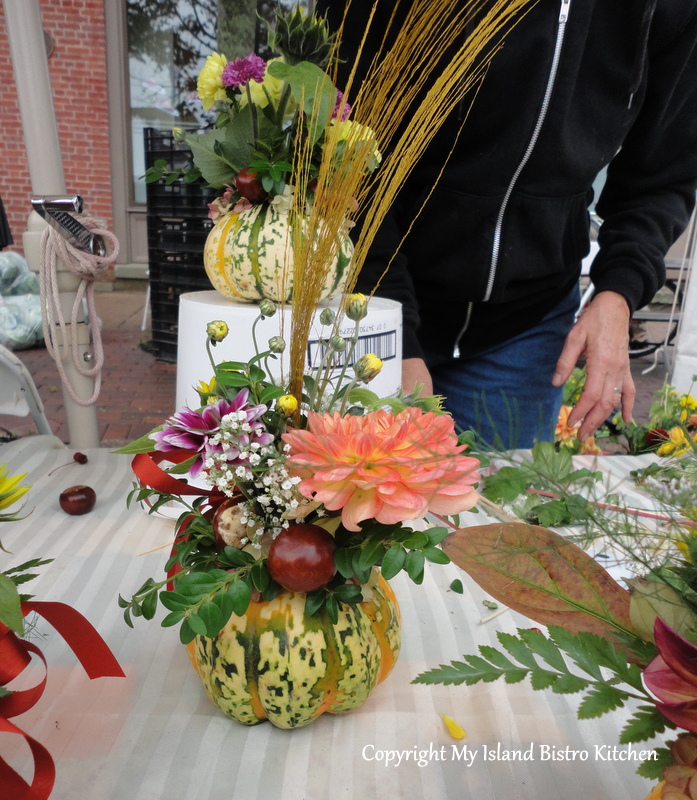
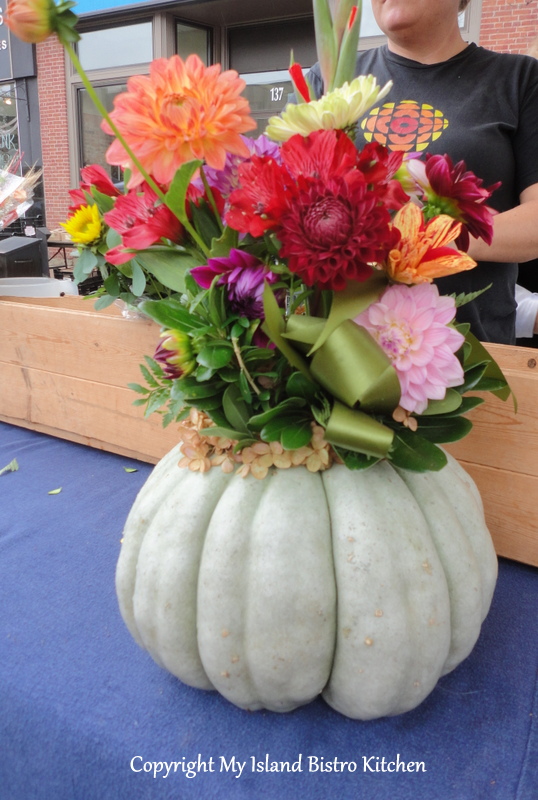
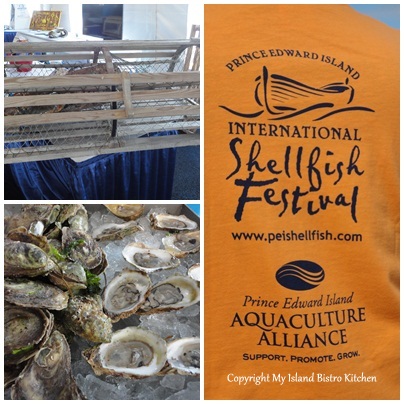
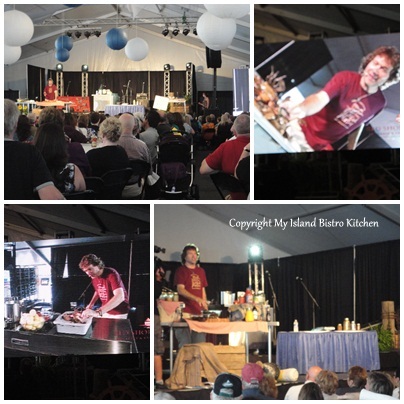
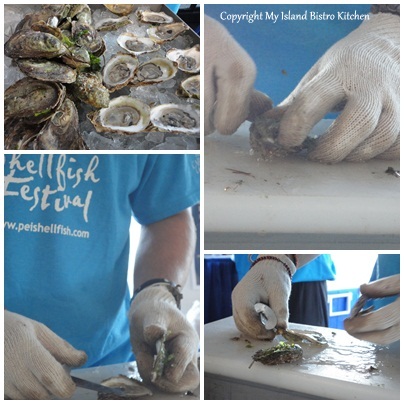
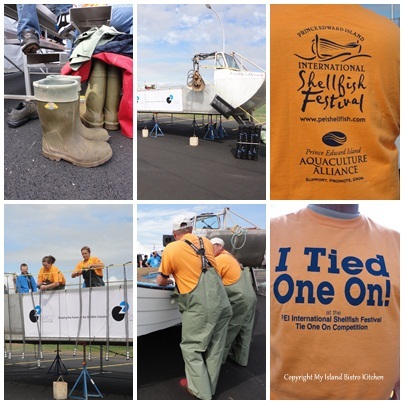

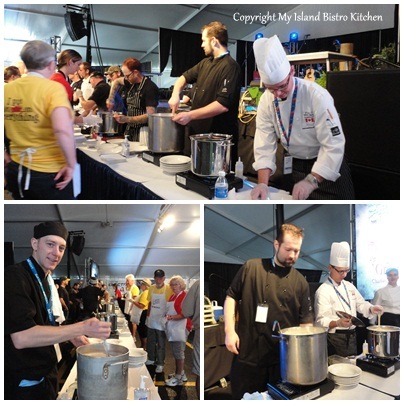
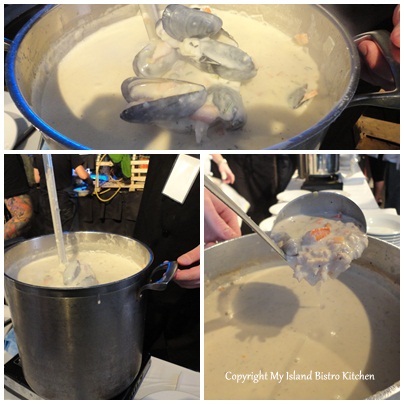
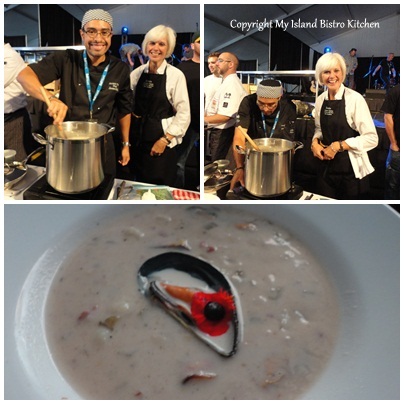
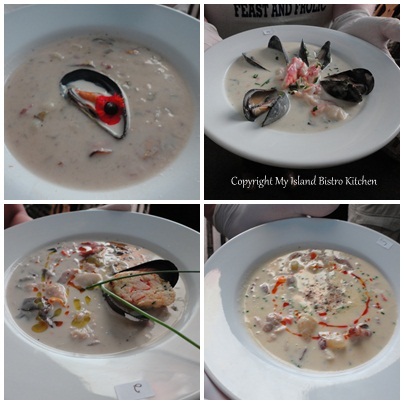
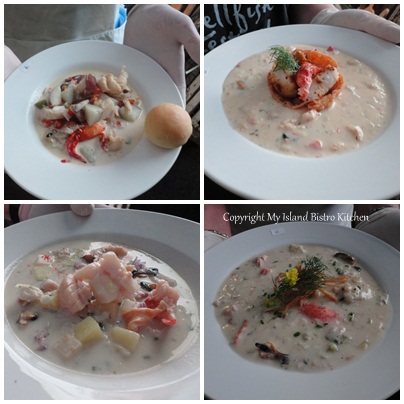
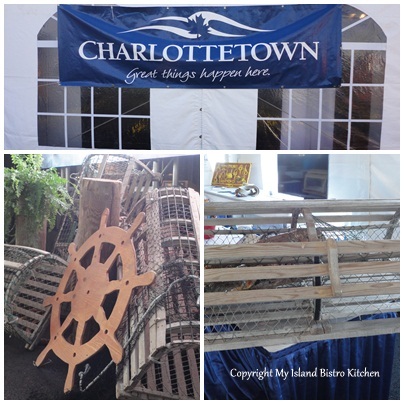

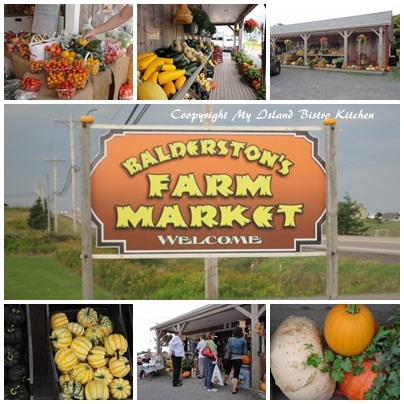

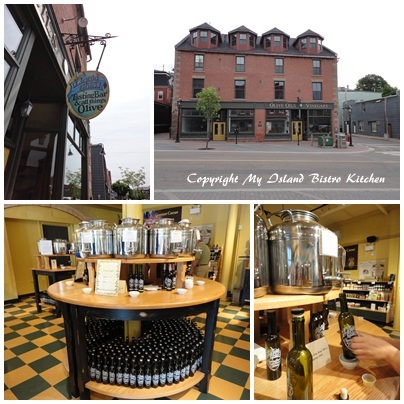
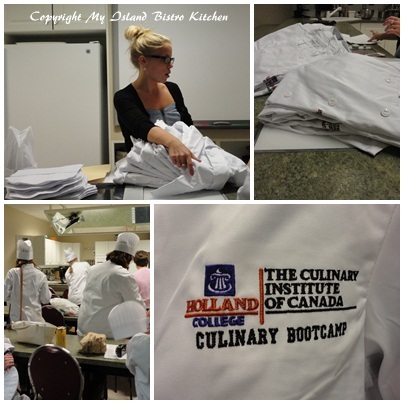
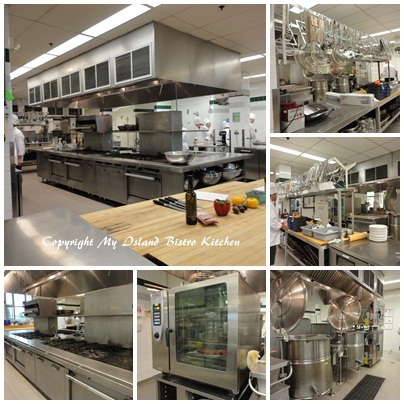
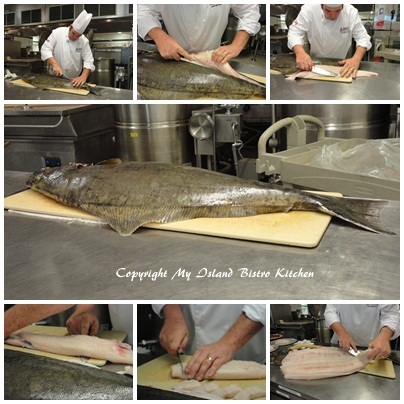
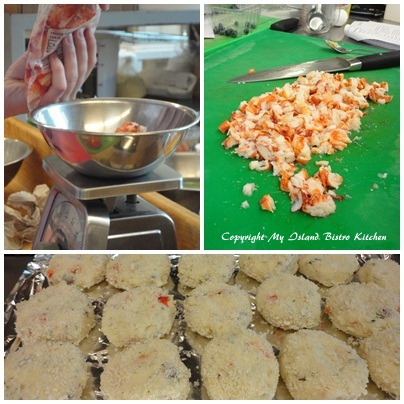

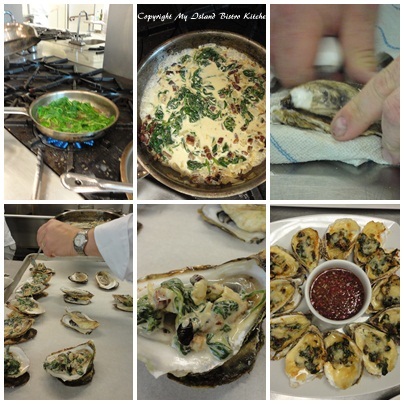
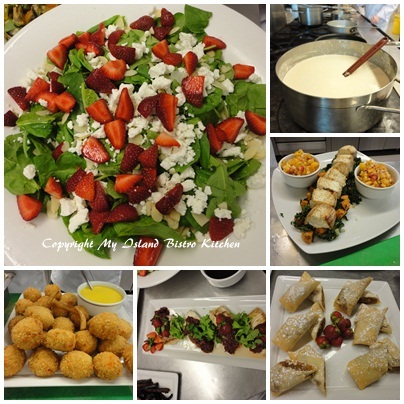
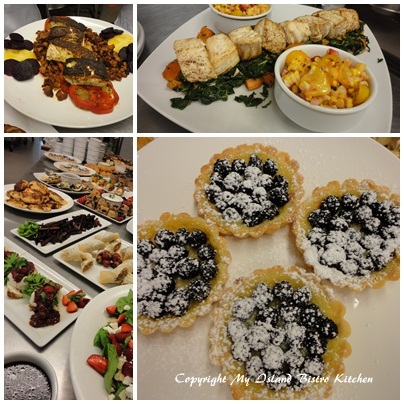
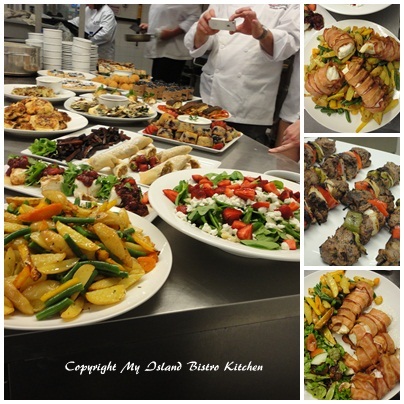
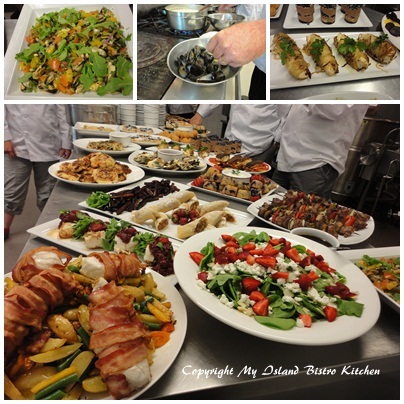

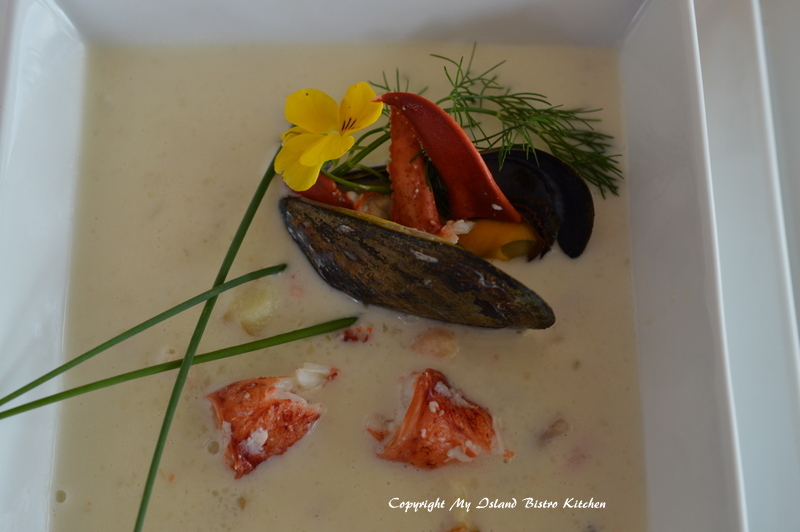
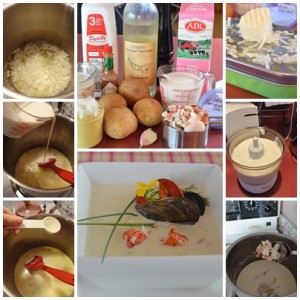 In a hot pot, add the butter and onions. Sweat mixture until translucent. Add garlic and continue to saute until golden brown.
In a hot pot, add the butter and onions. Sweat mixture until translucent. Add garlic and continue to saute until golden brown.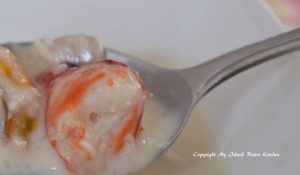 Use desired seafood and retain all juice from its cooking process. Add to the chowder base.
Use desired seafood and retain all juice from its cooking process. Add to the chowder base.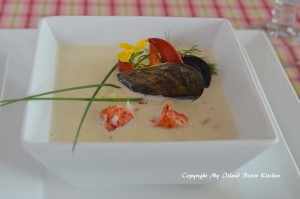 Add the diced, cooked potato for texture and season again. Serve and garnish with chopped chives.
Add the diced, cooked potato for texture and season again. Serve and garnish with chopped chives.